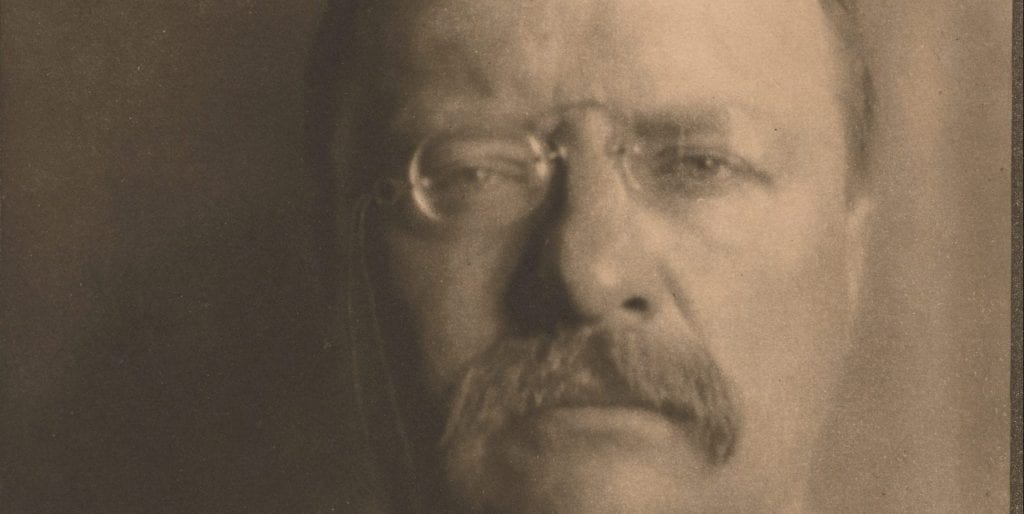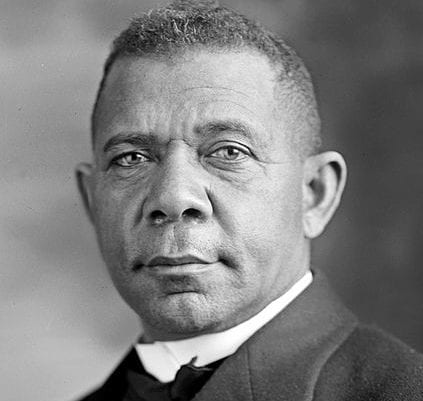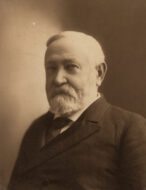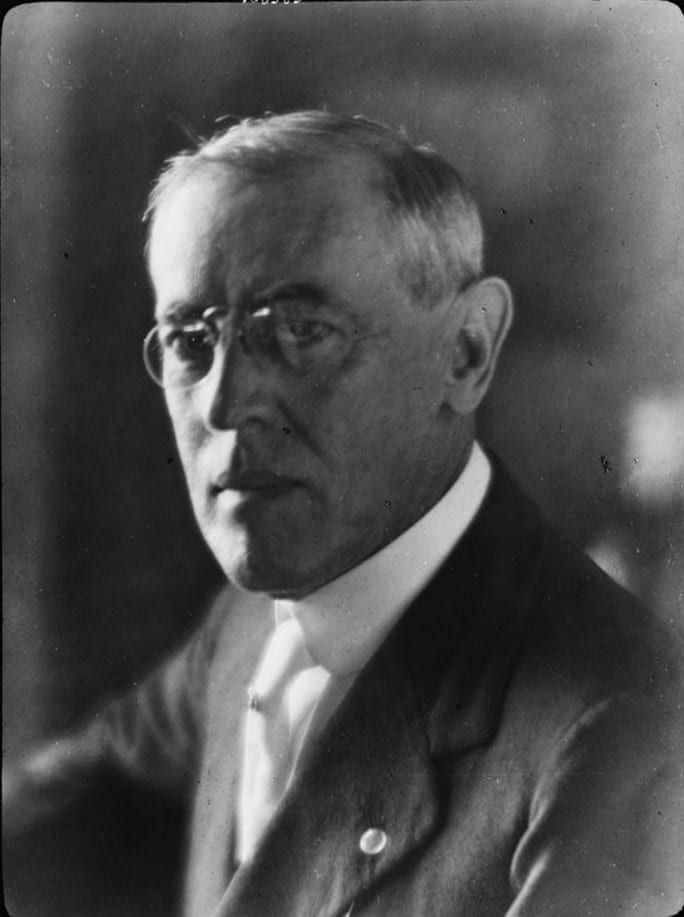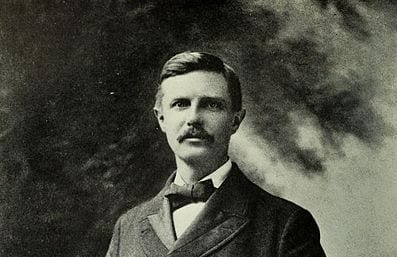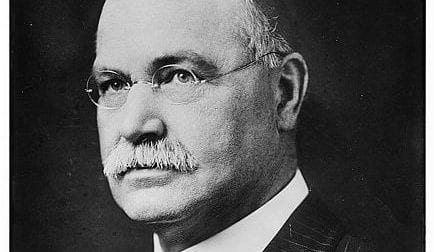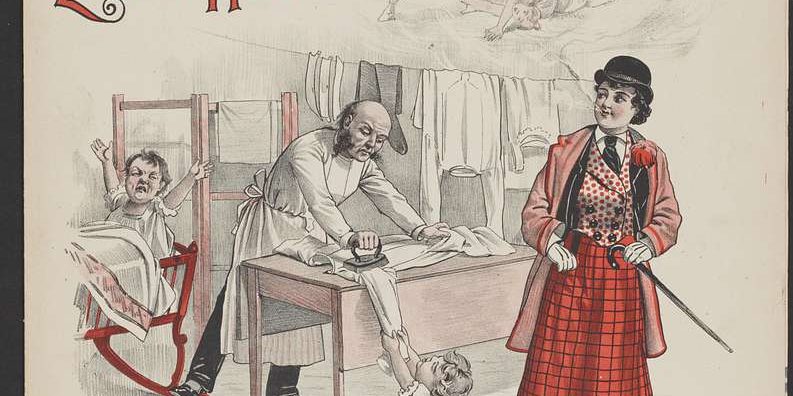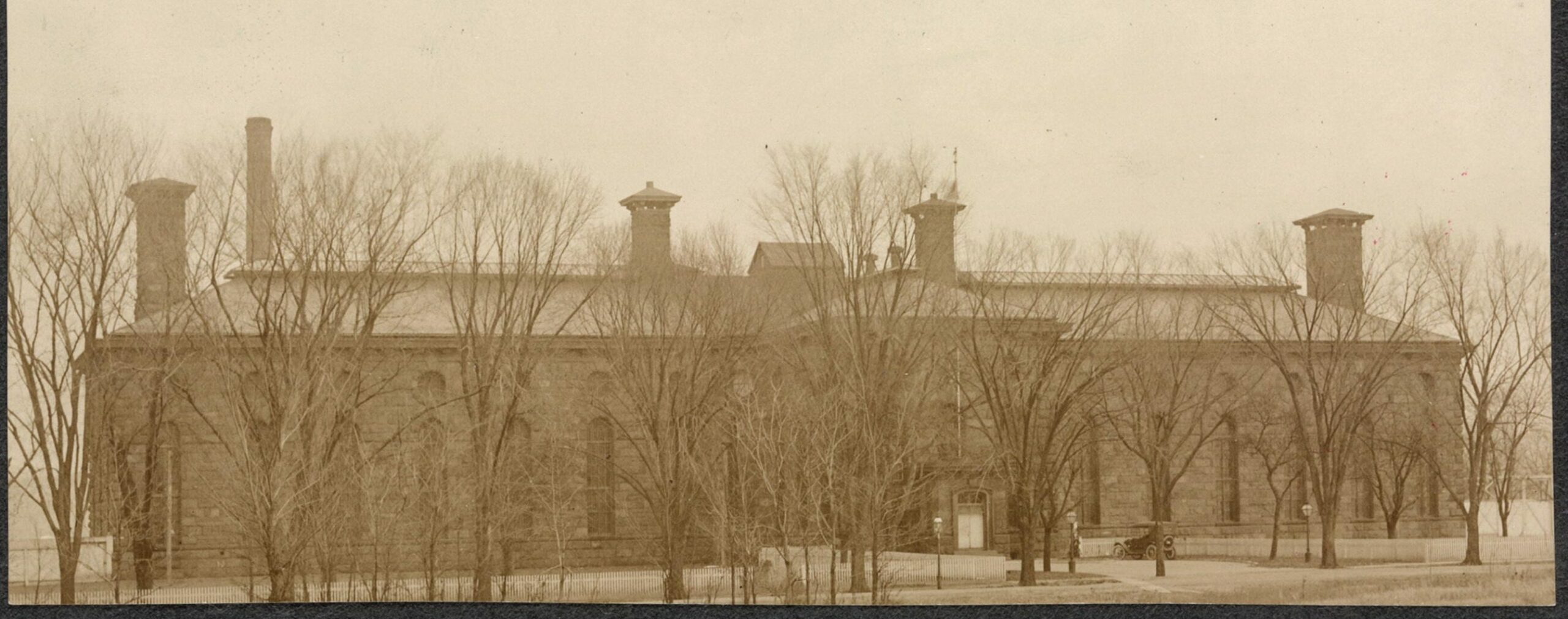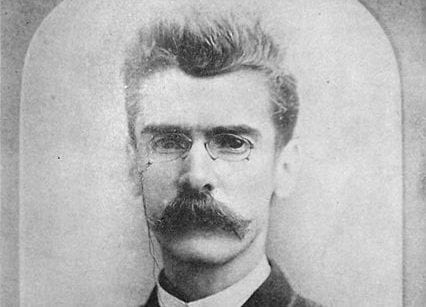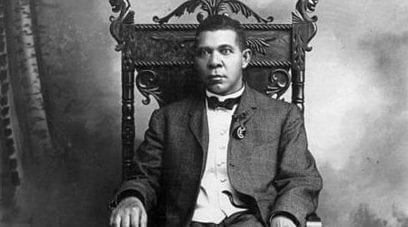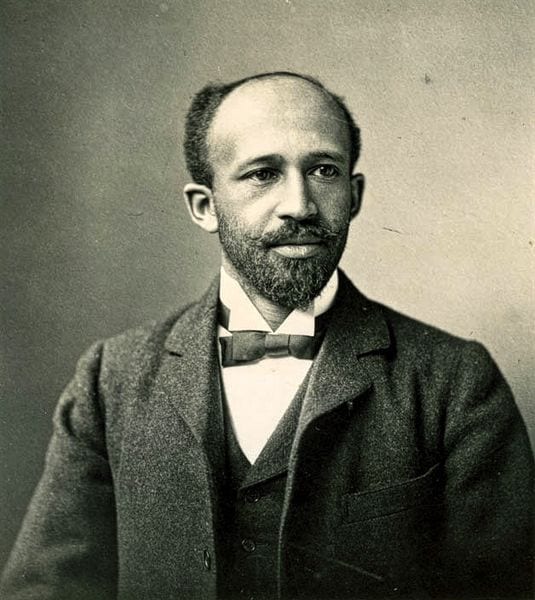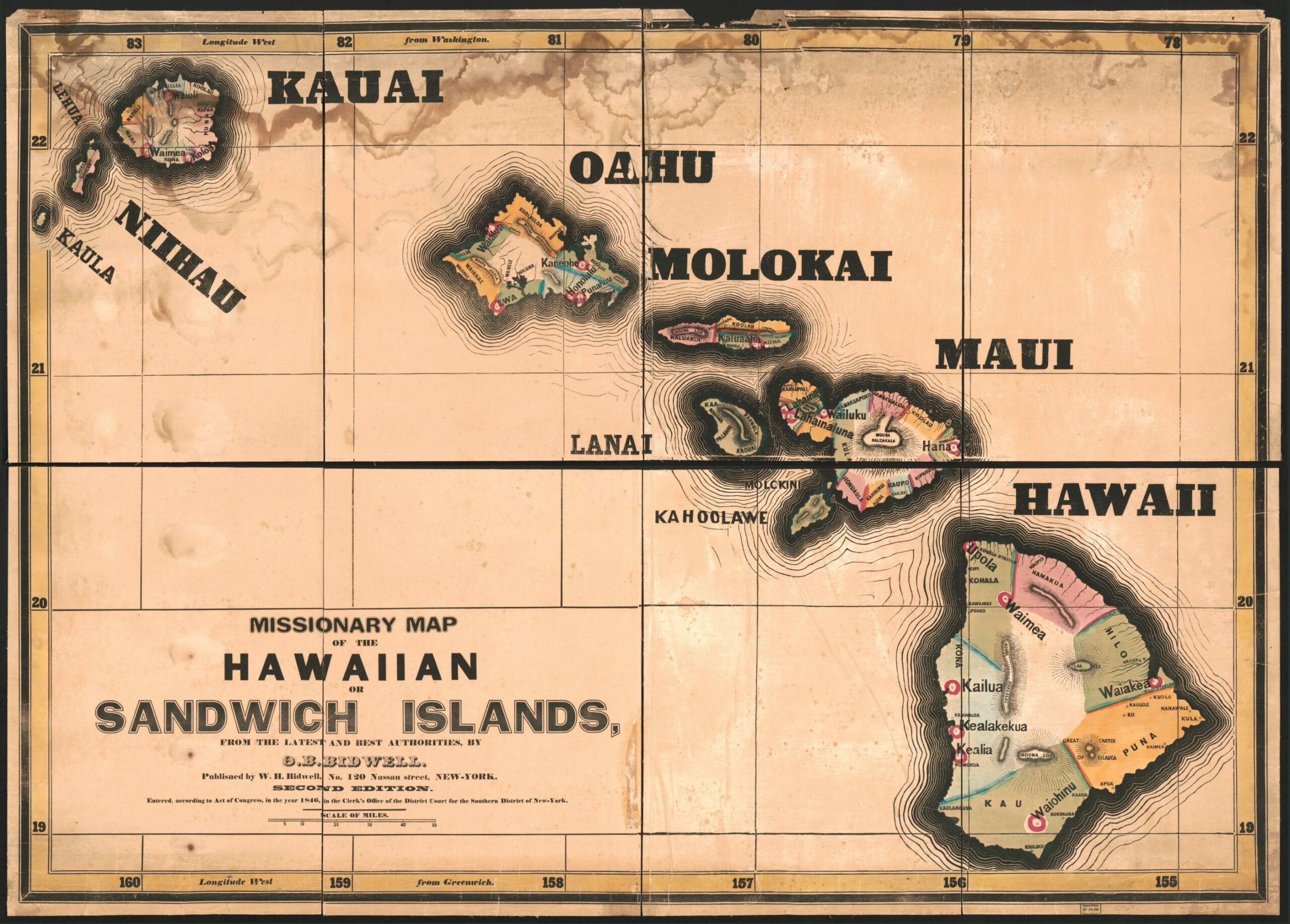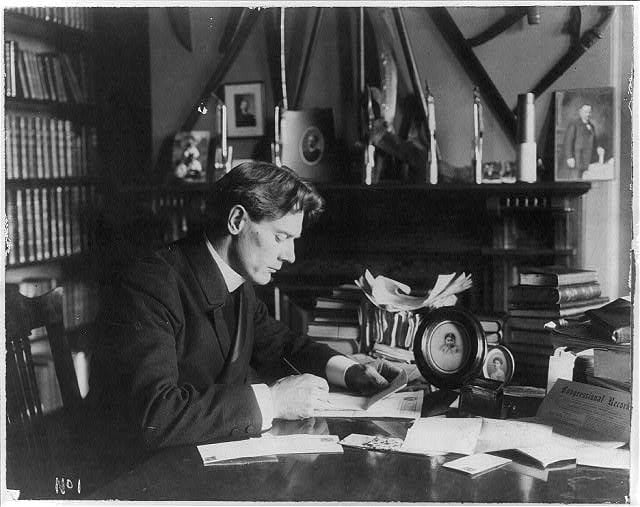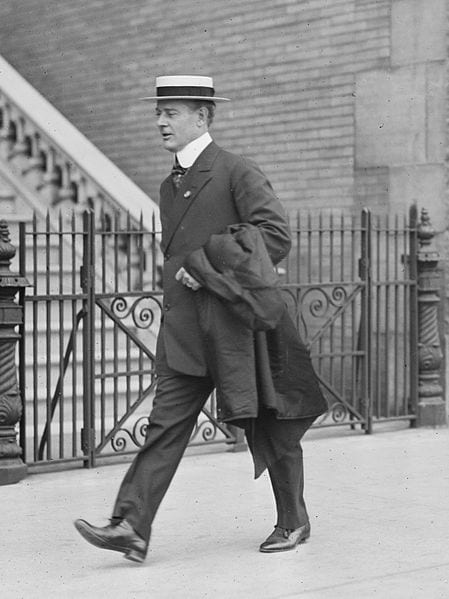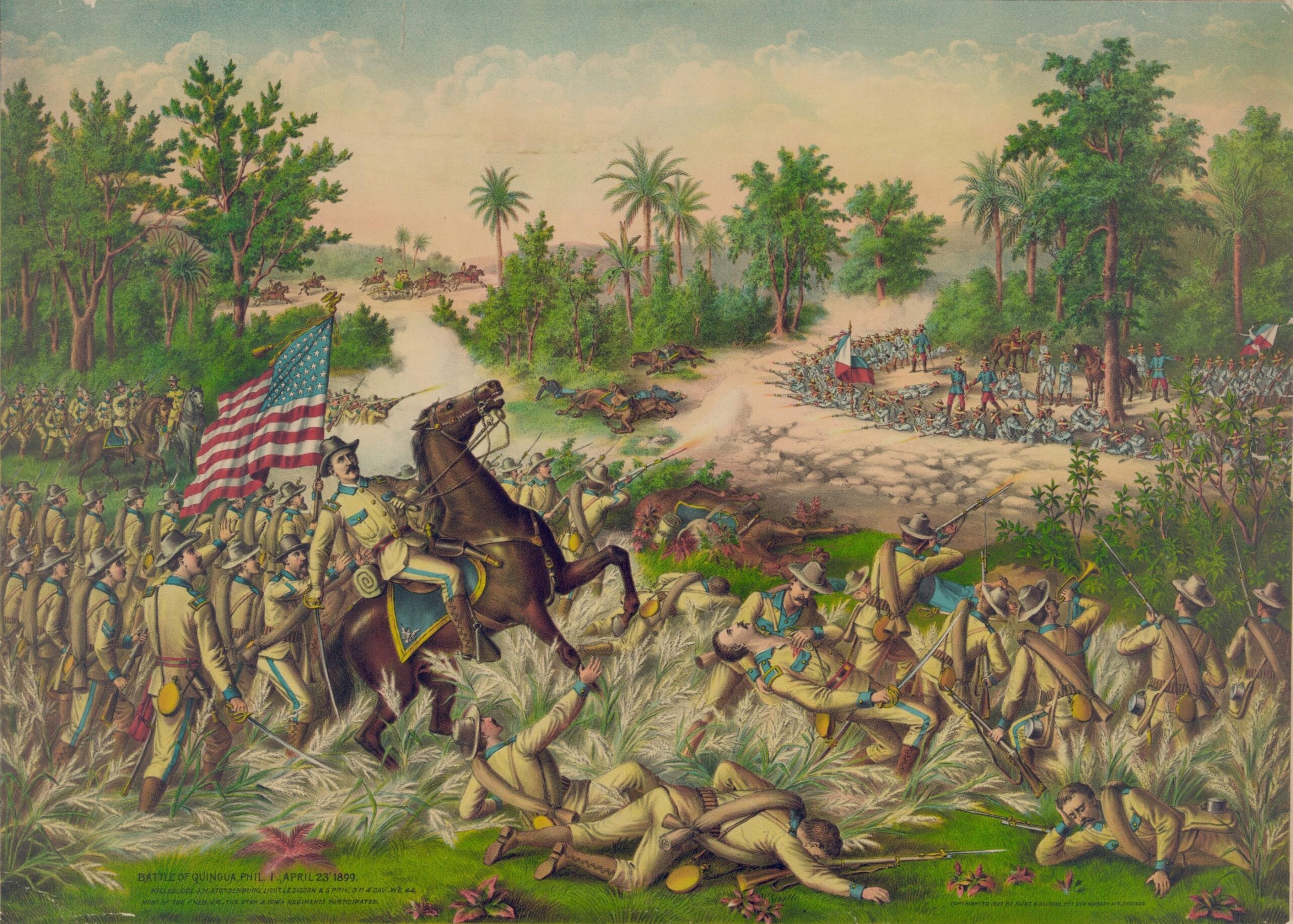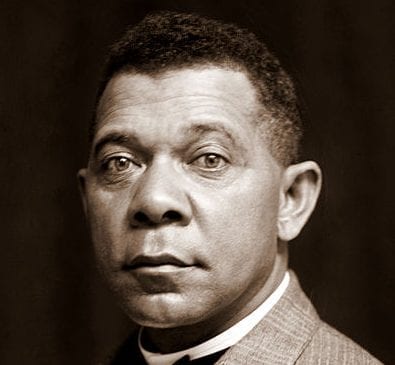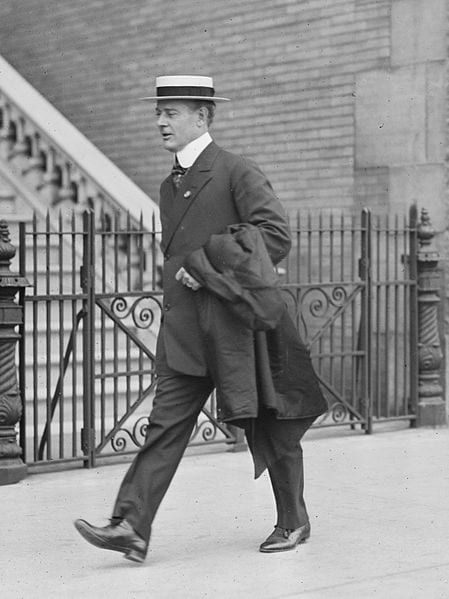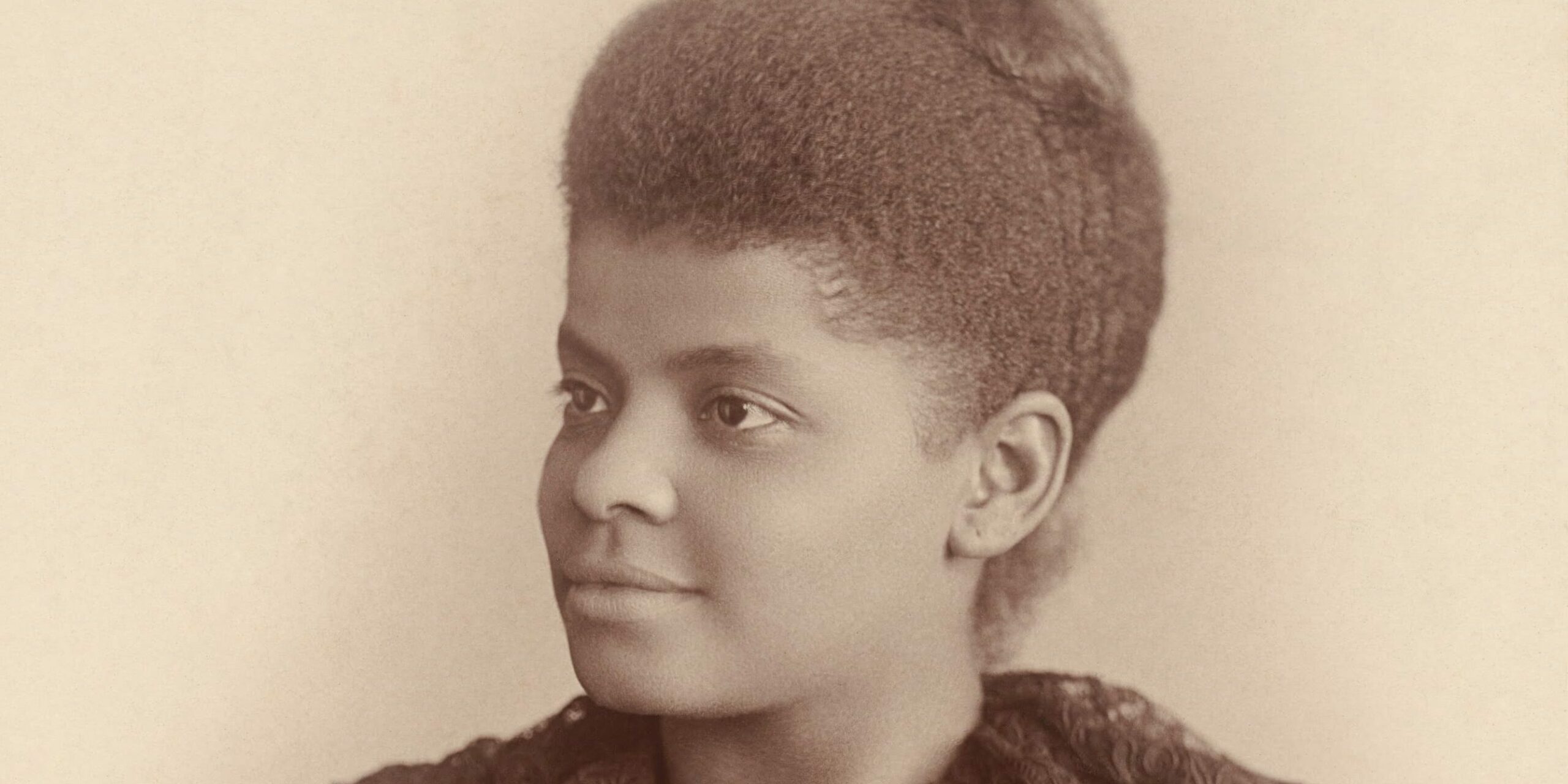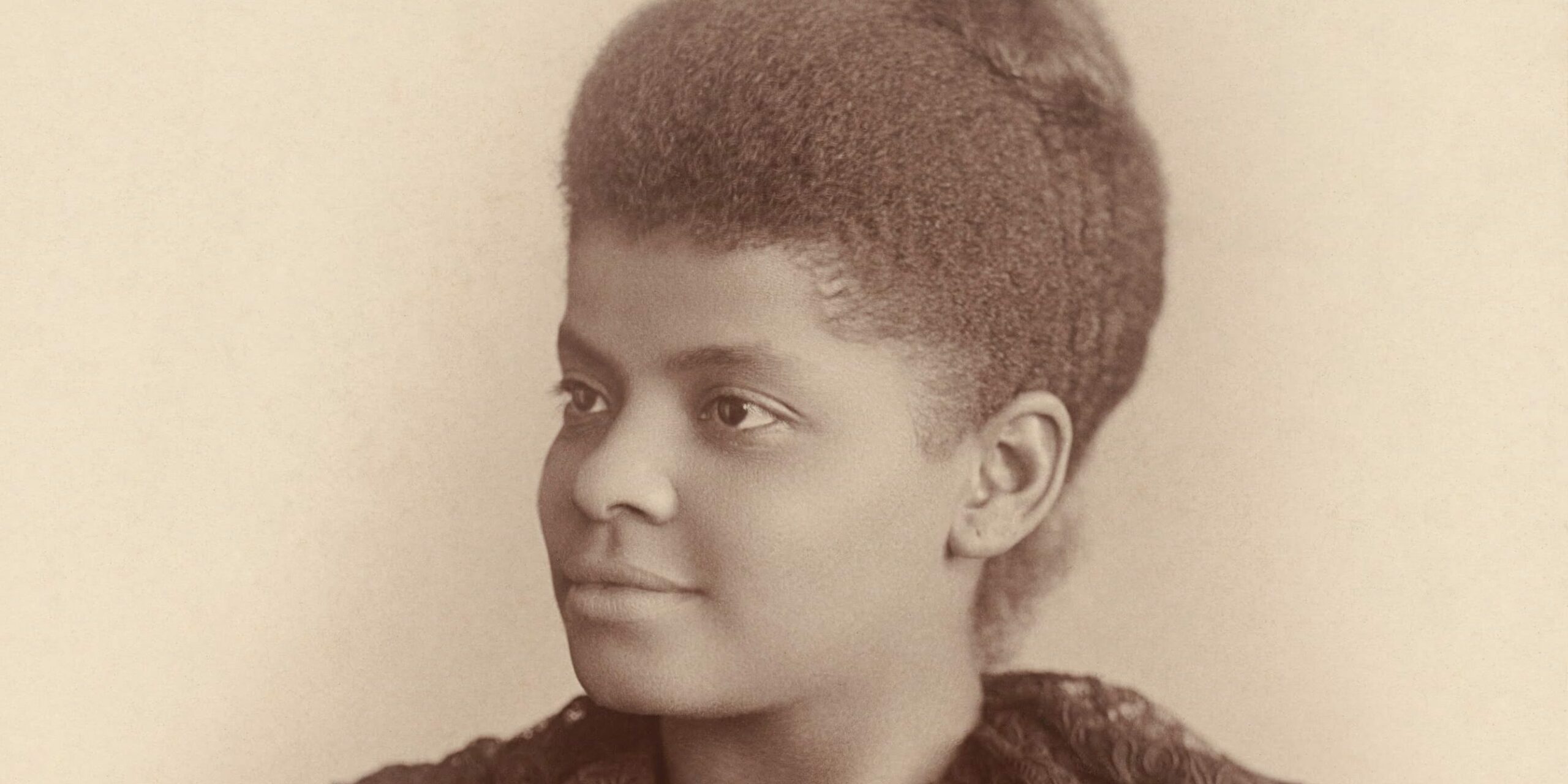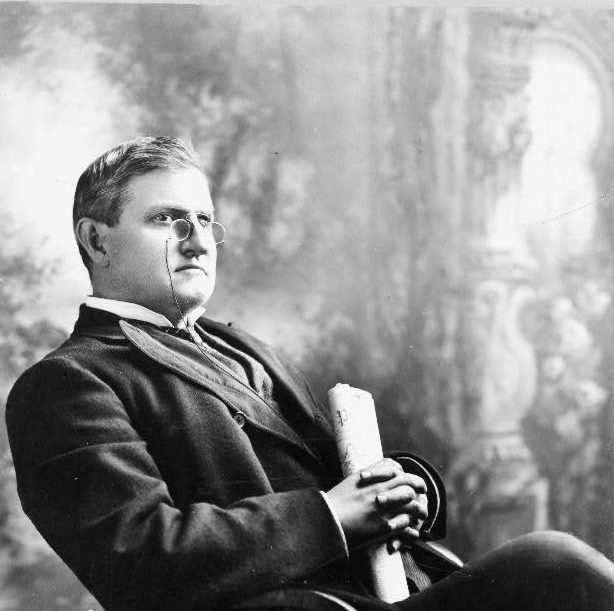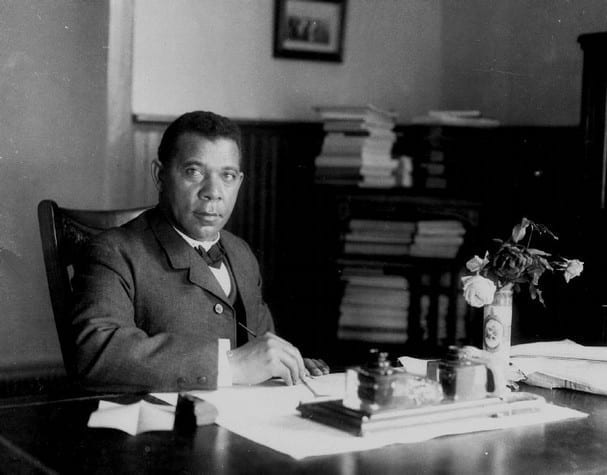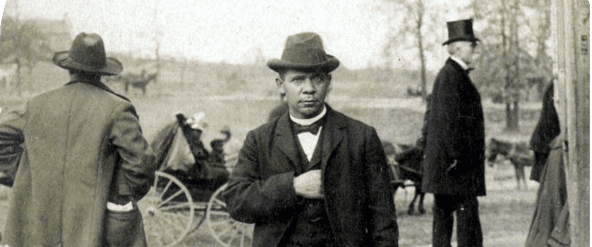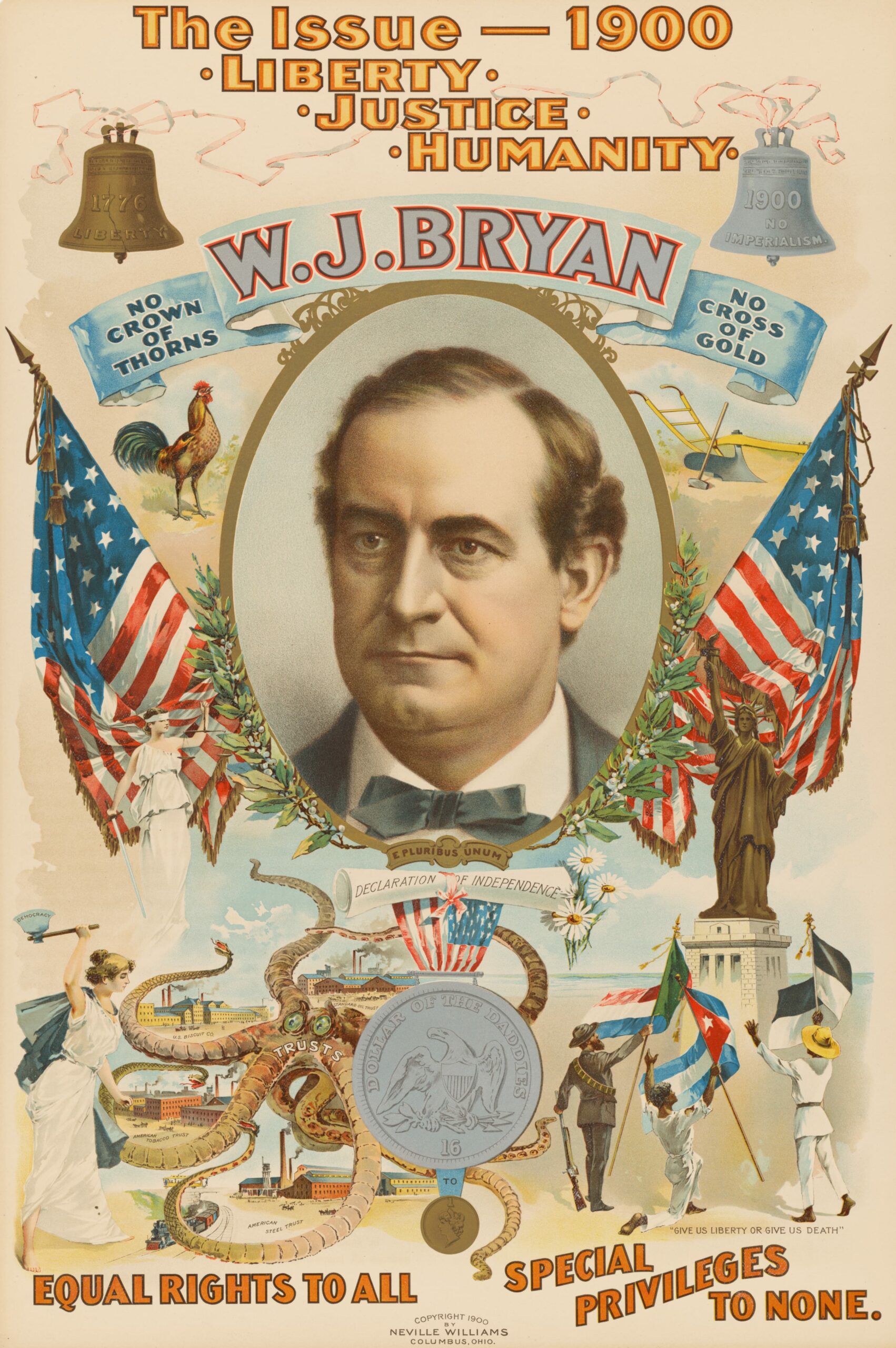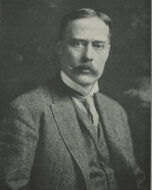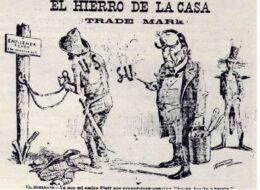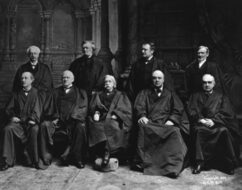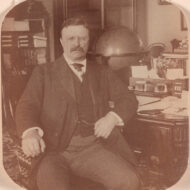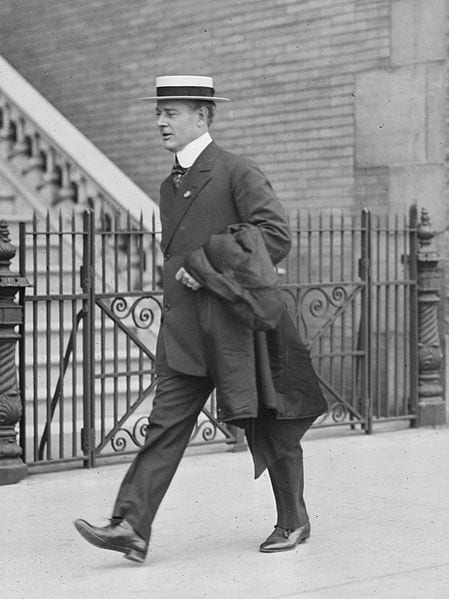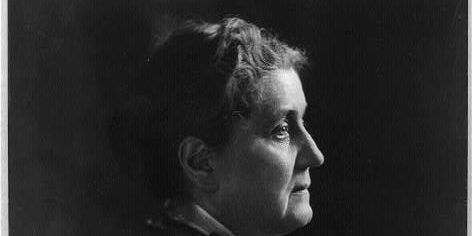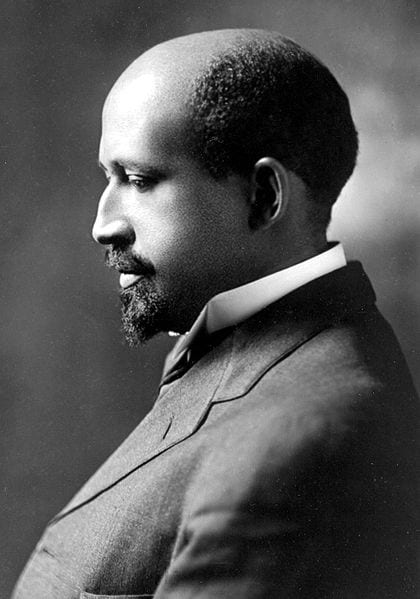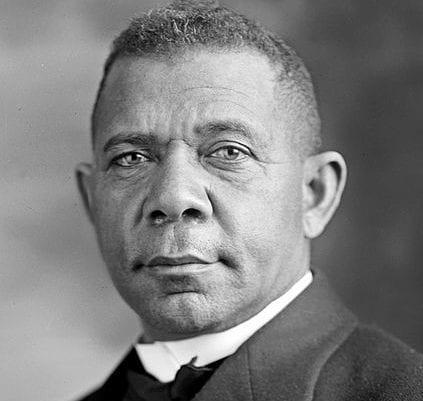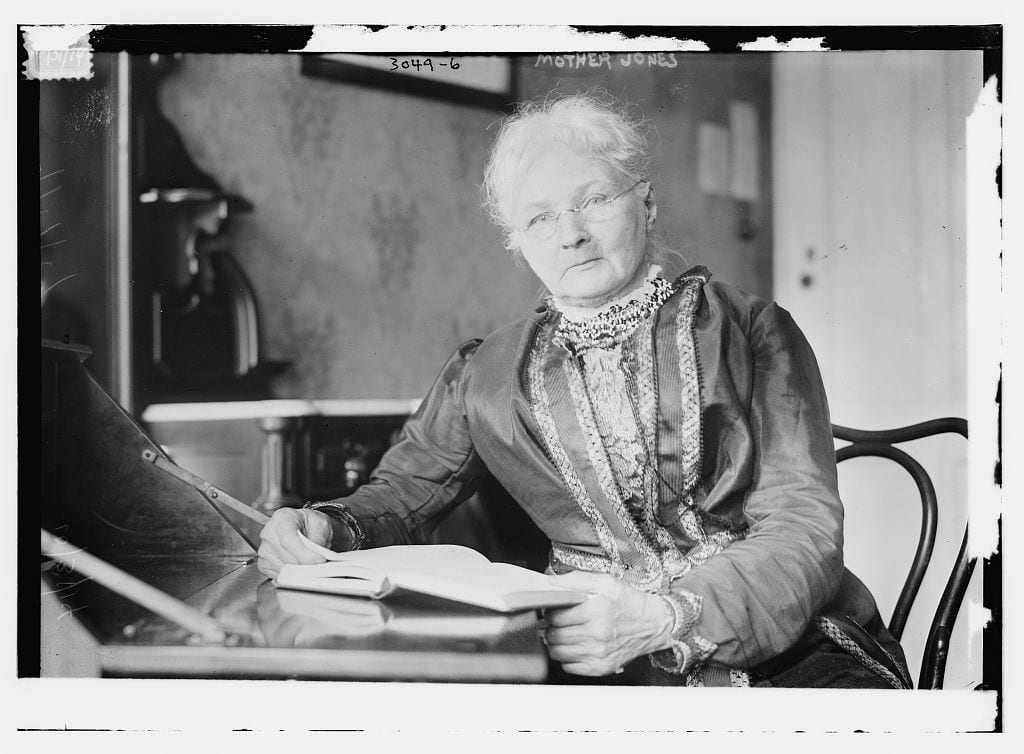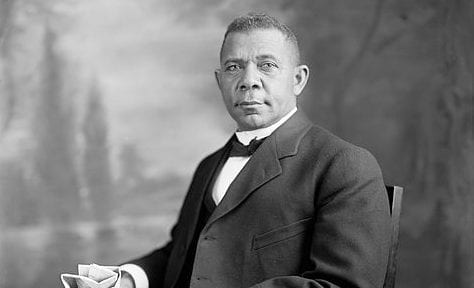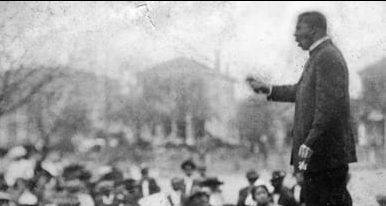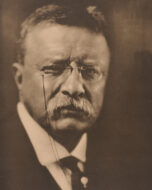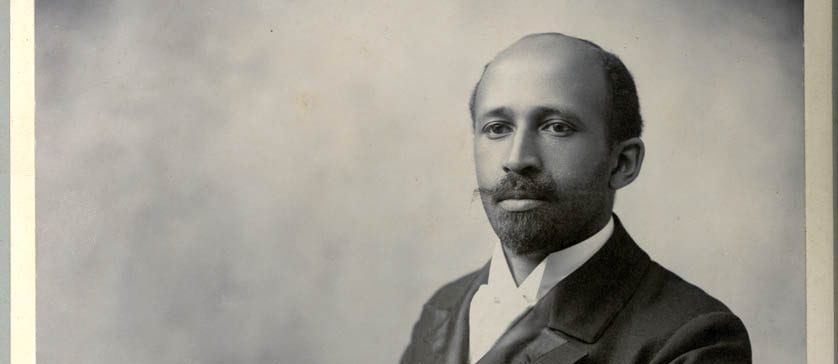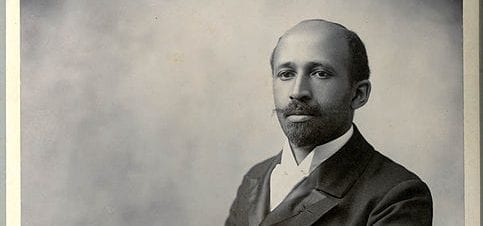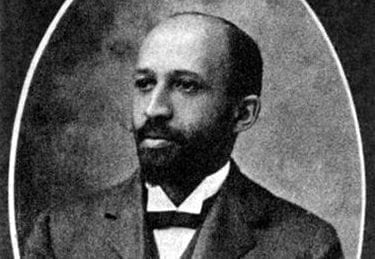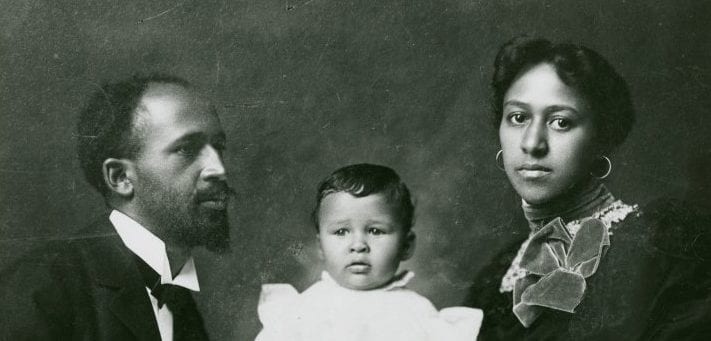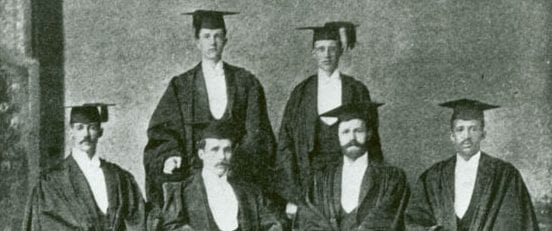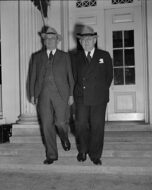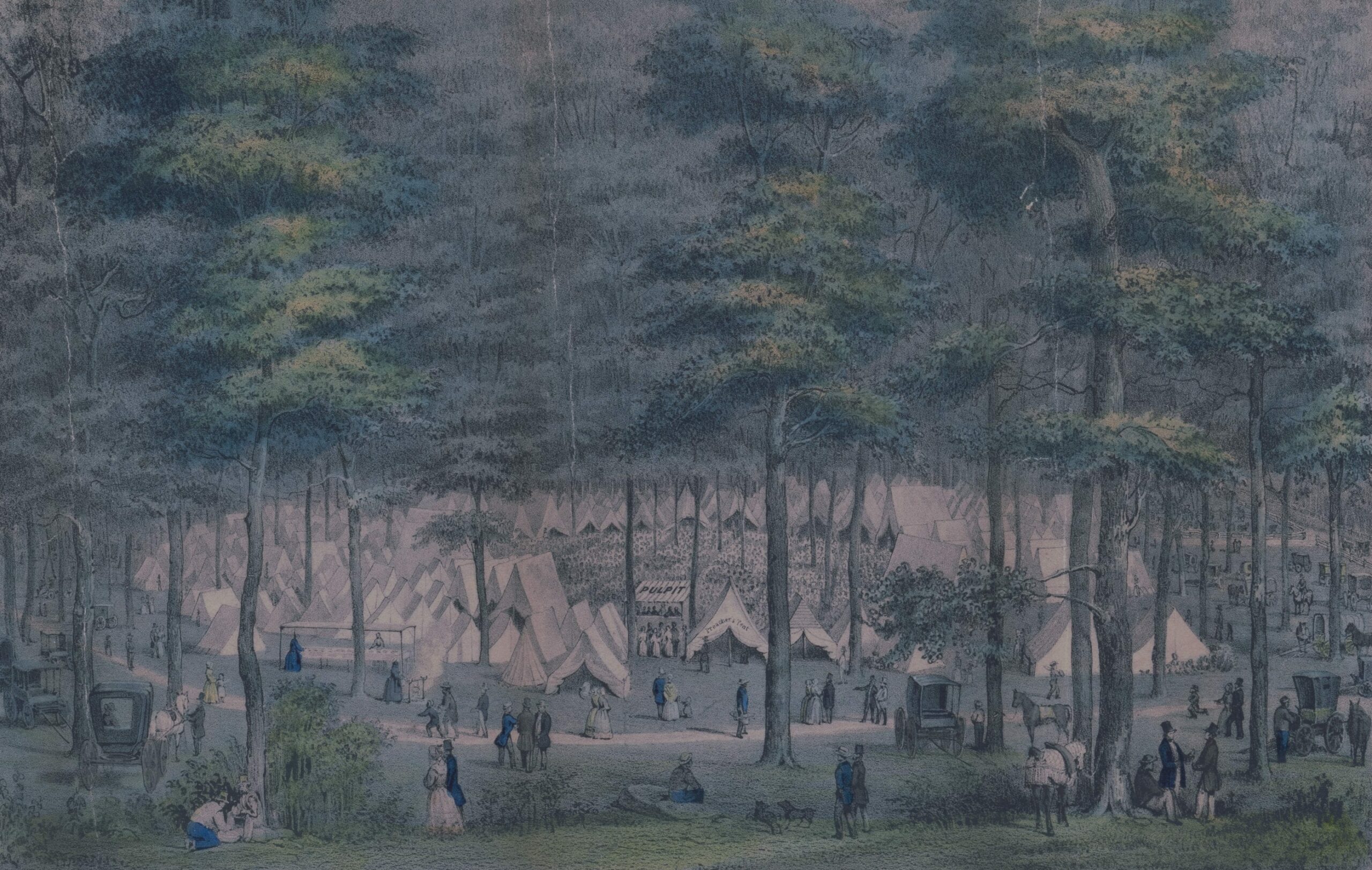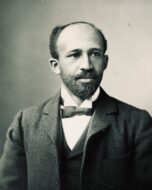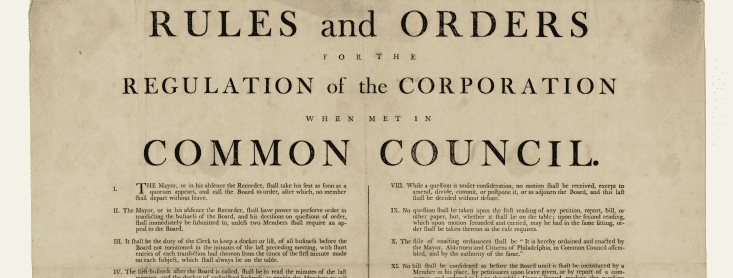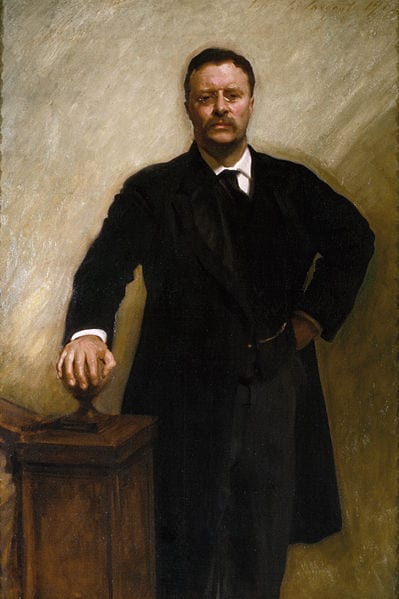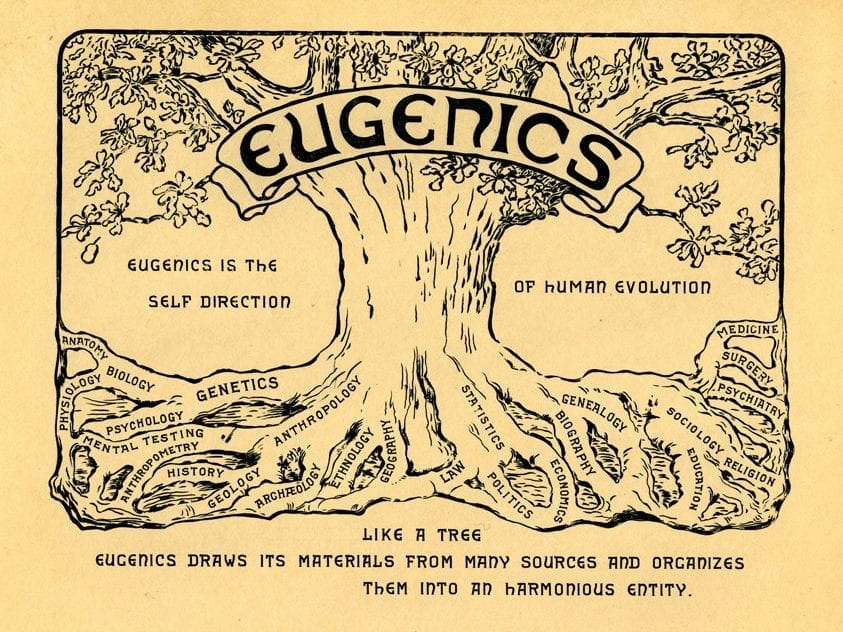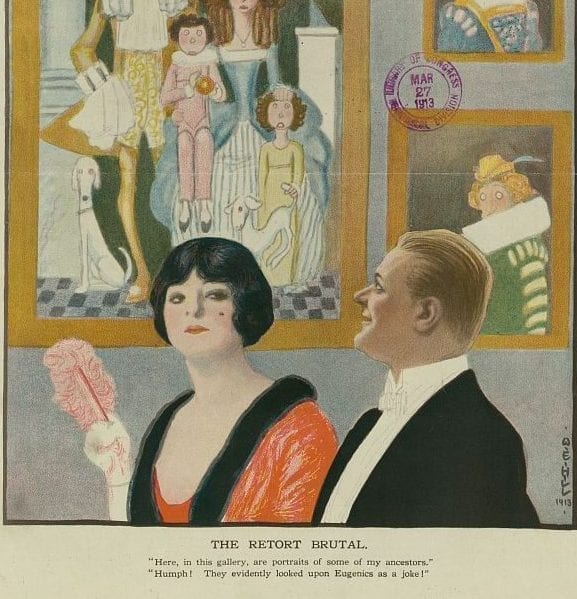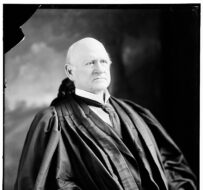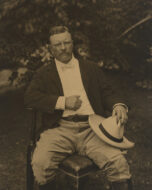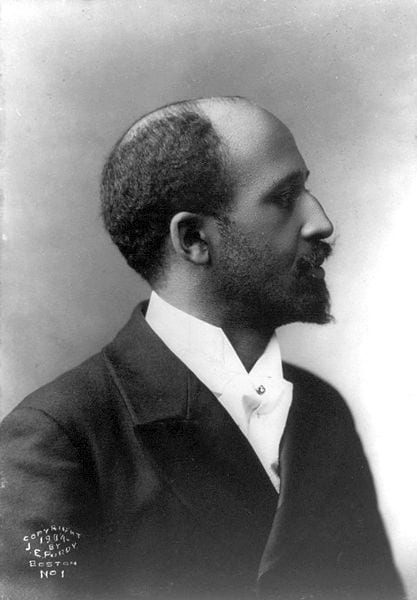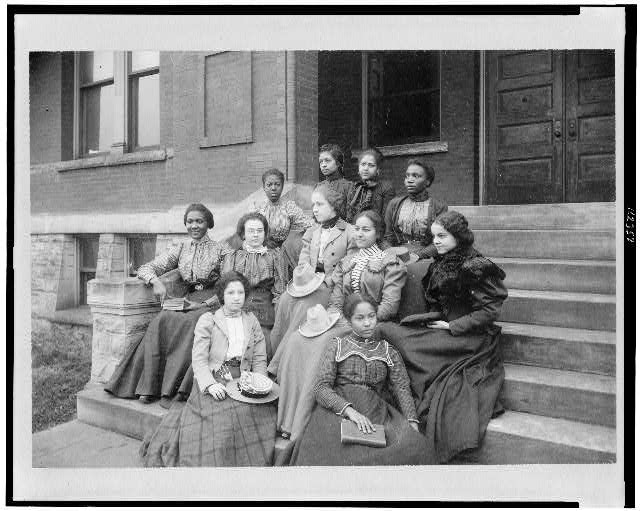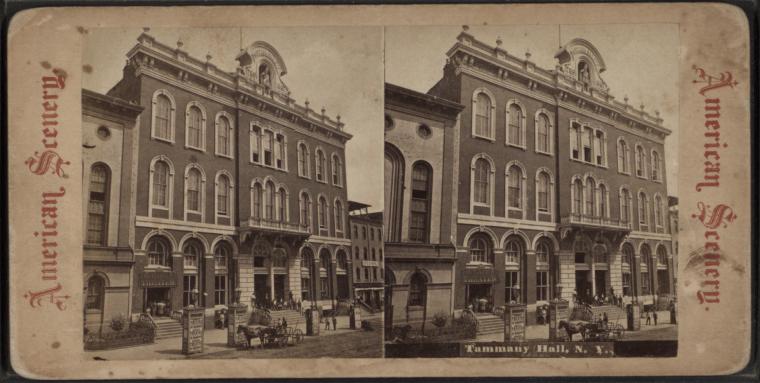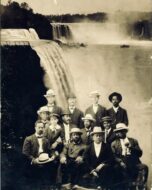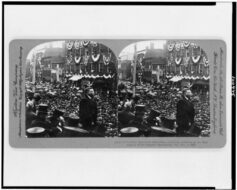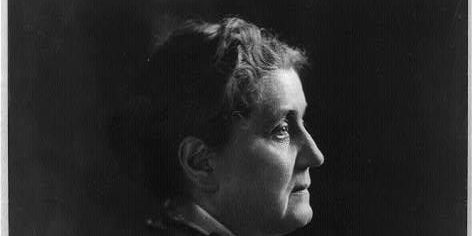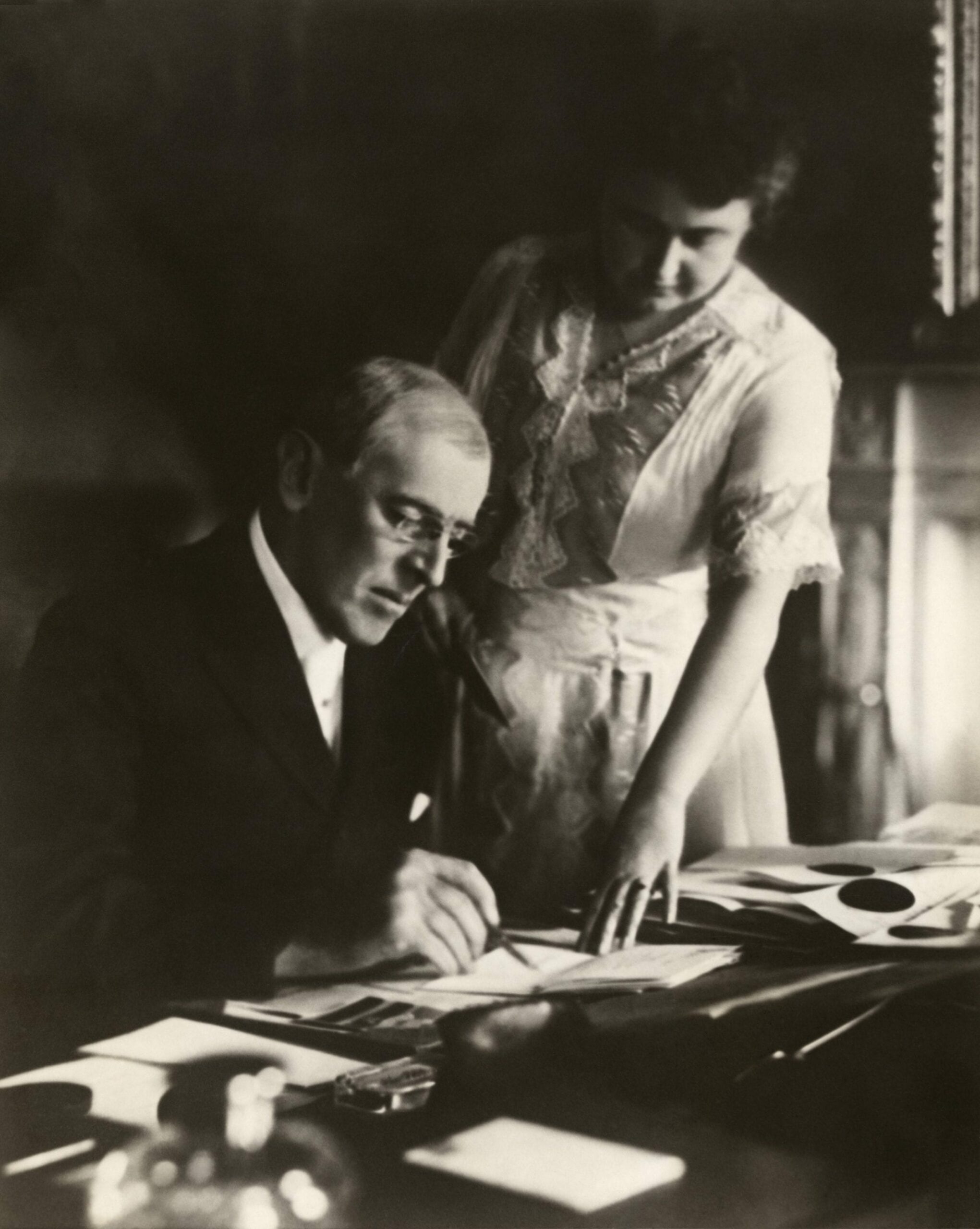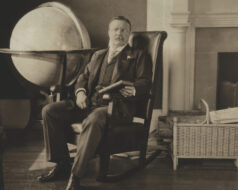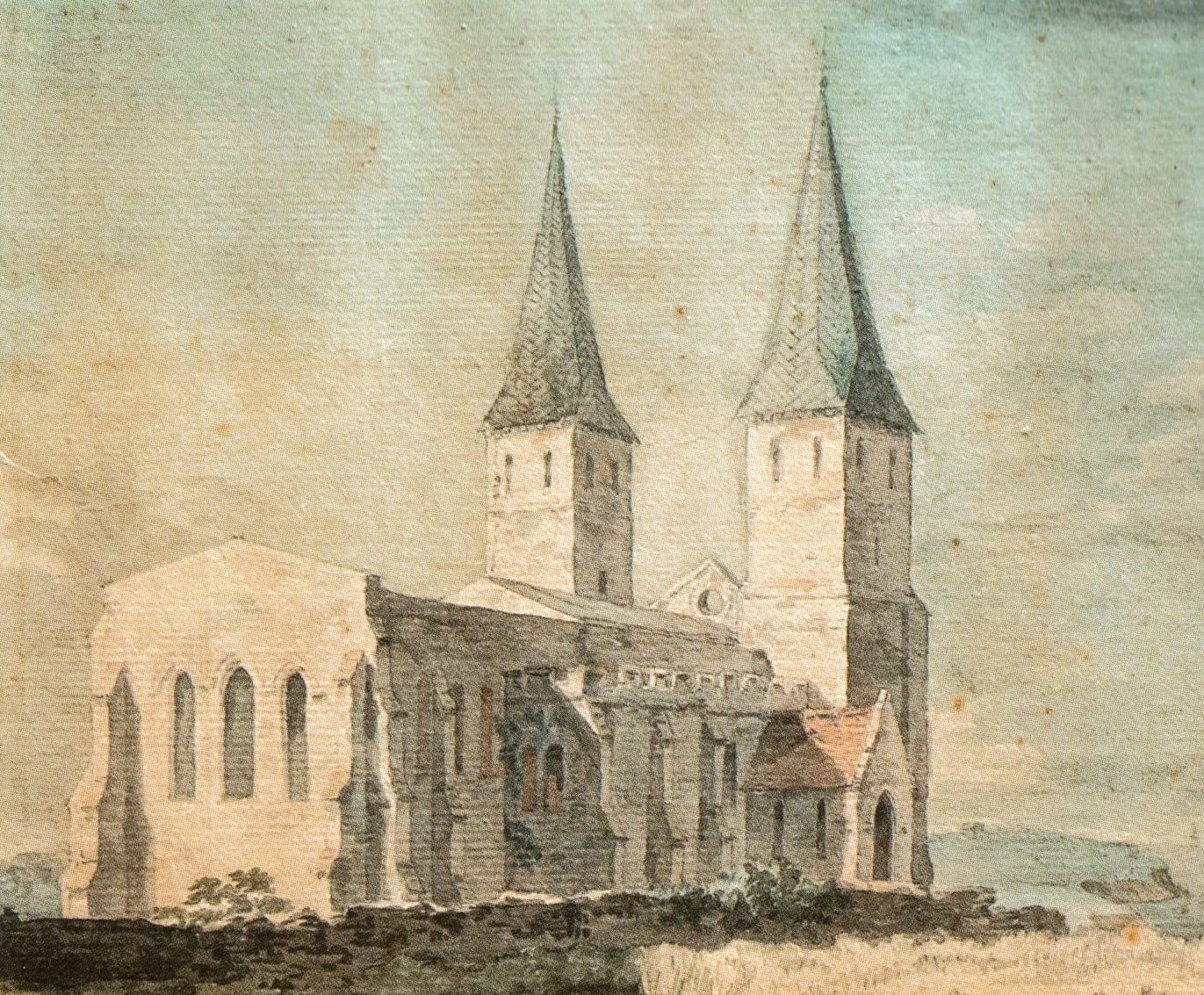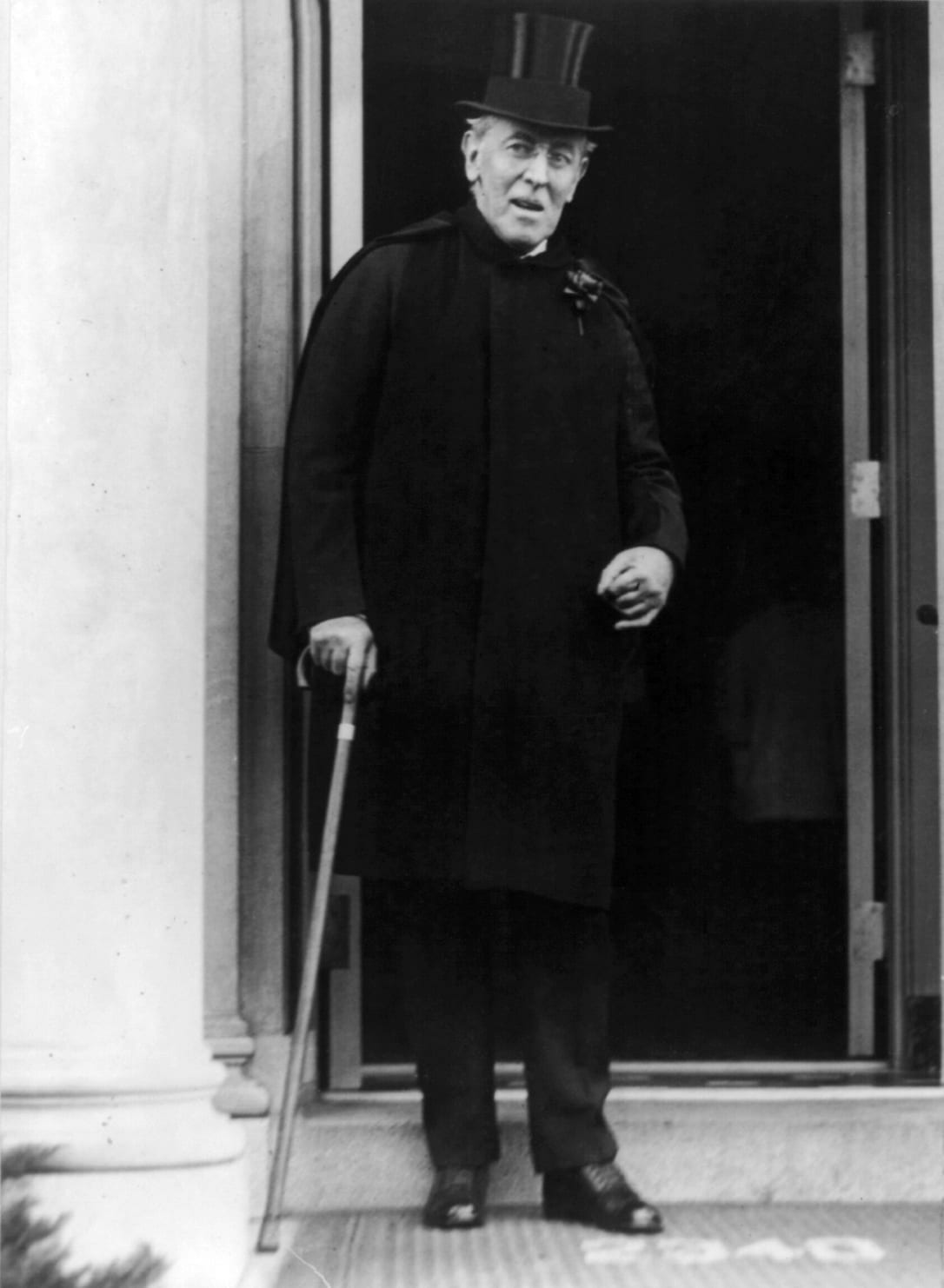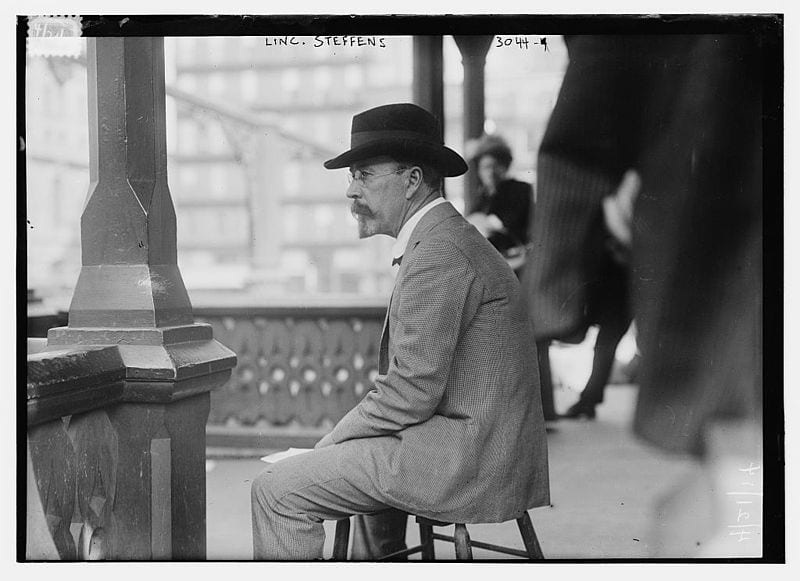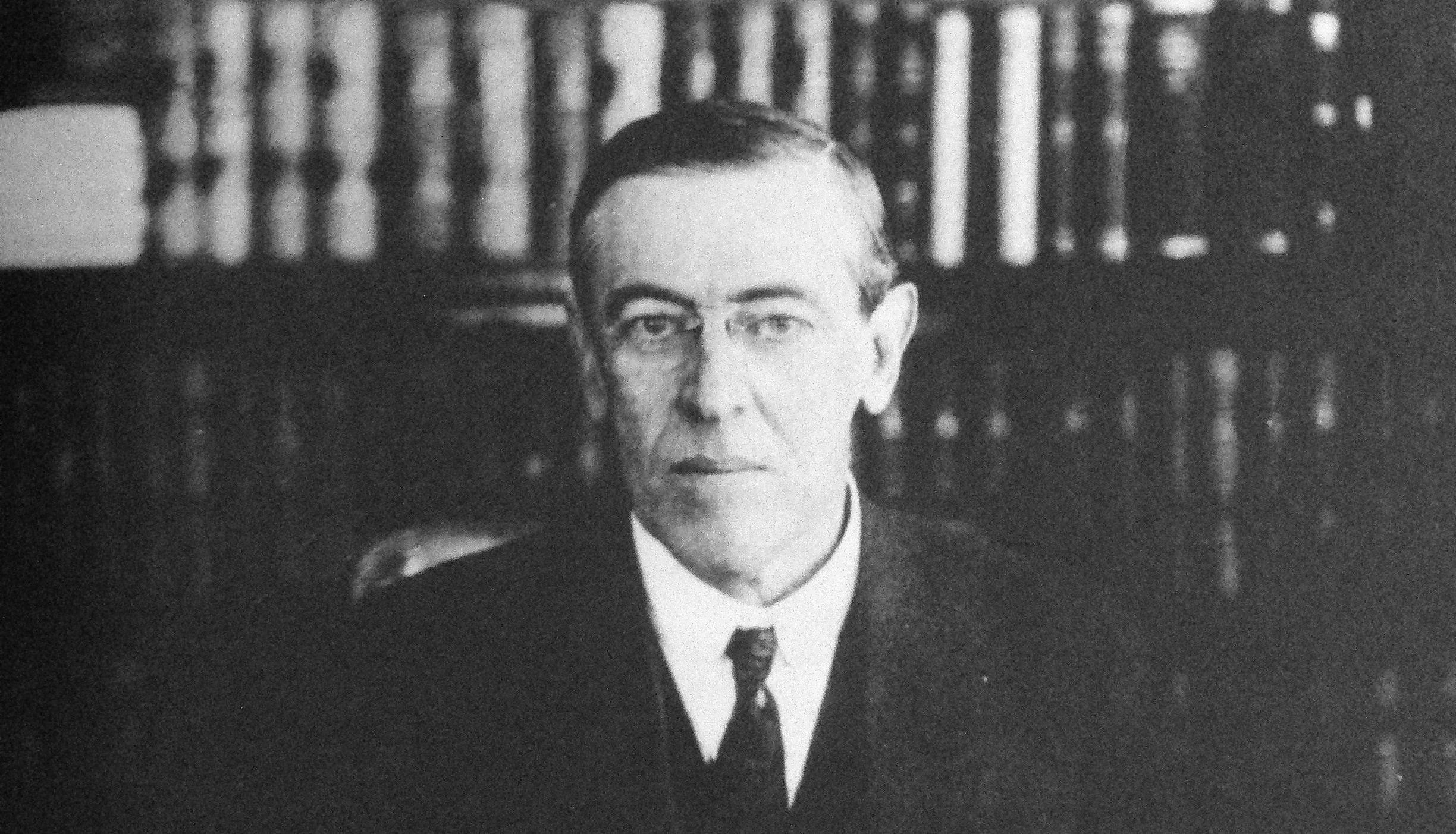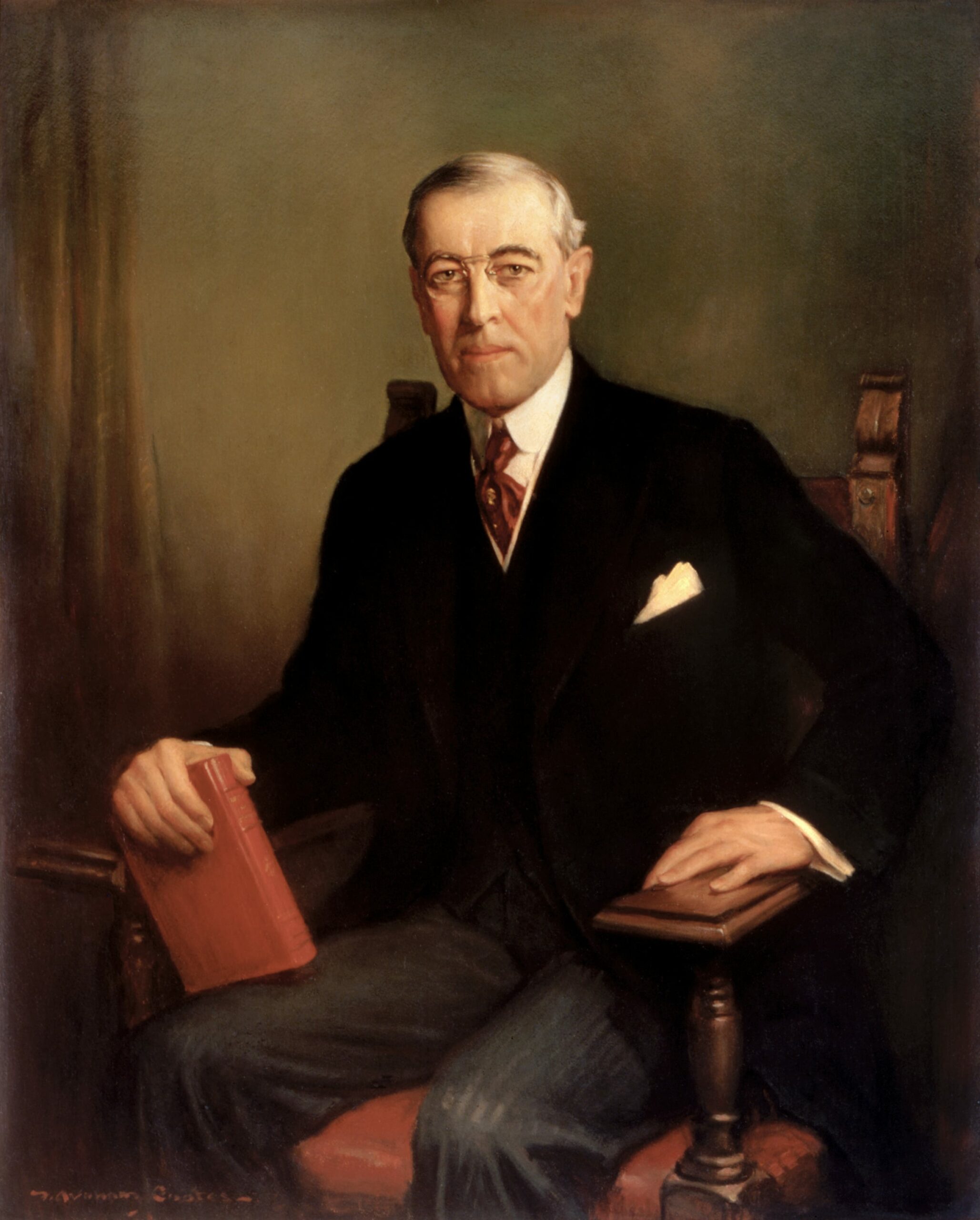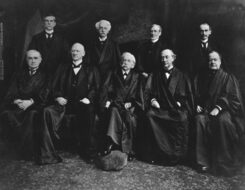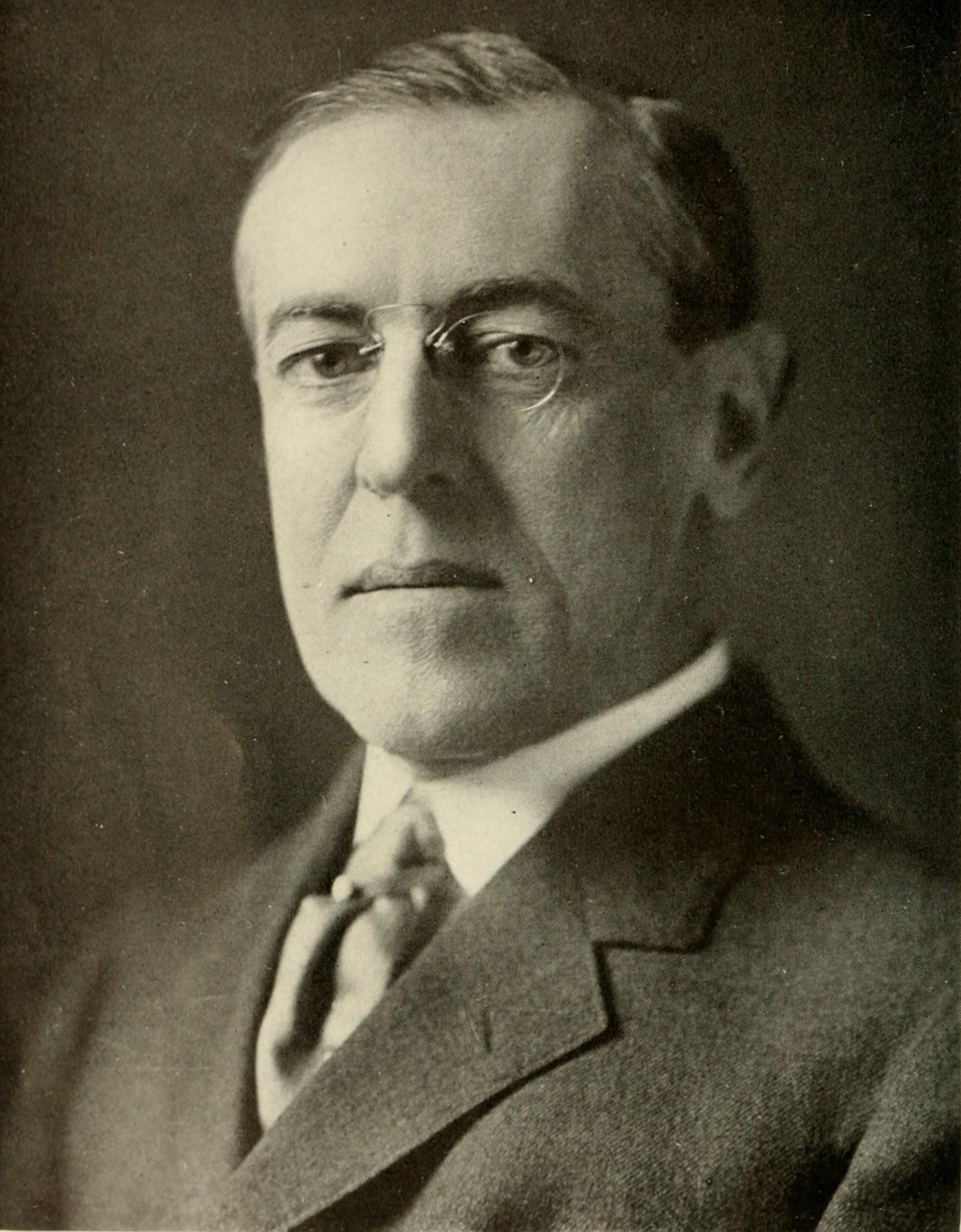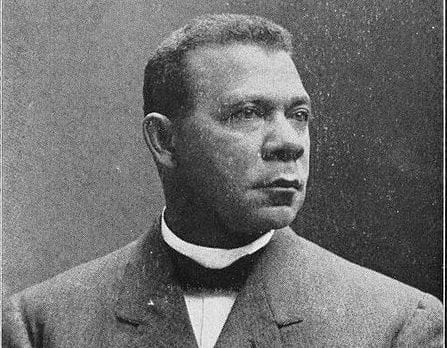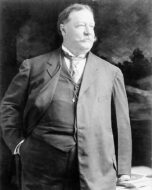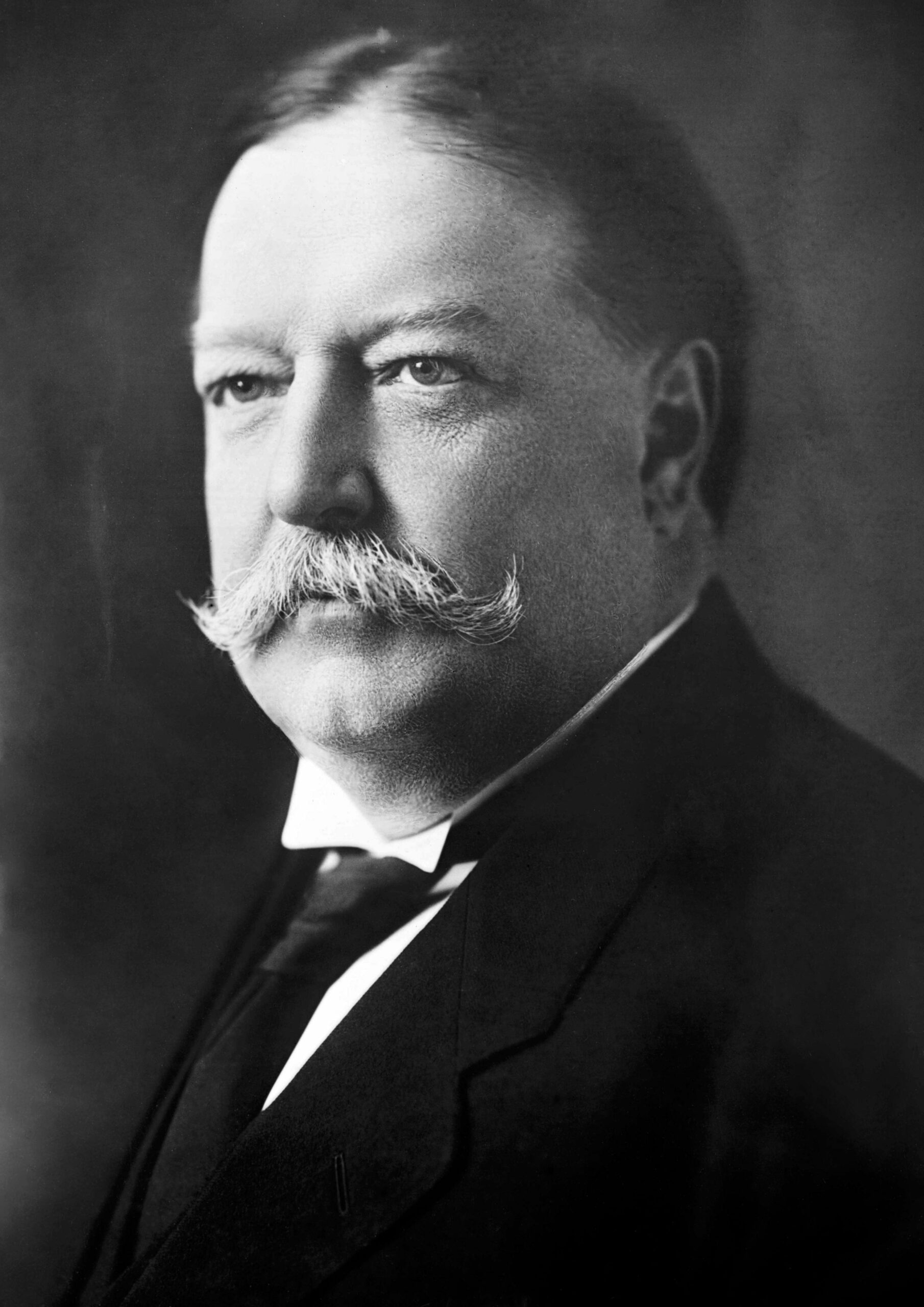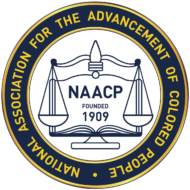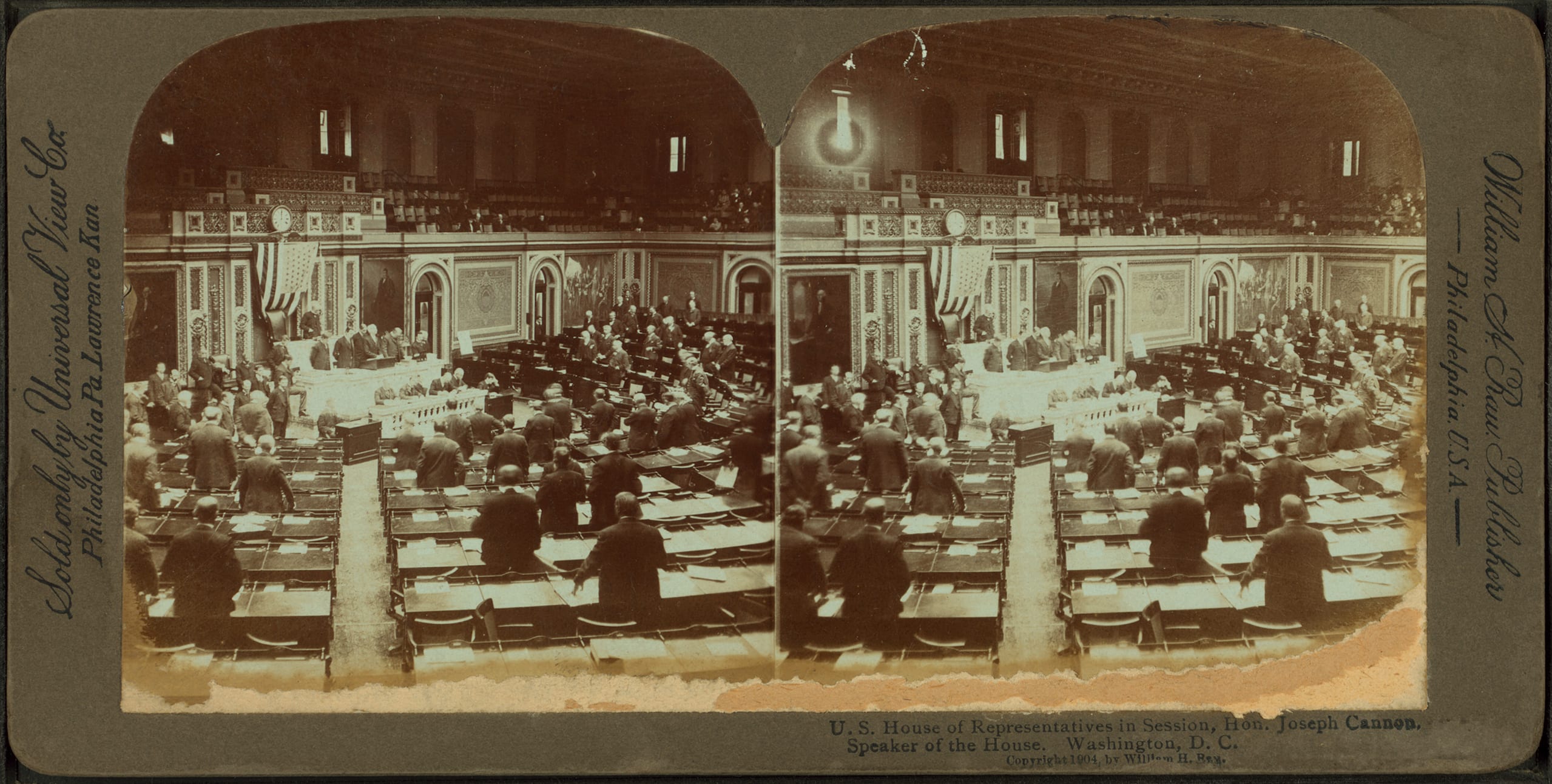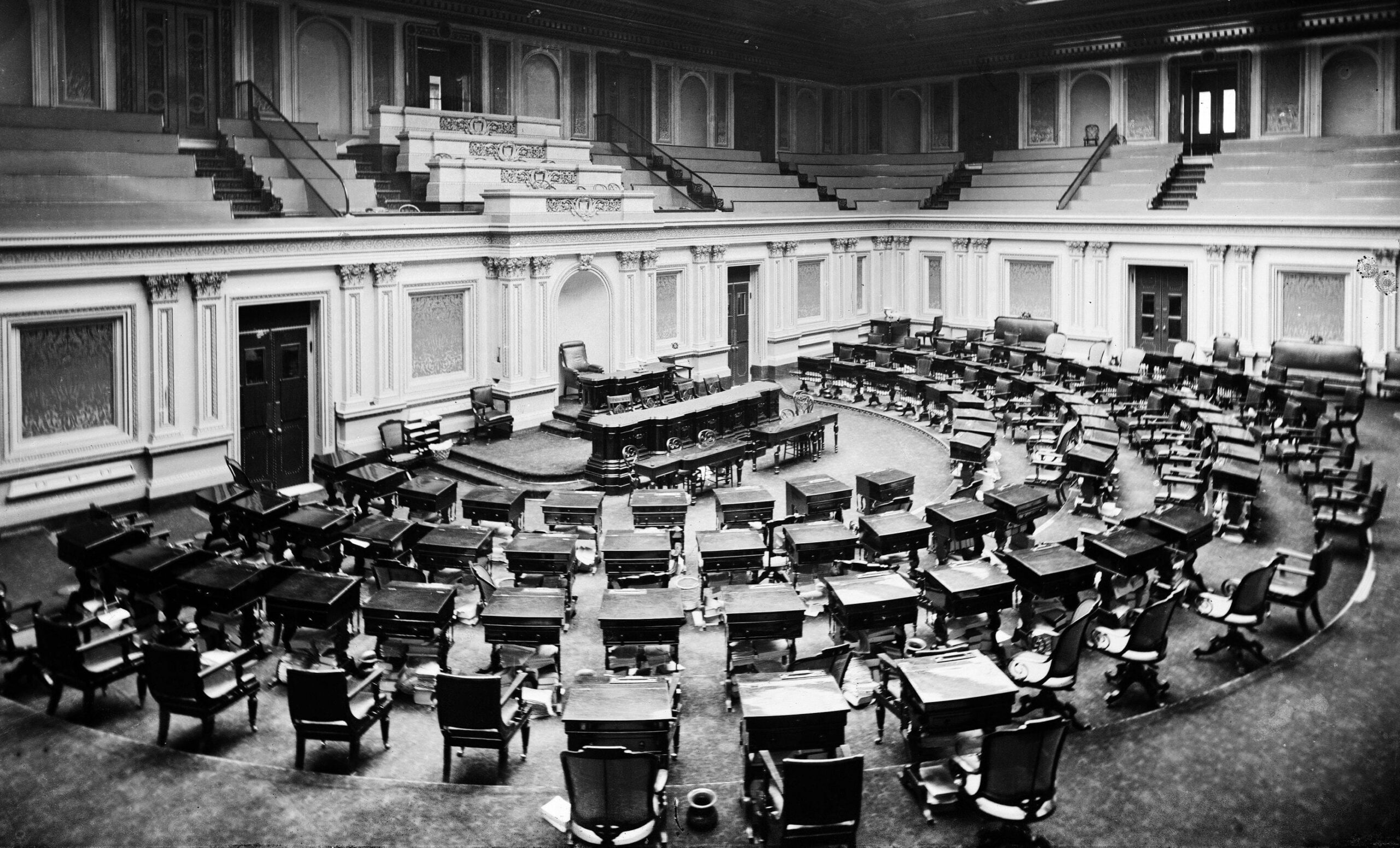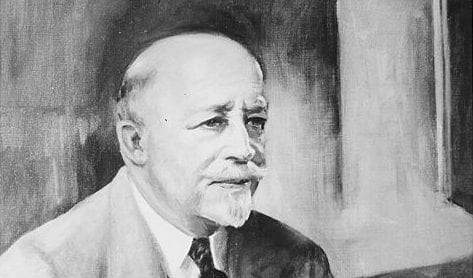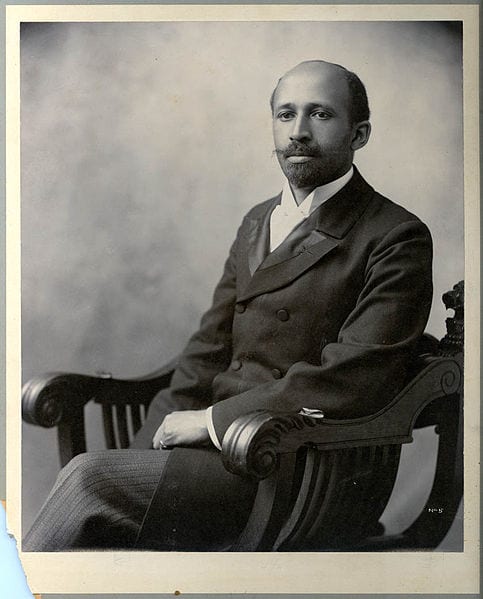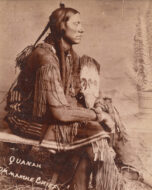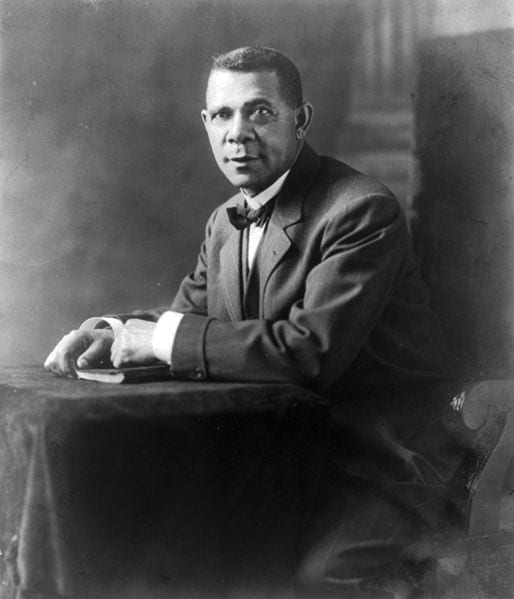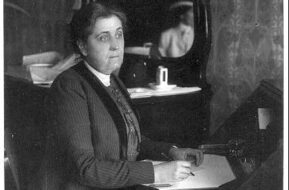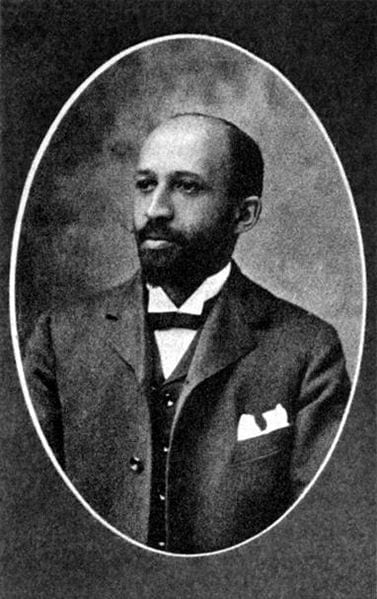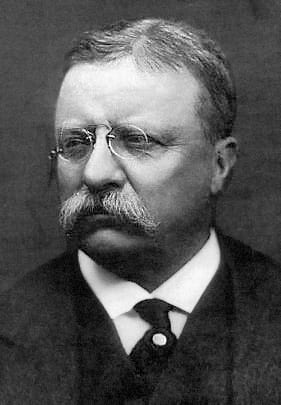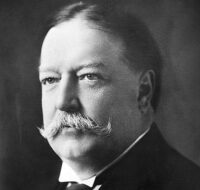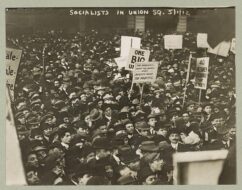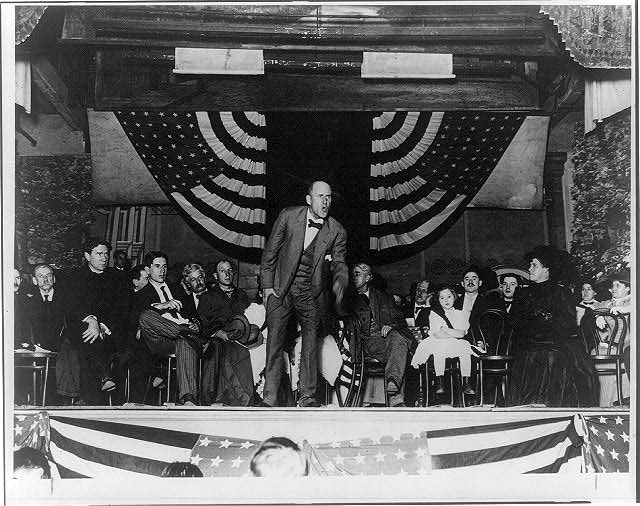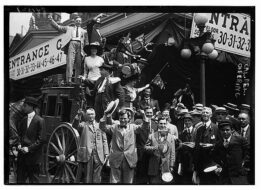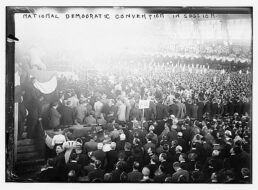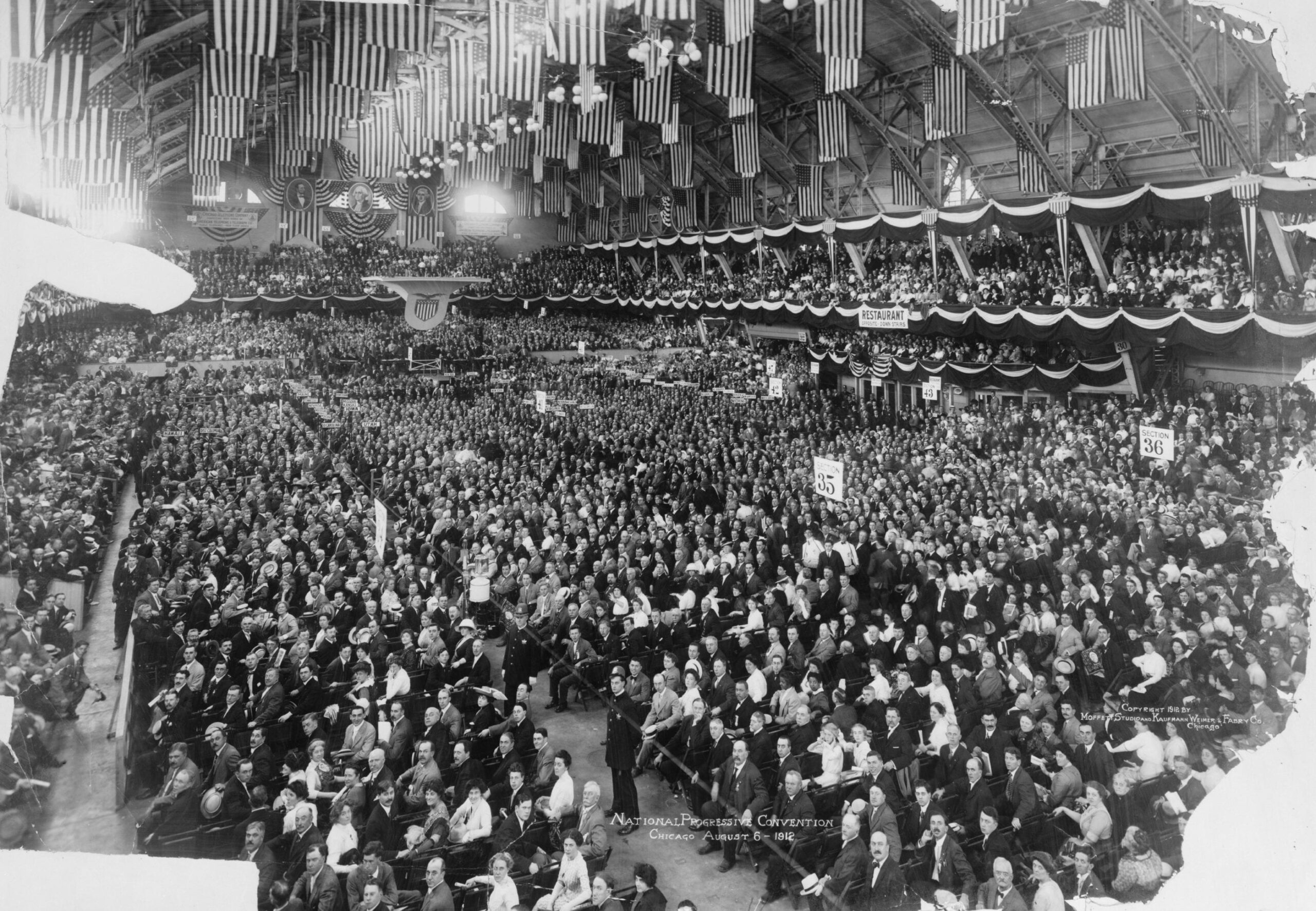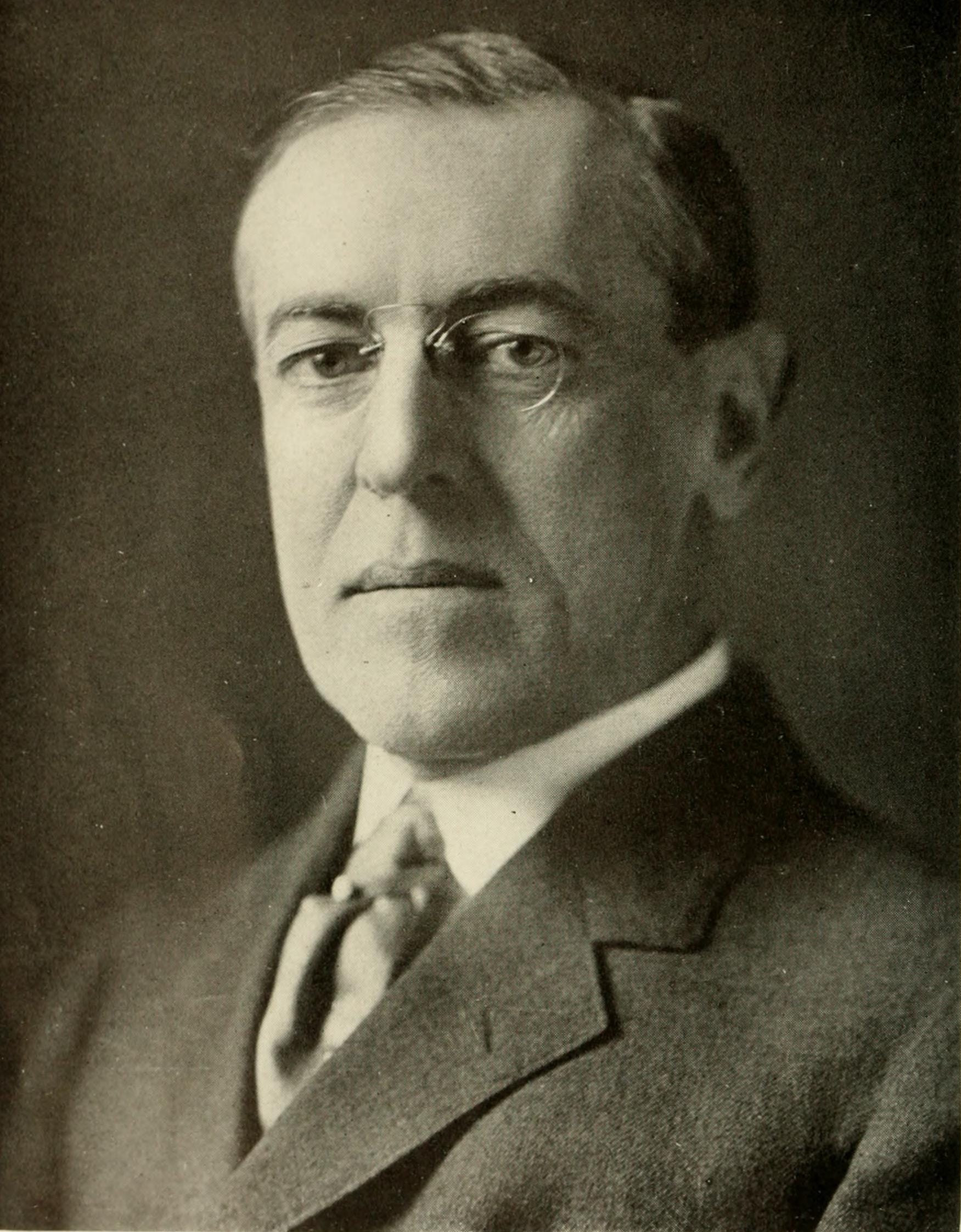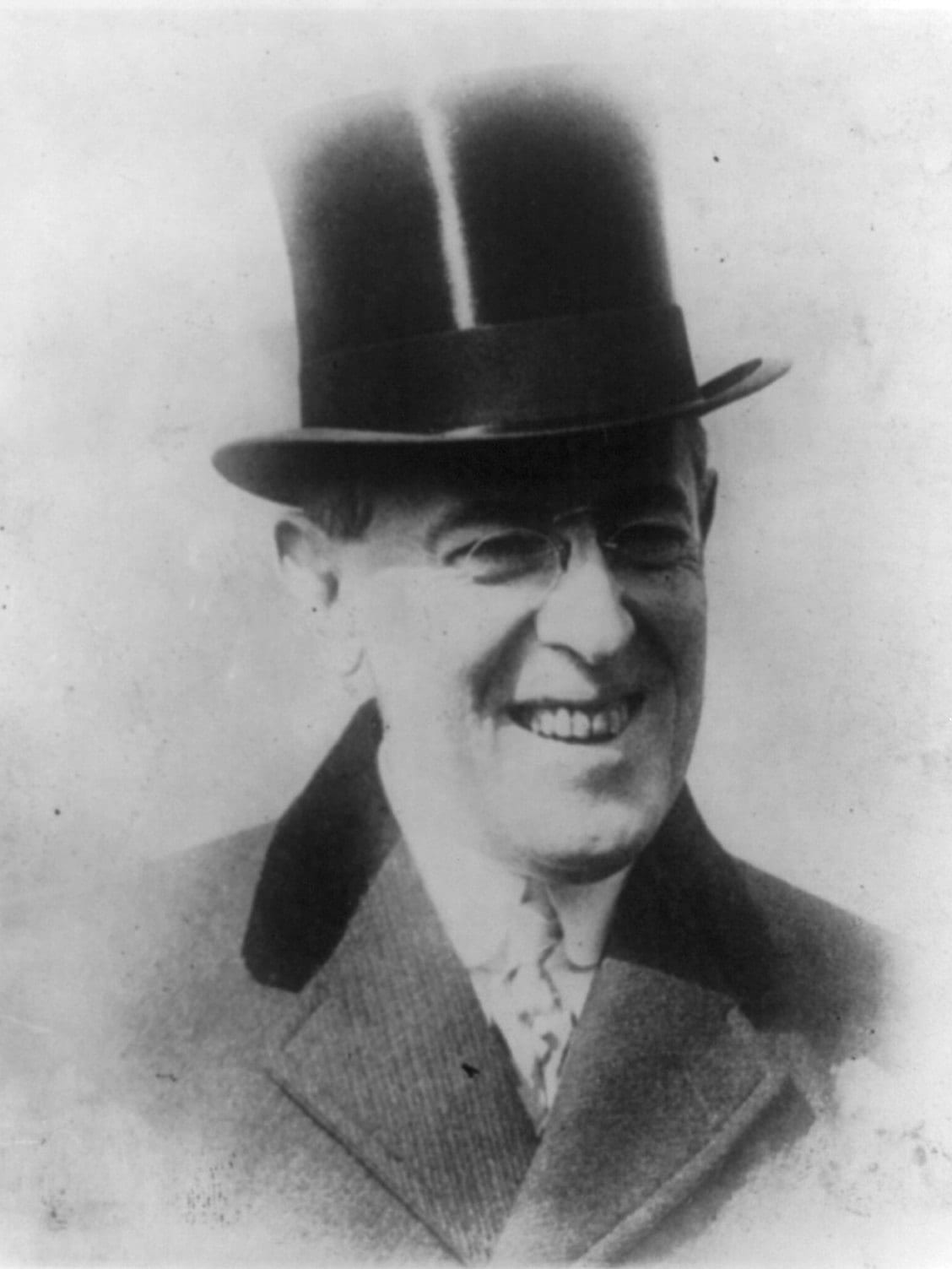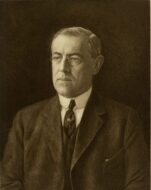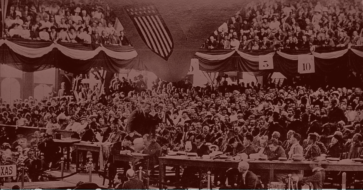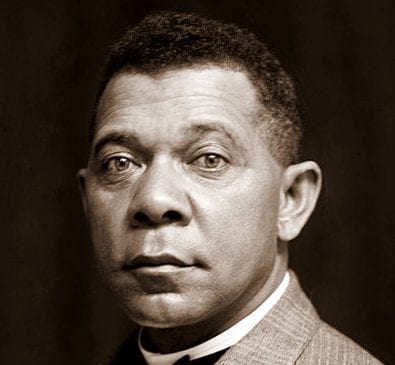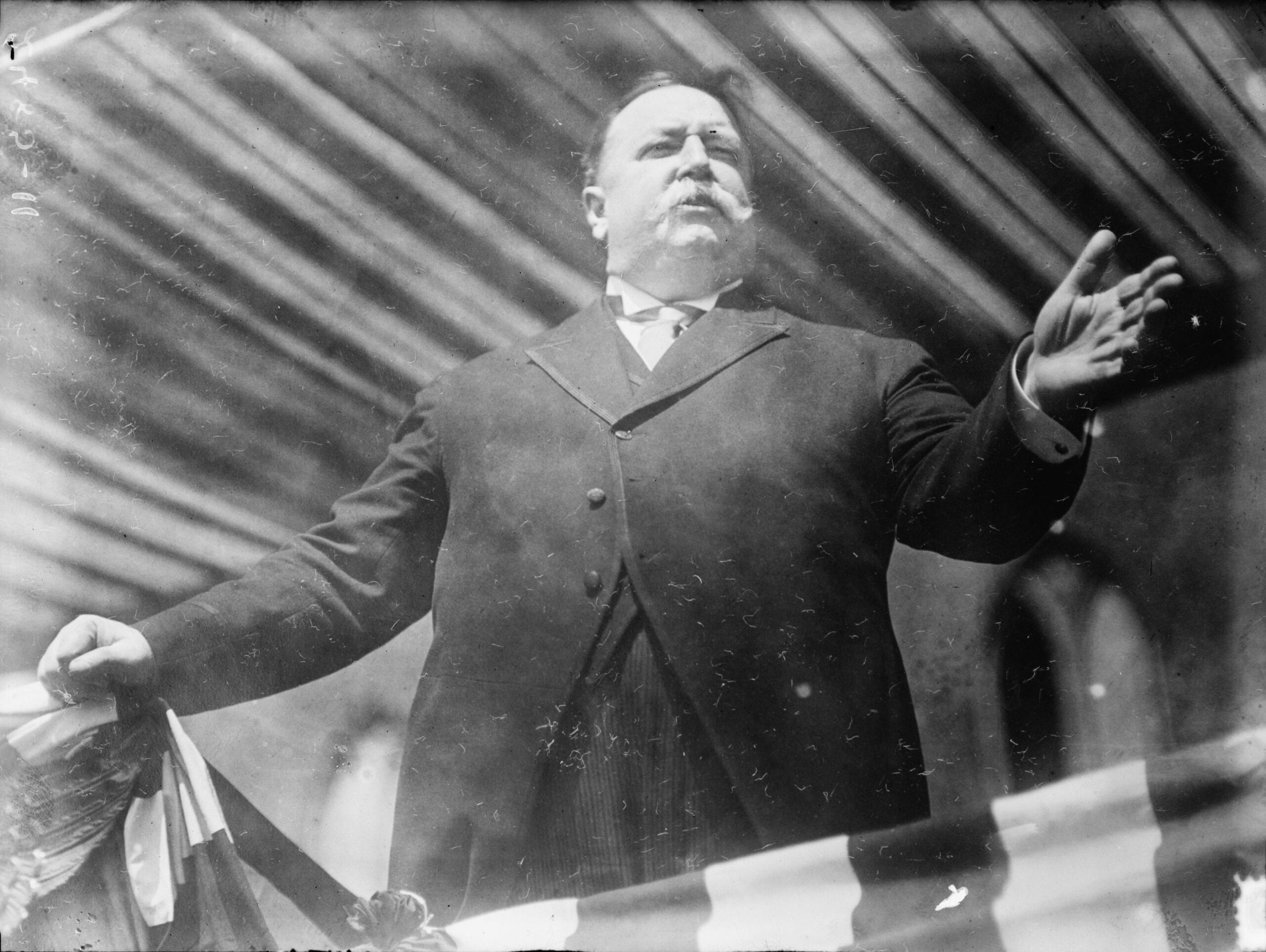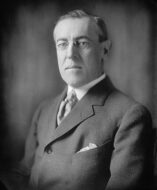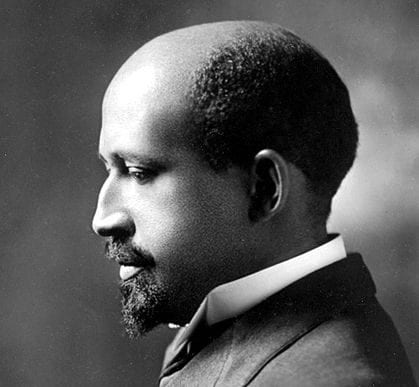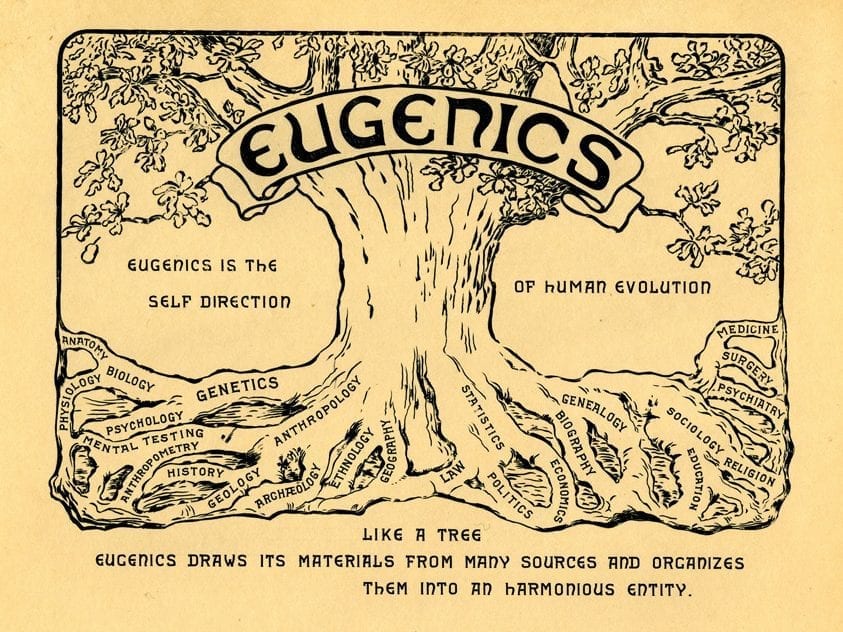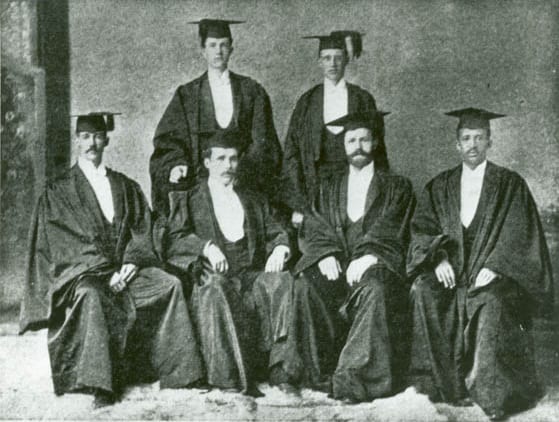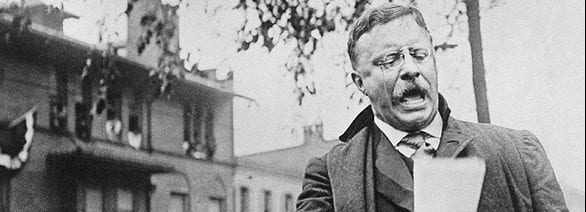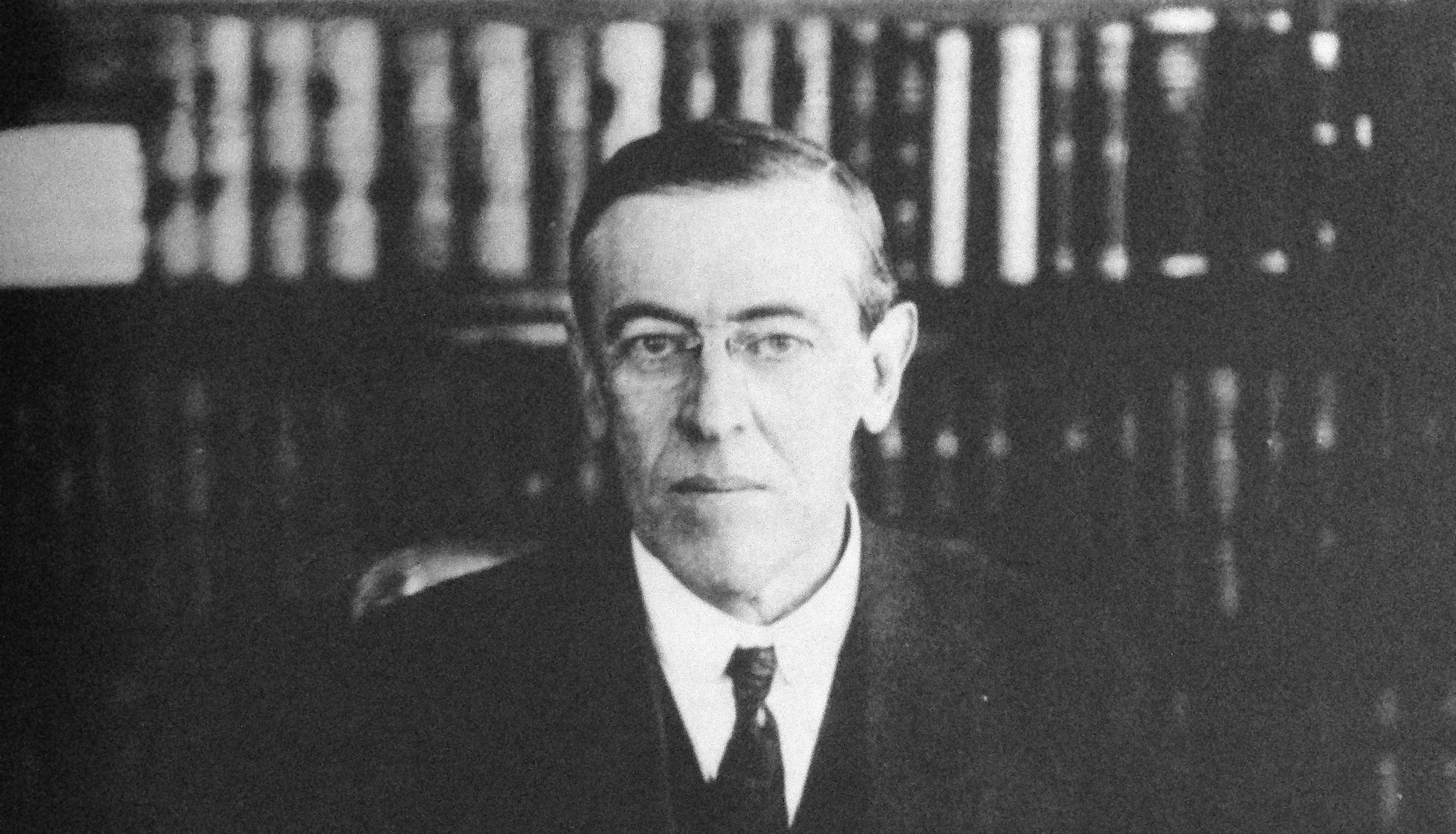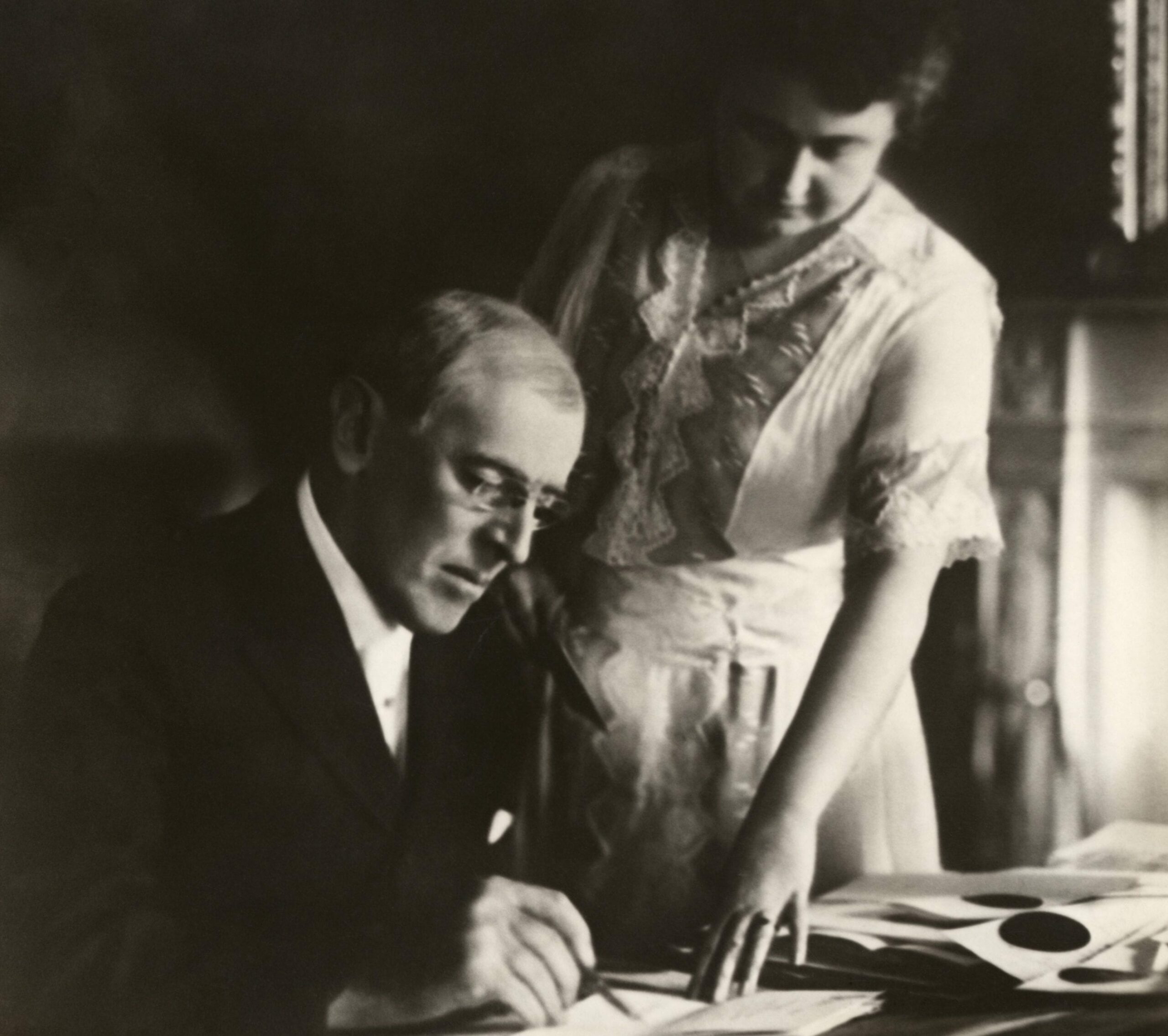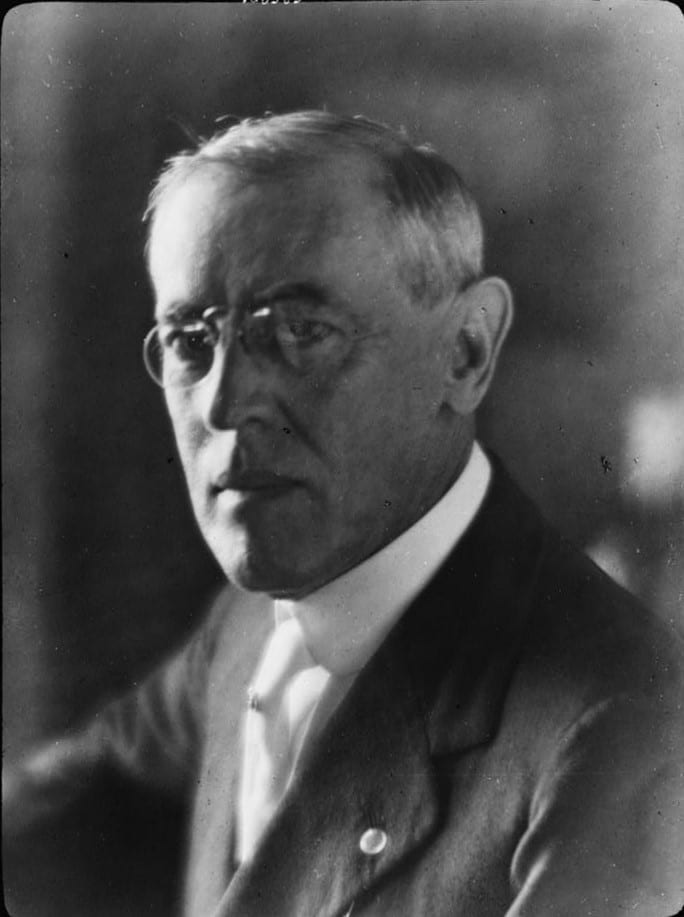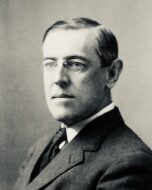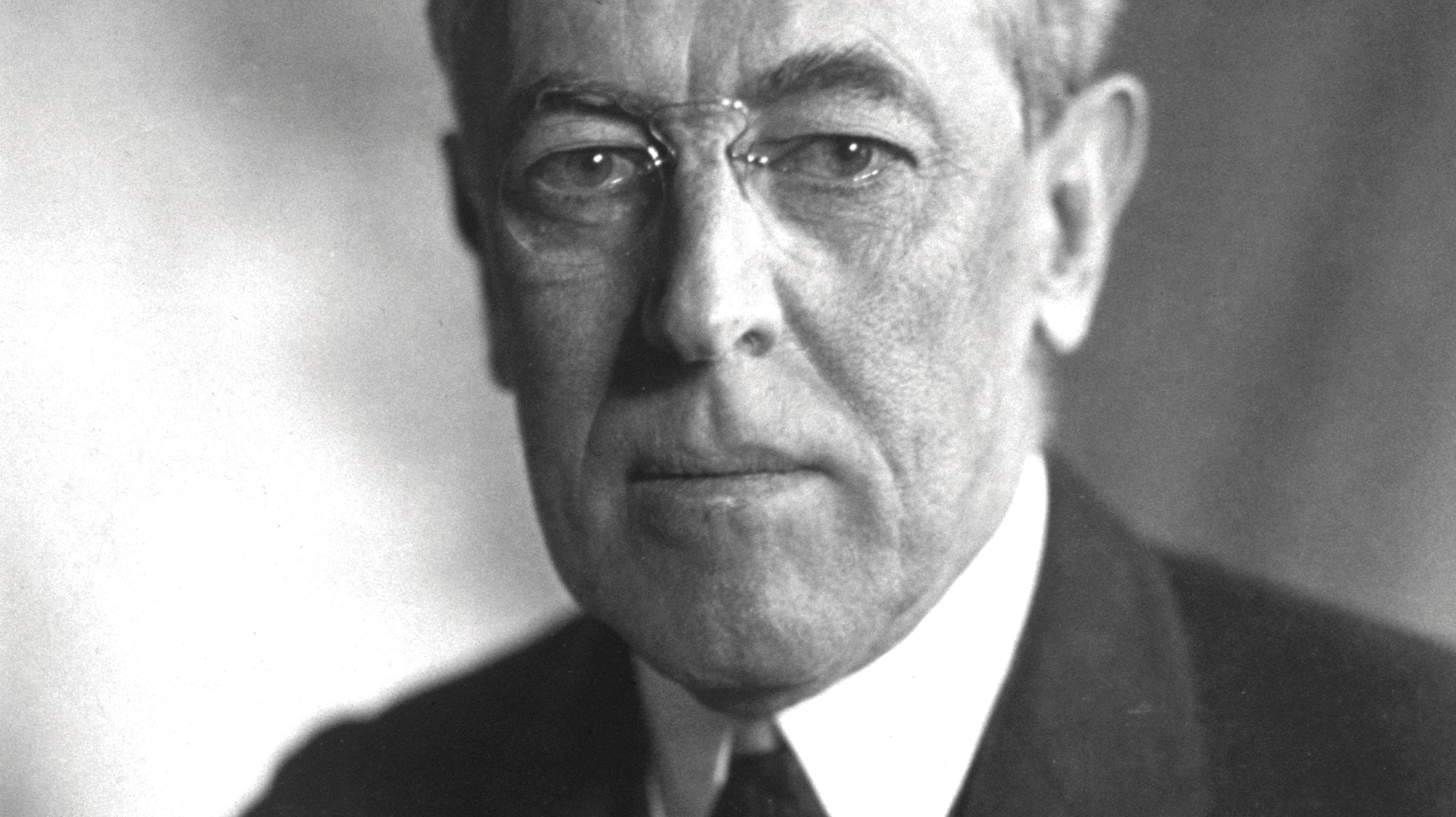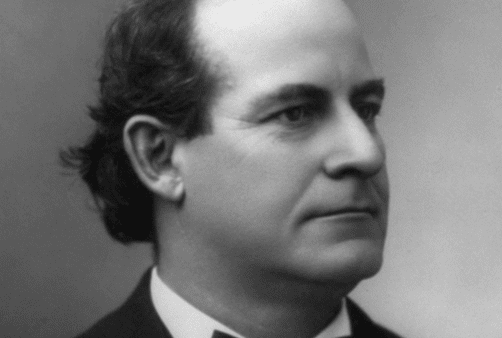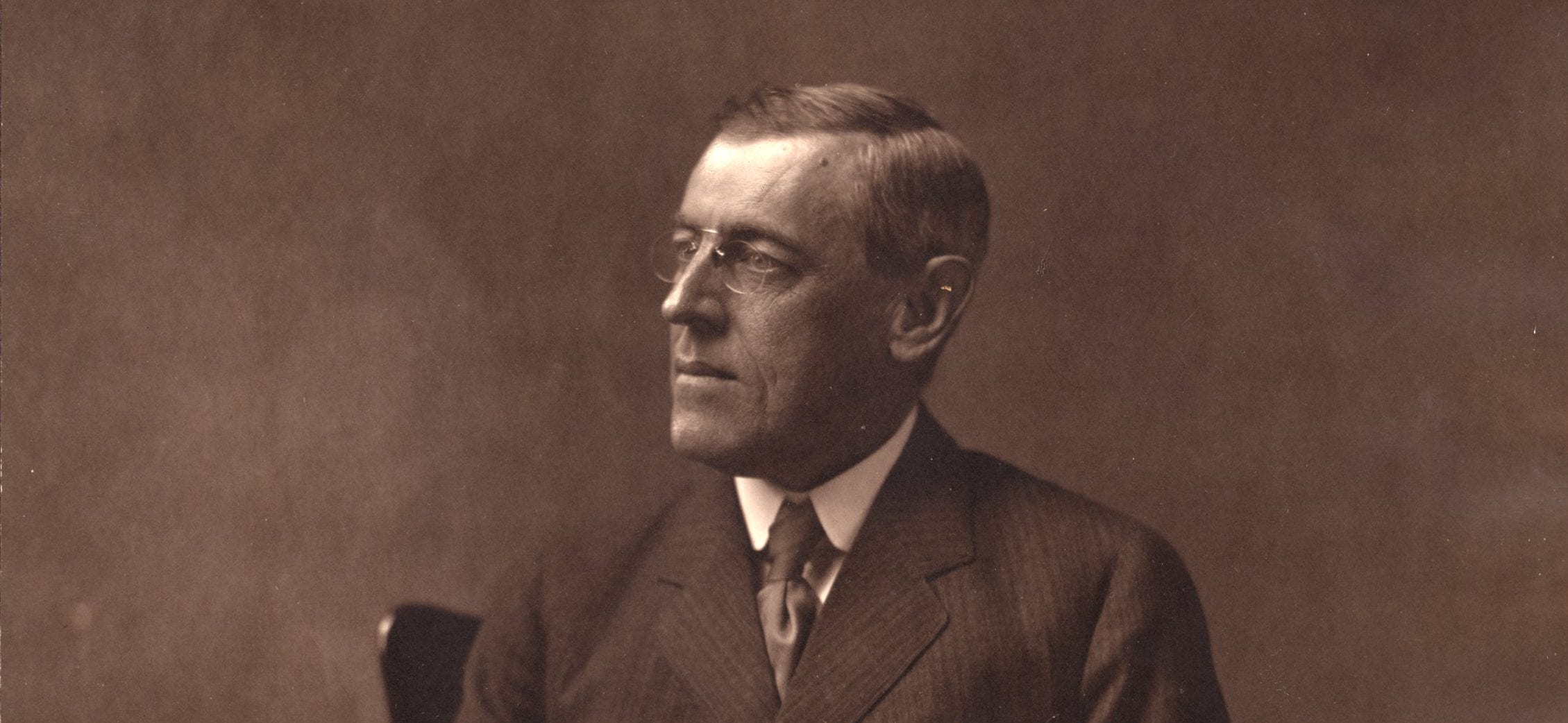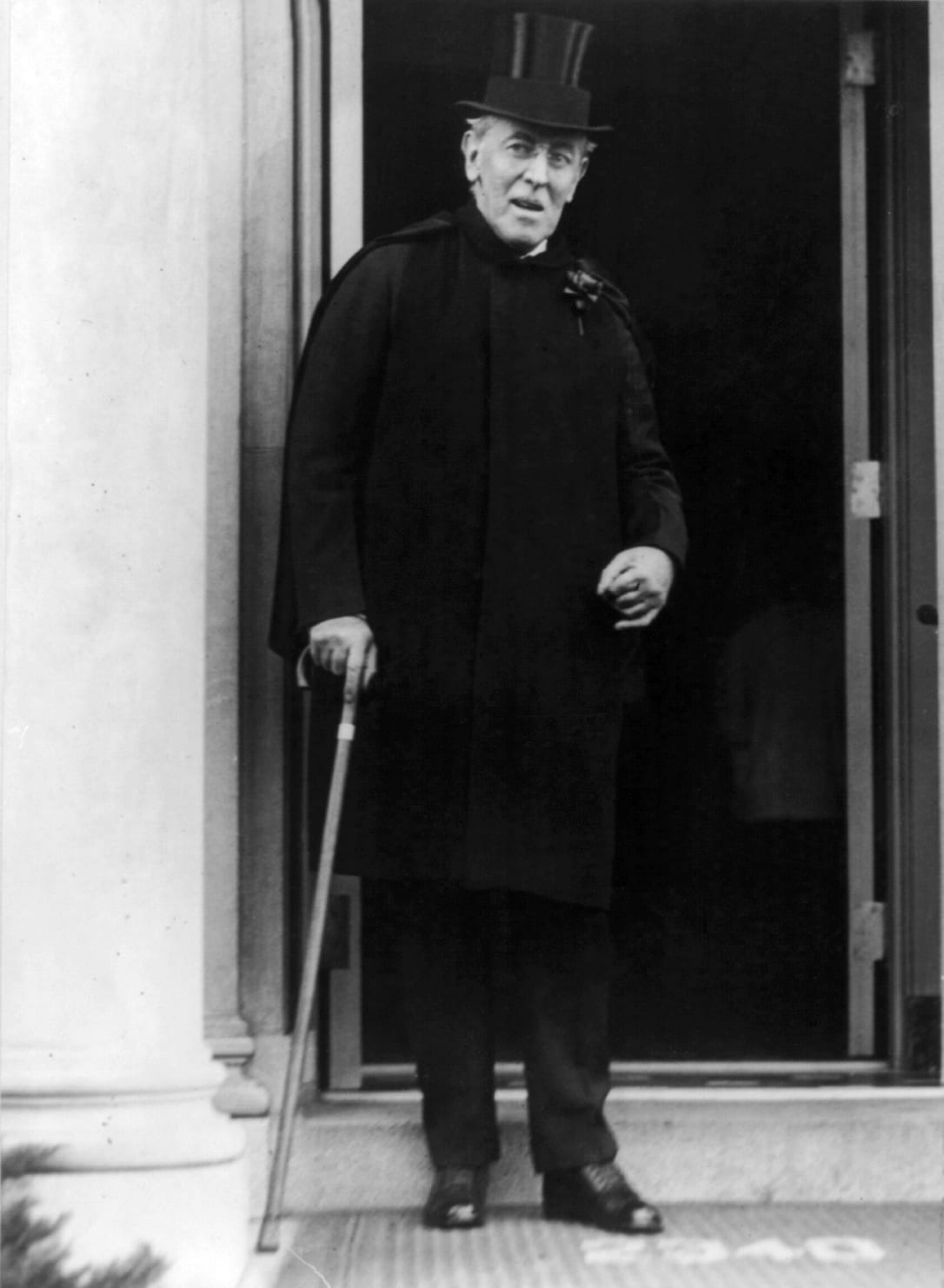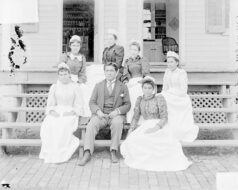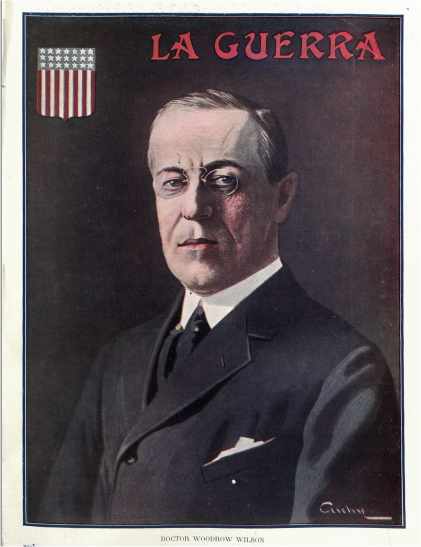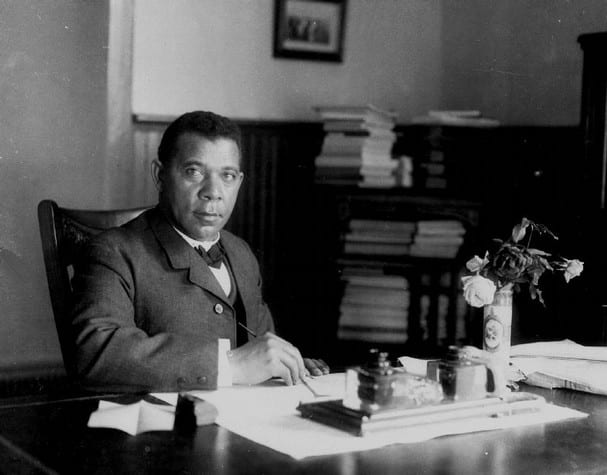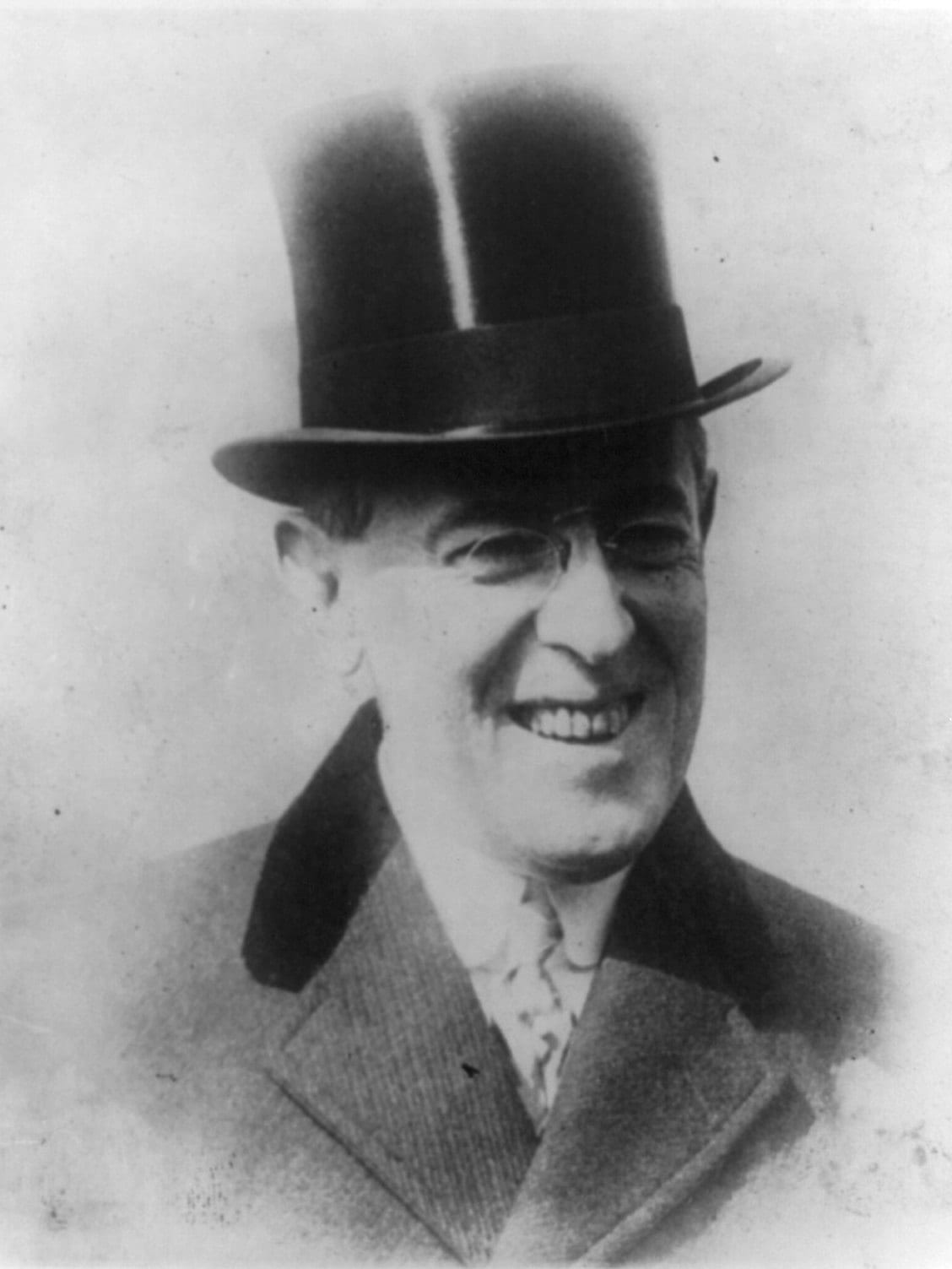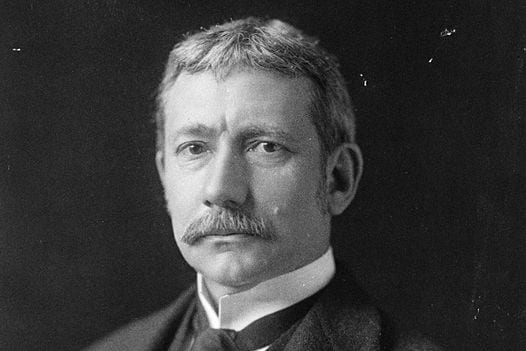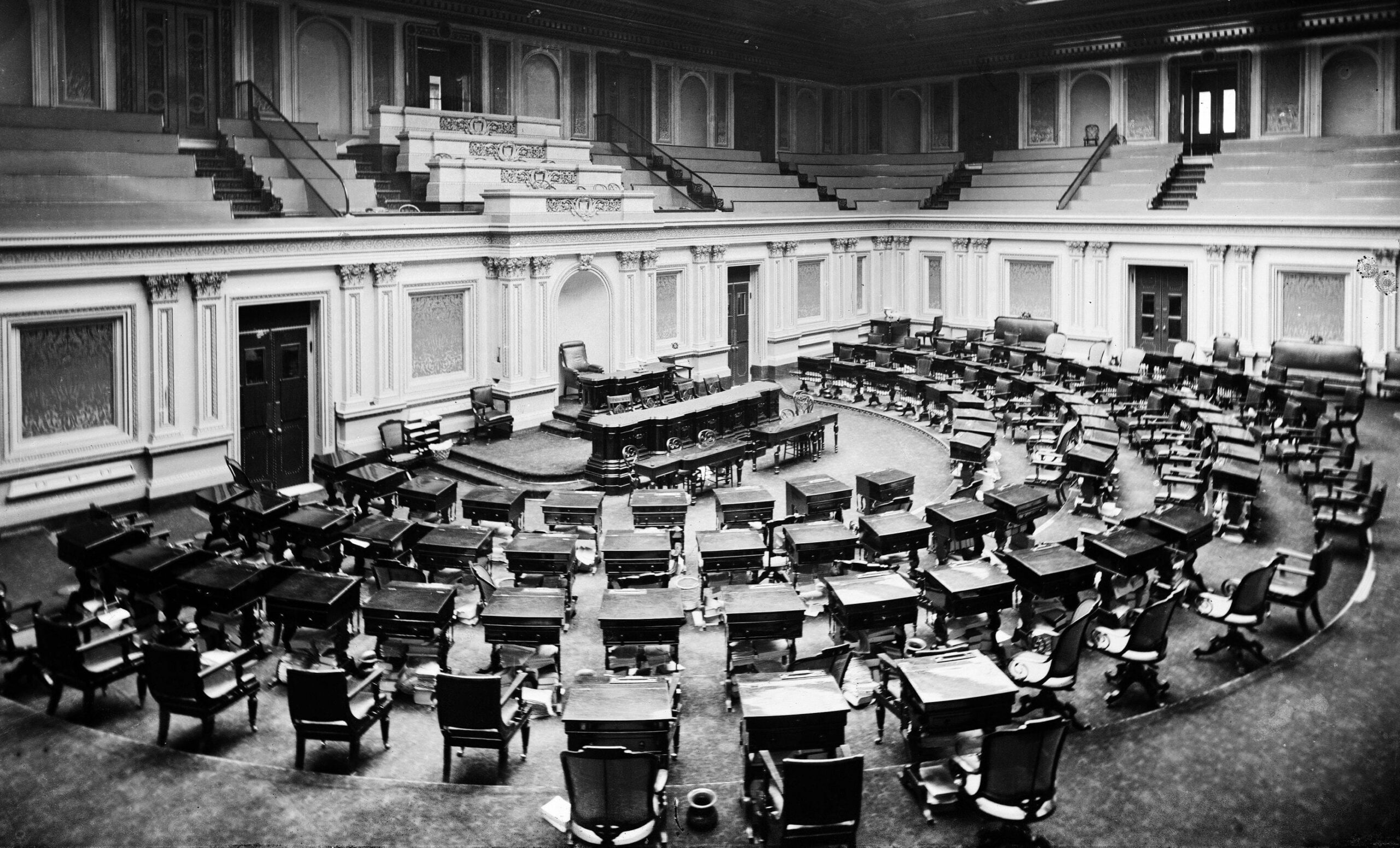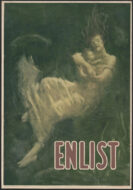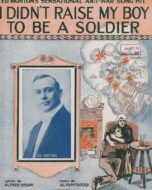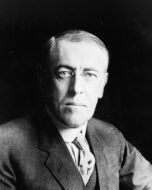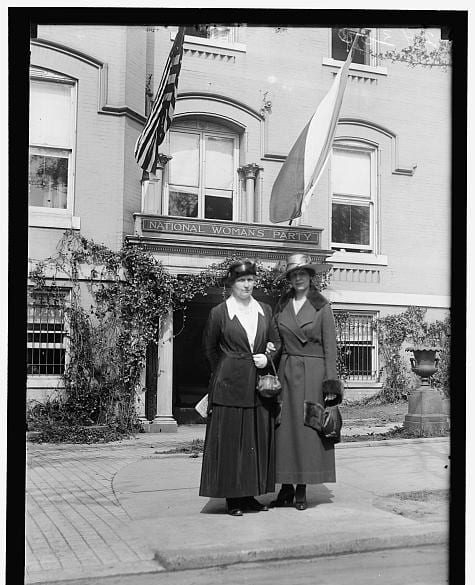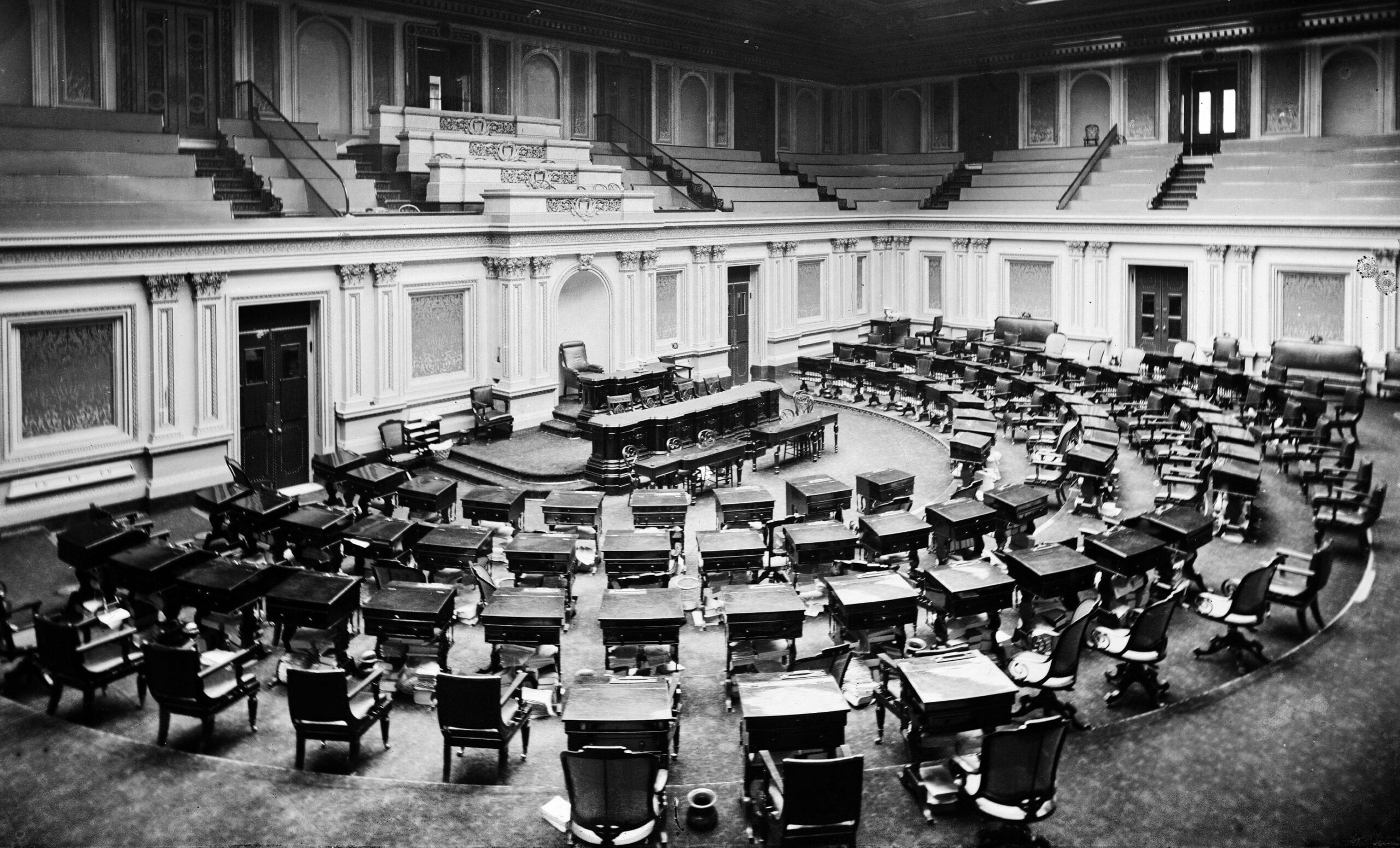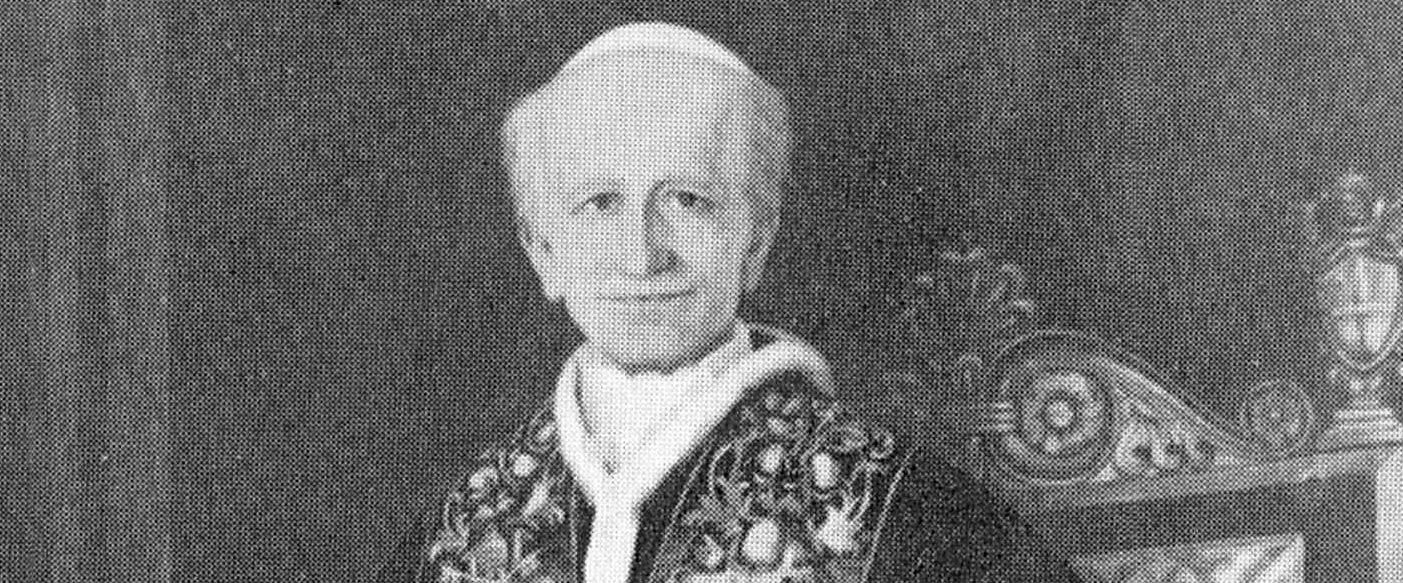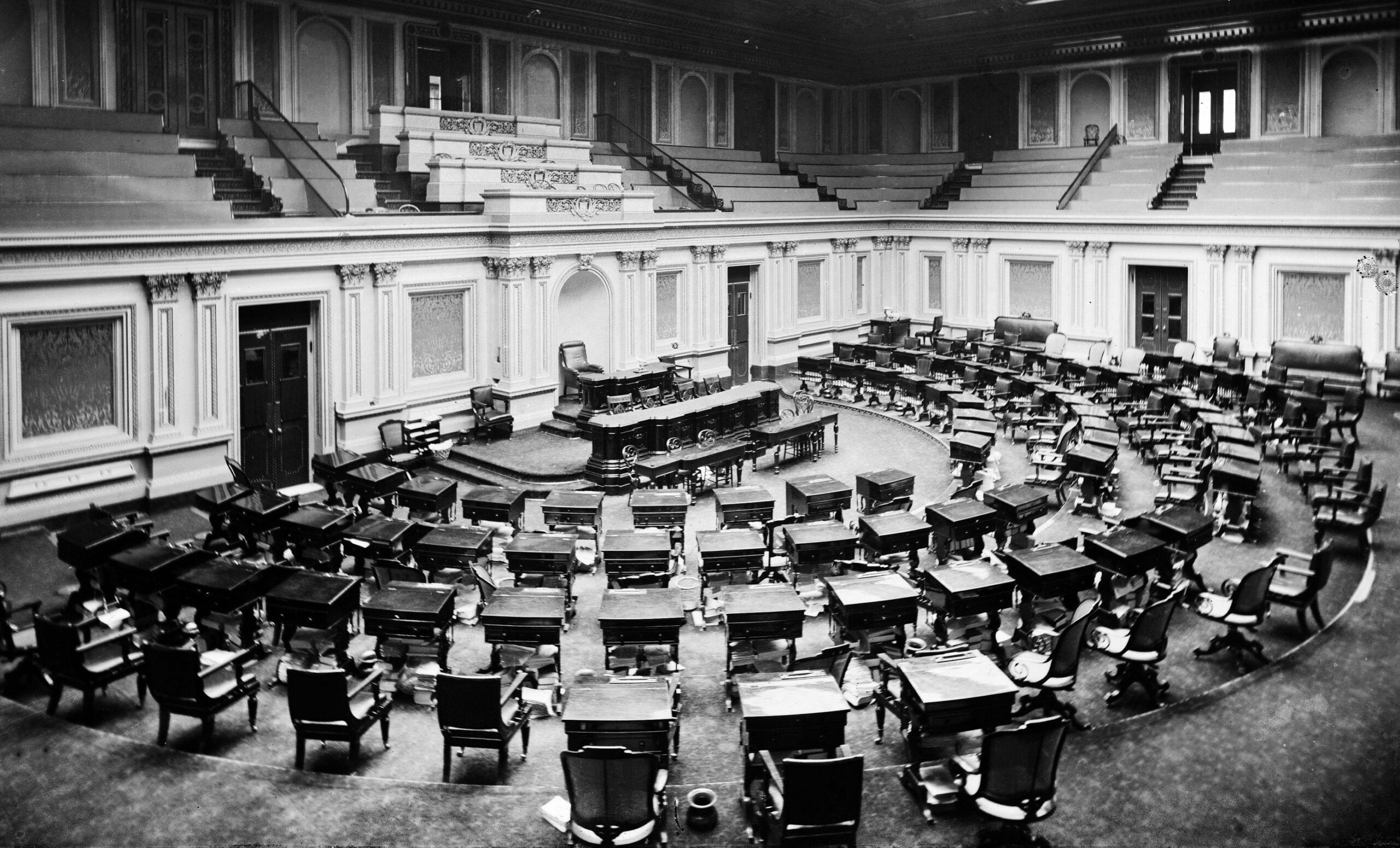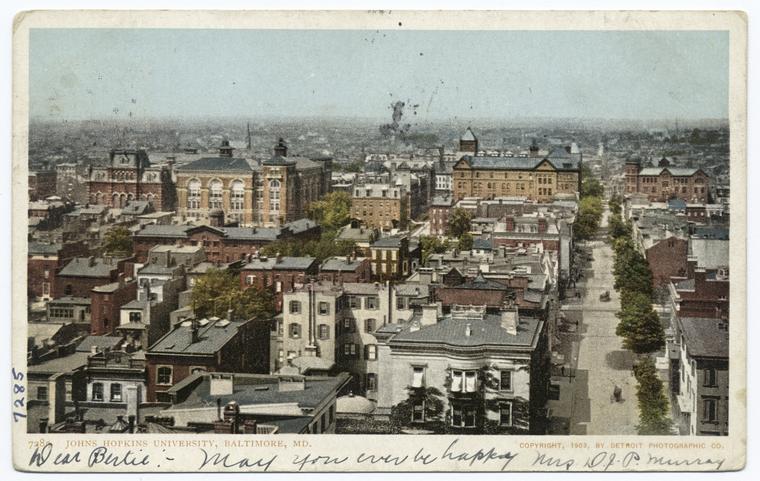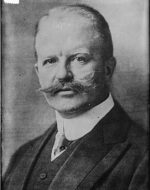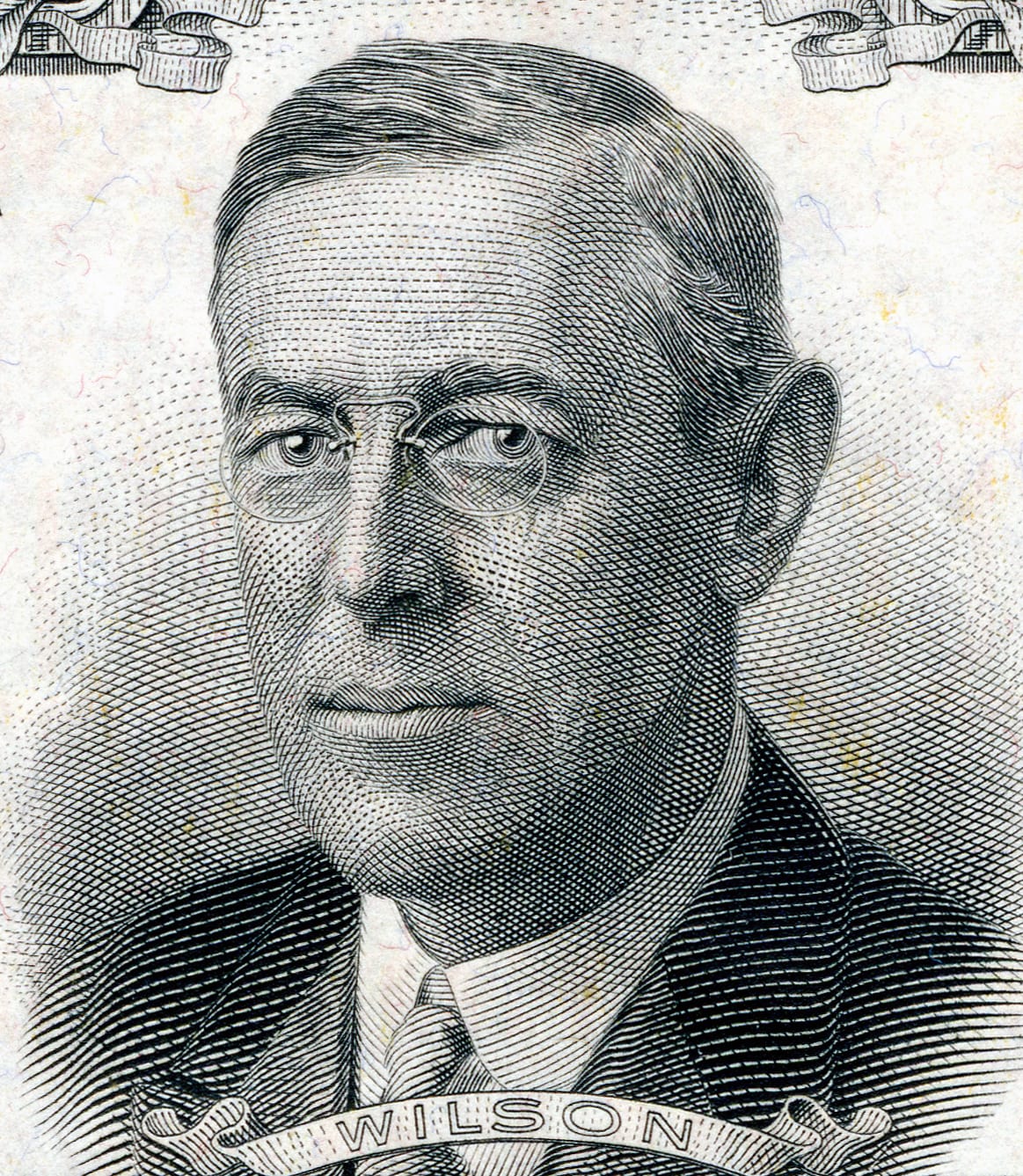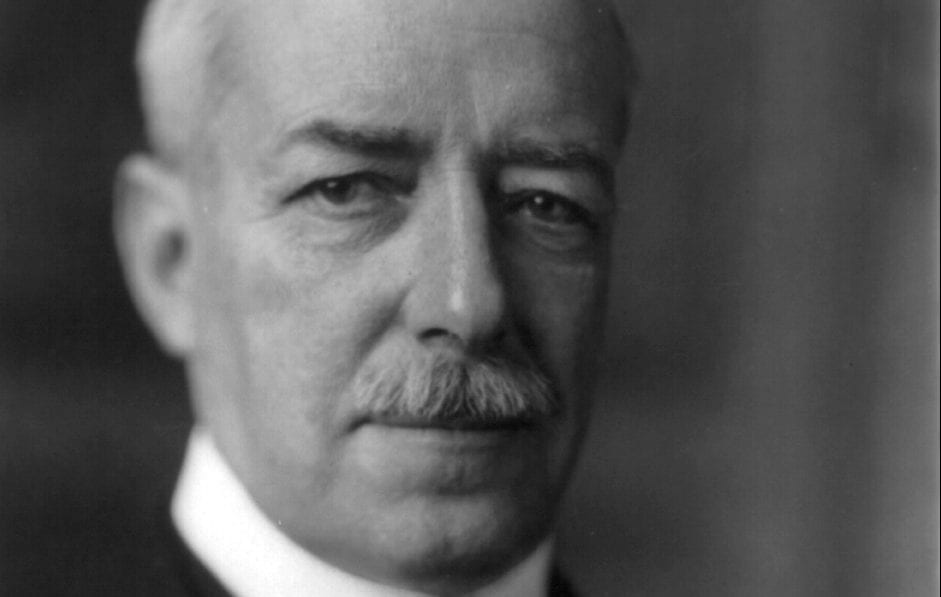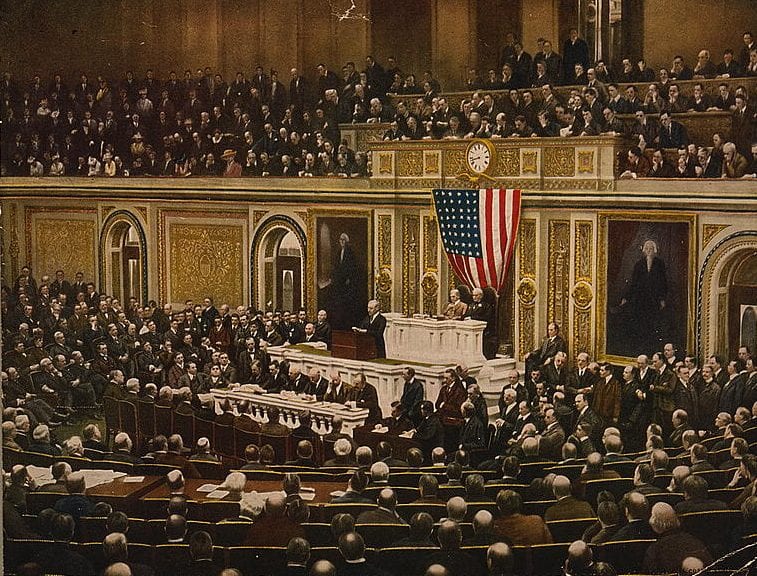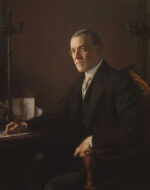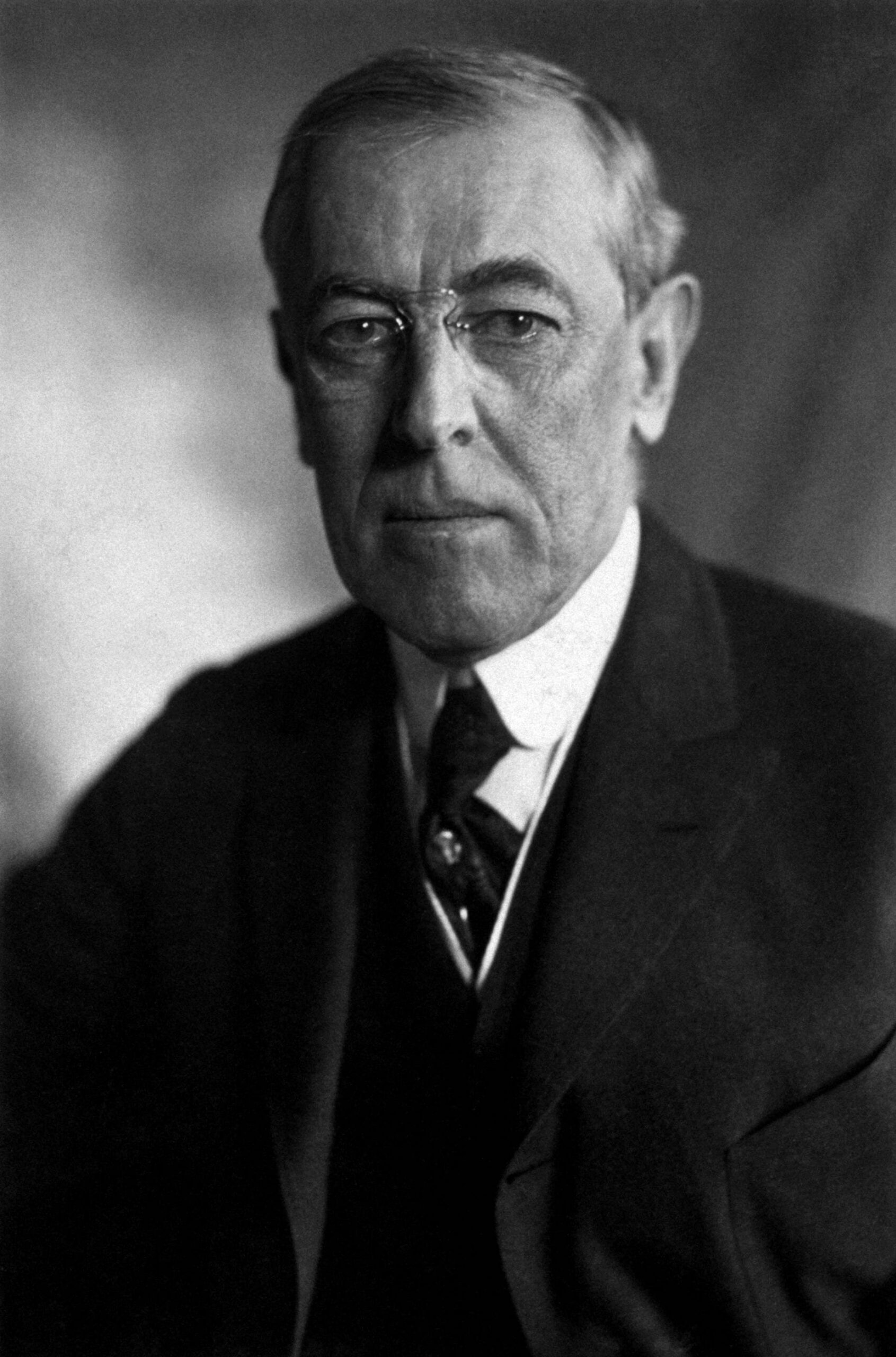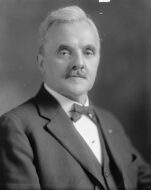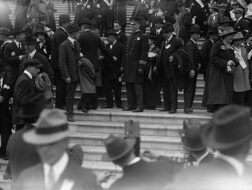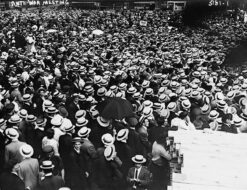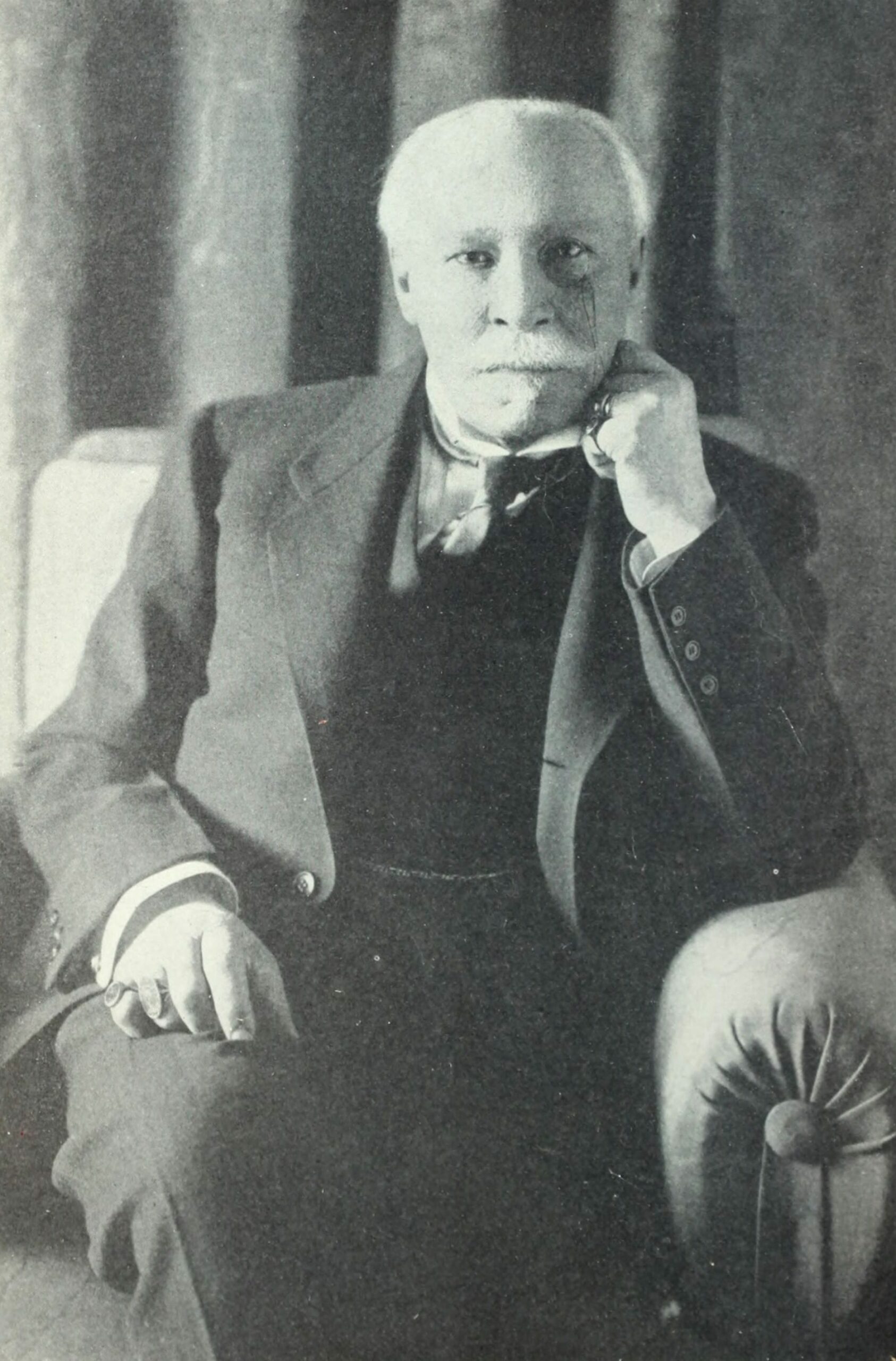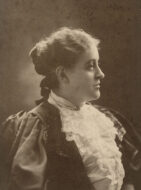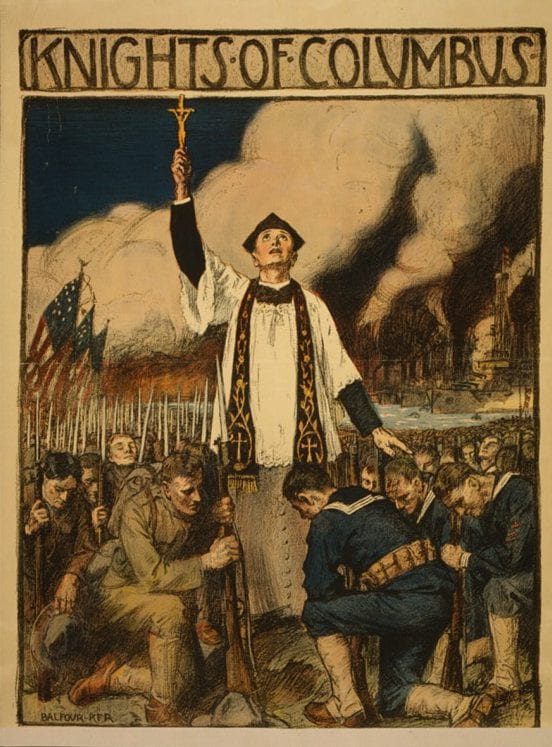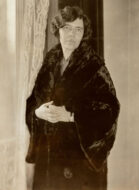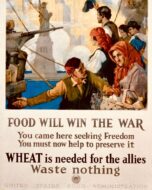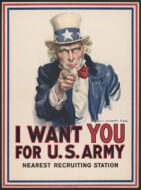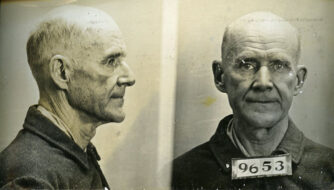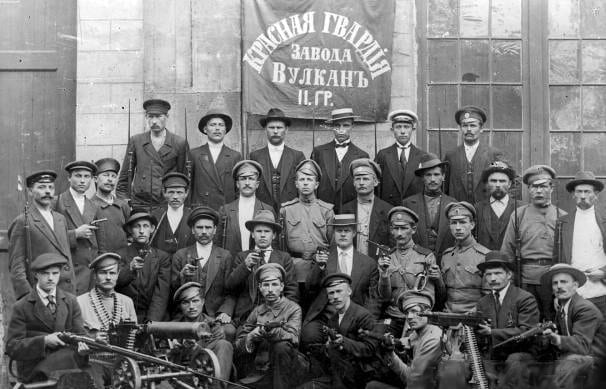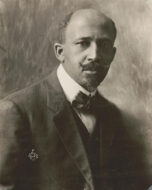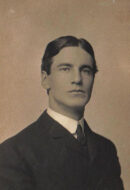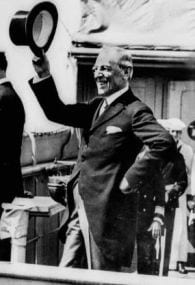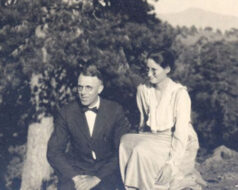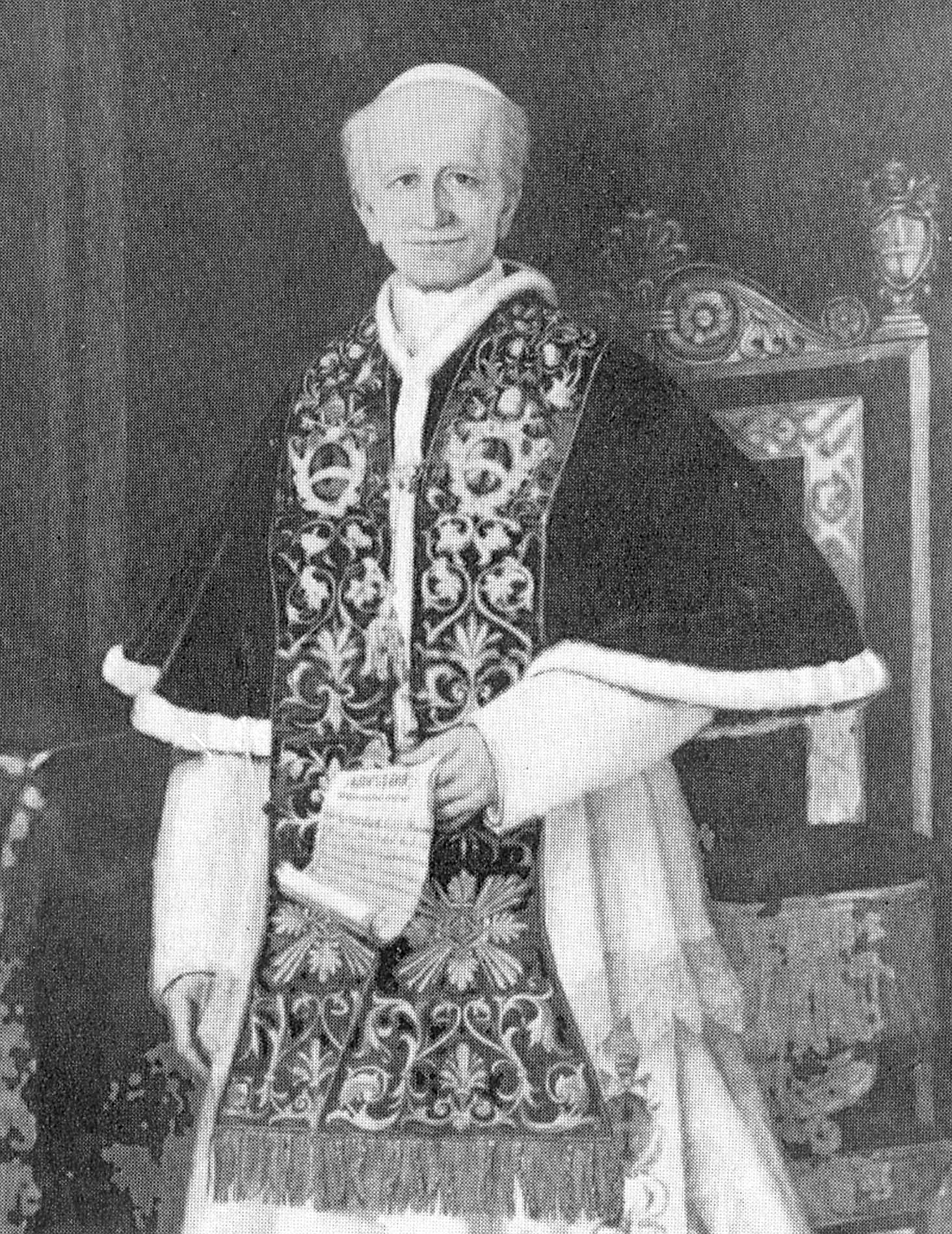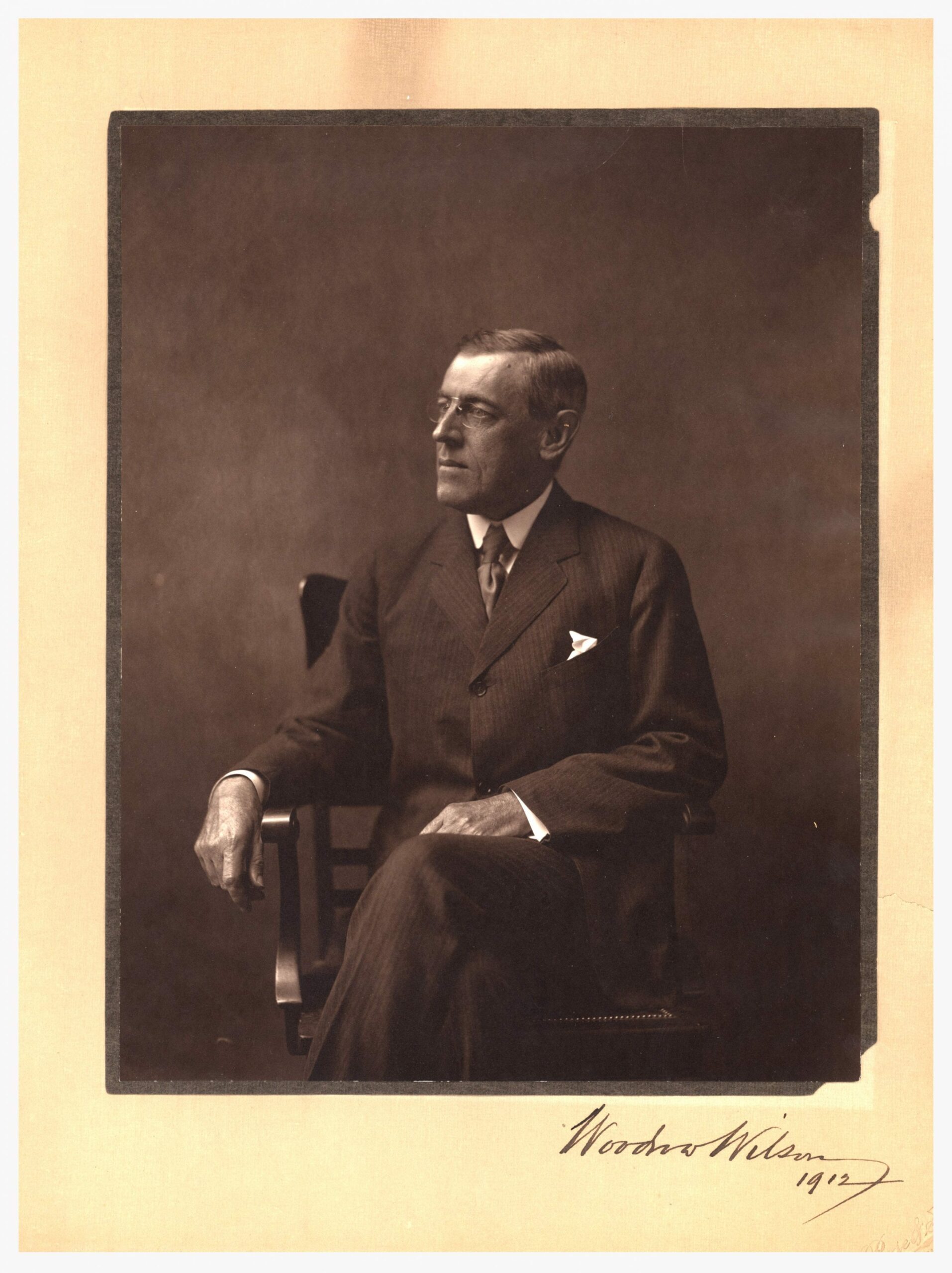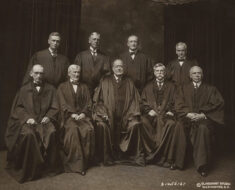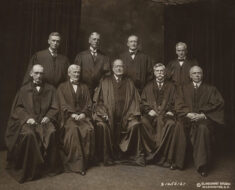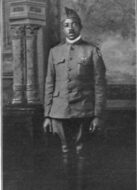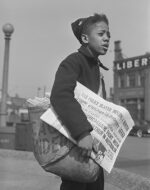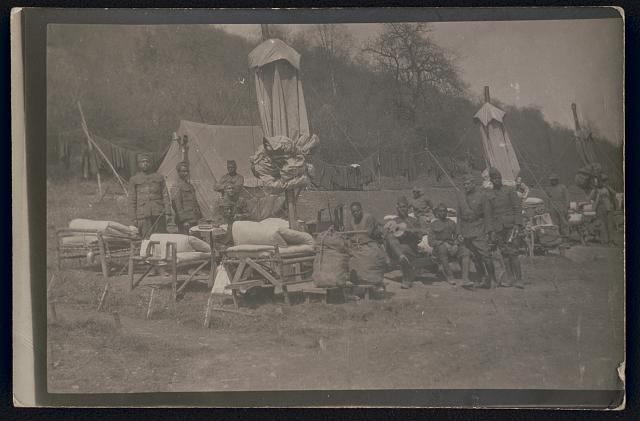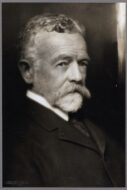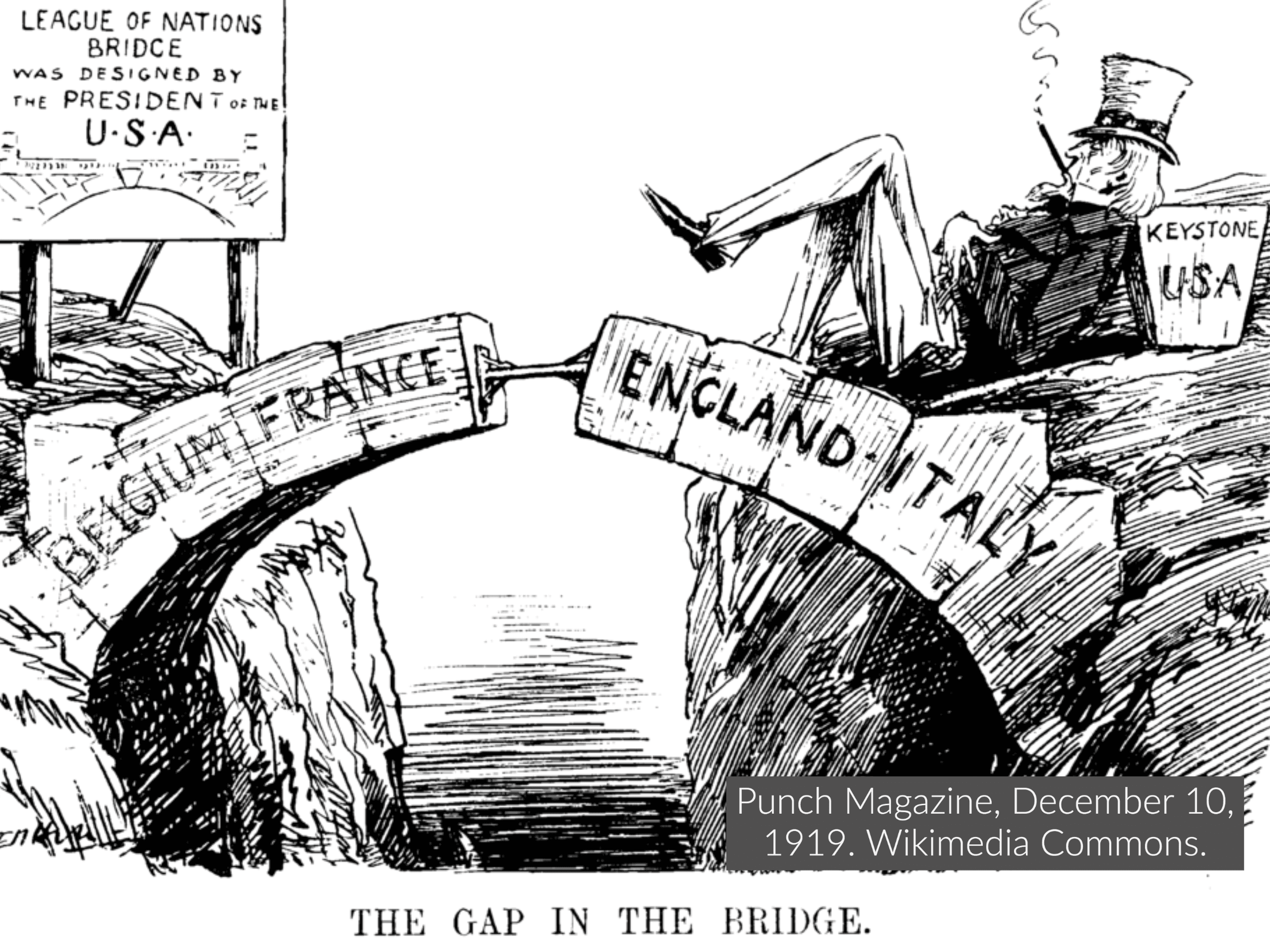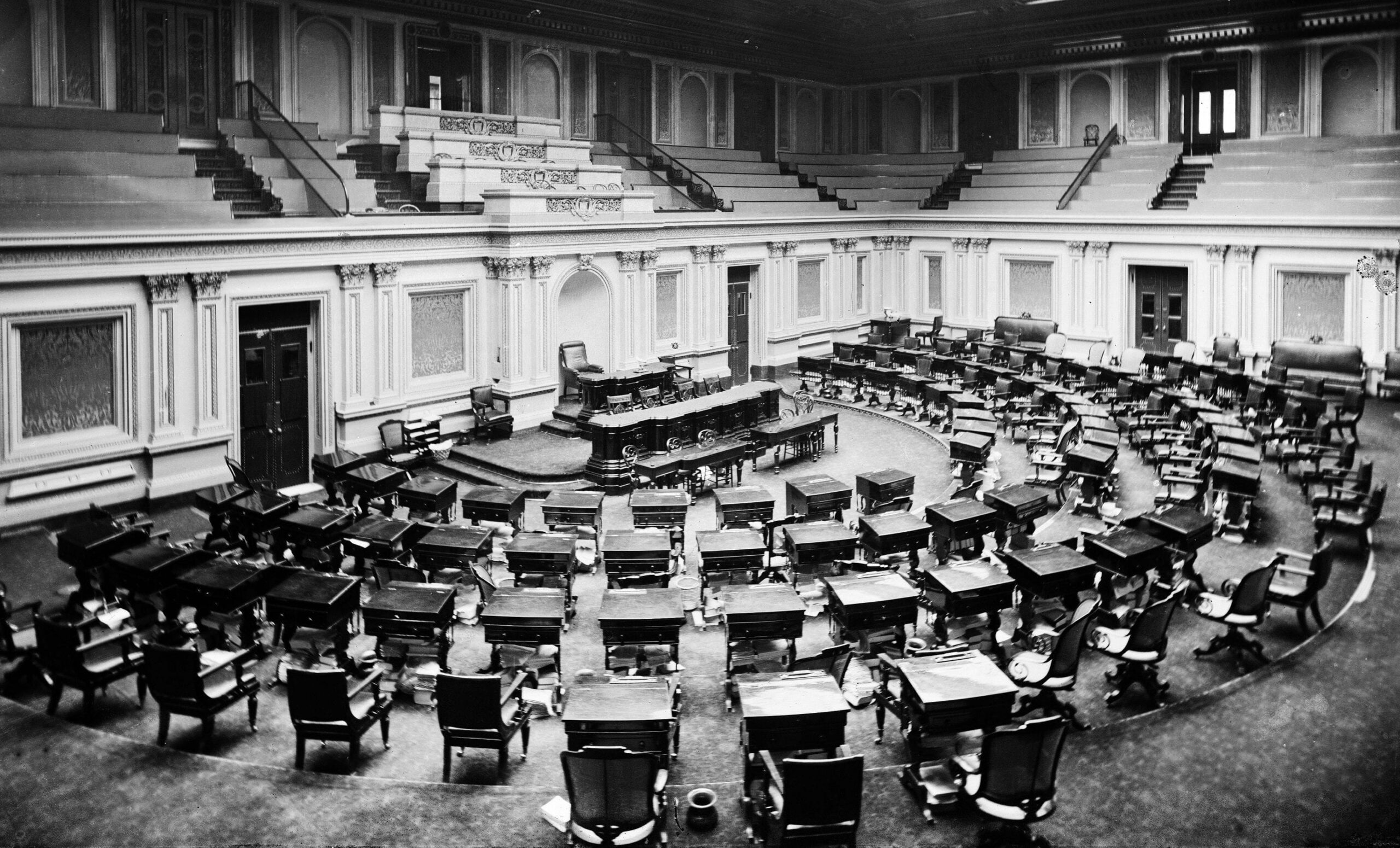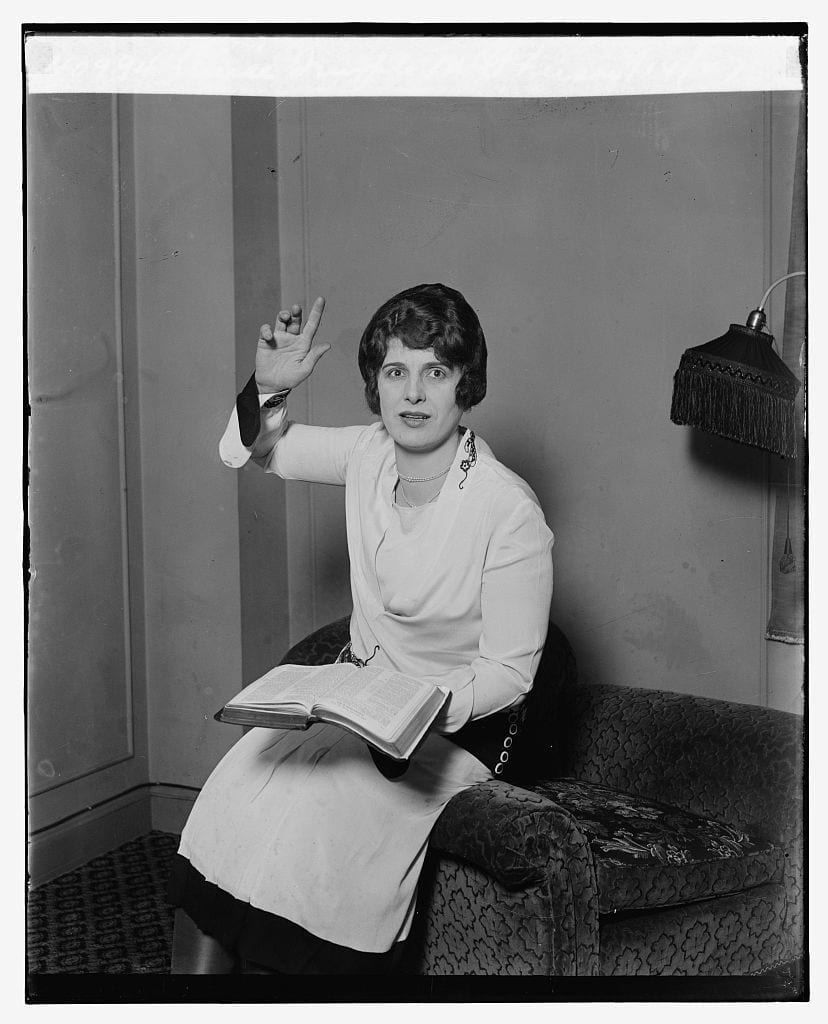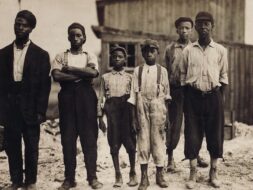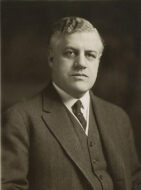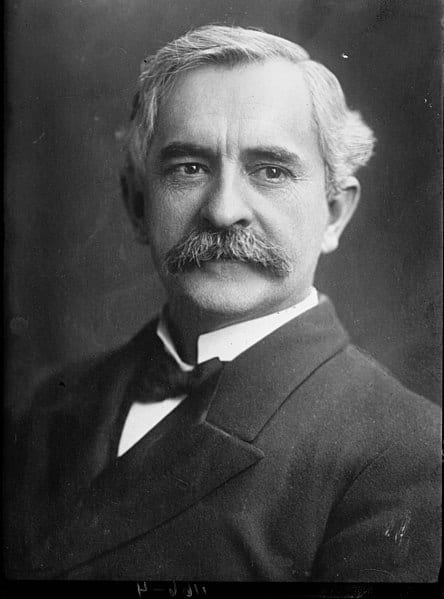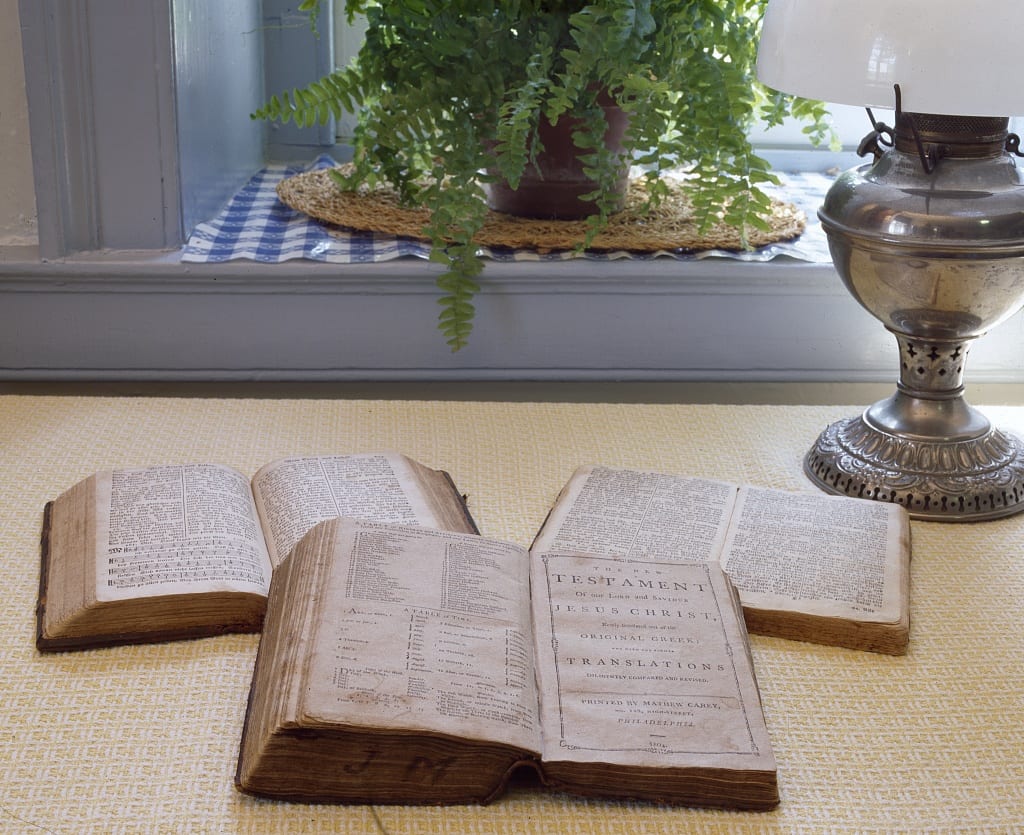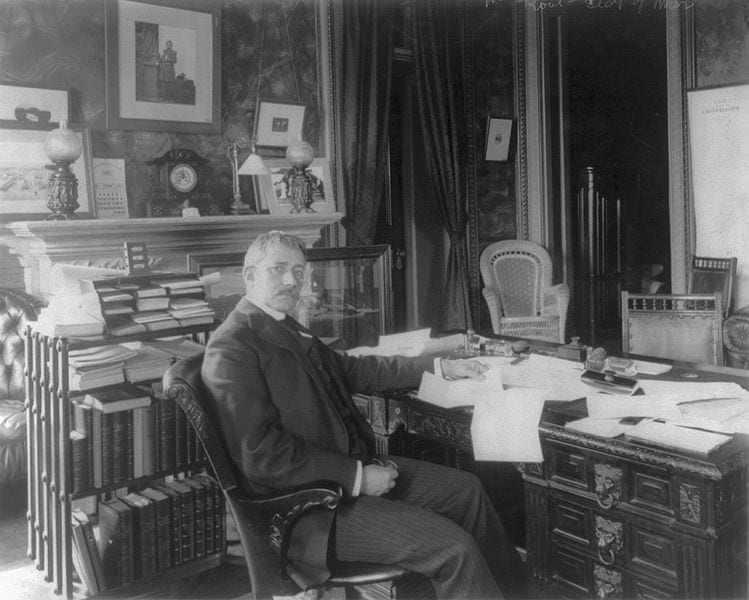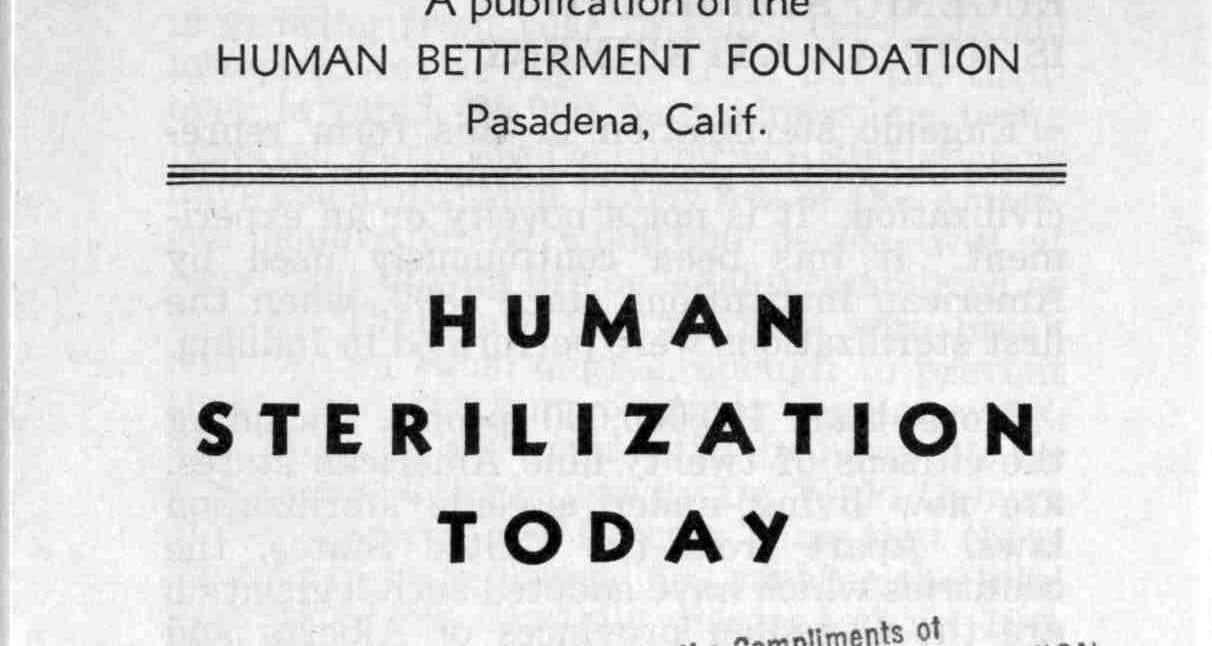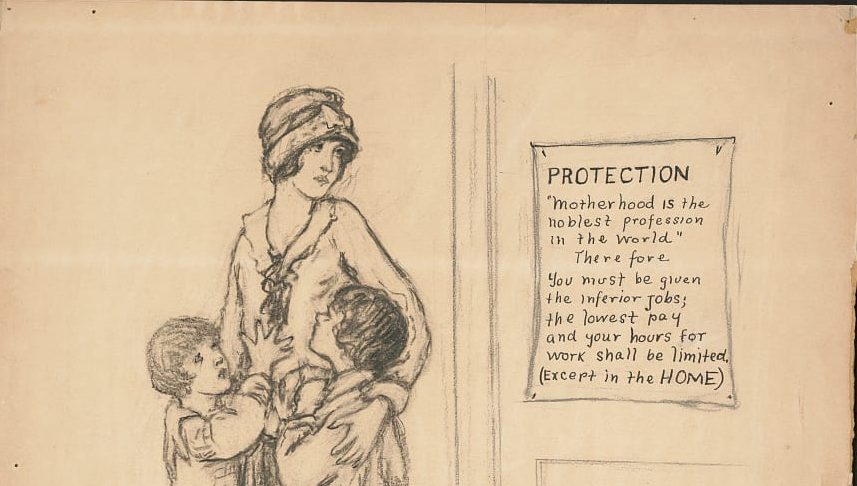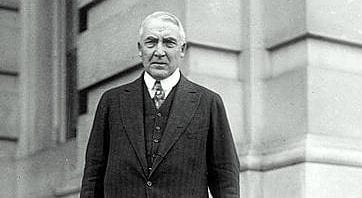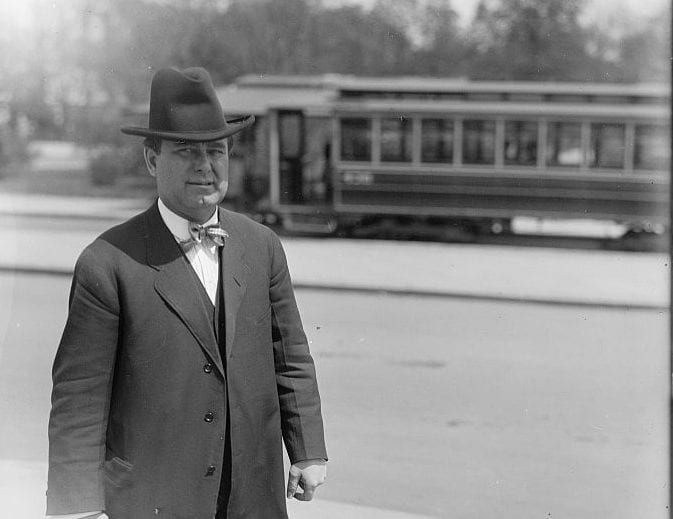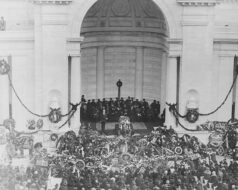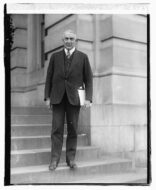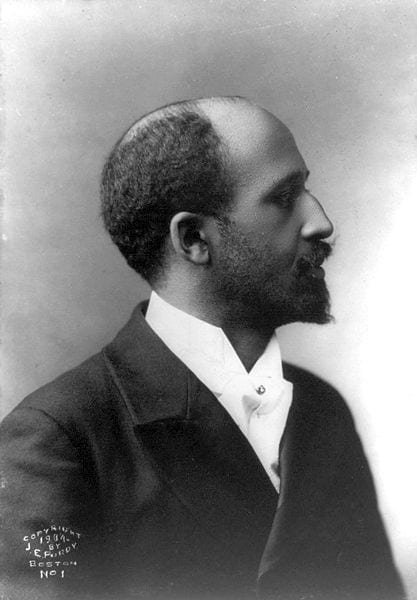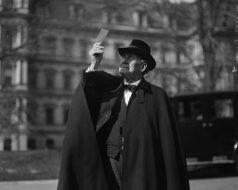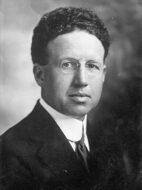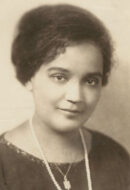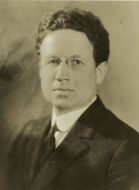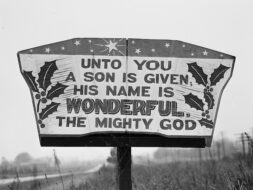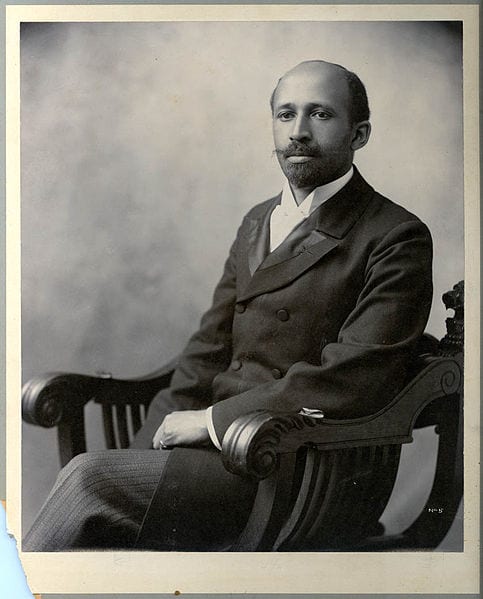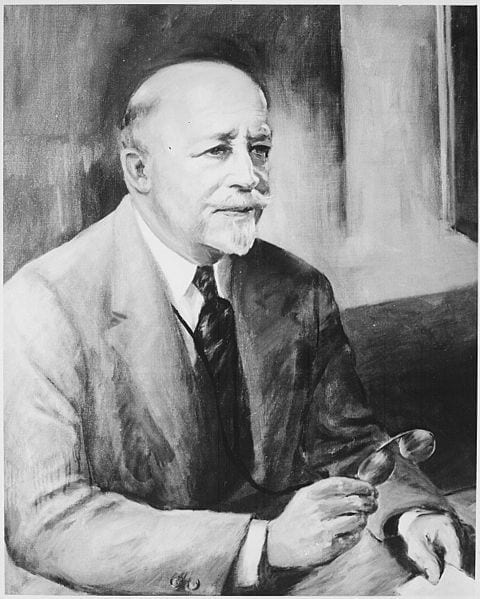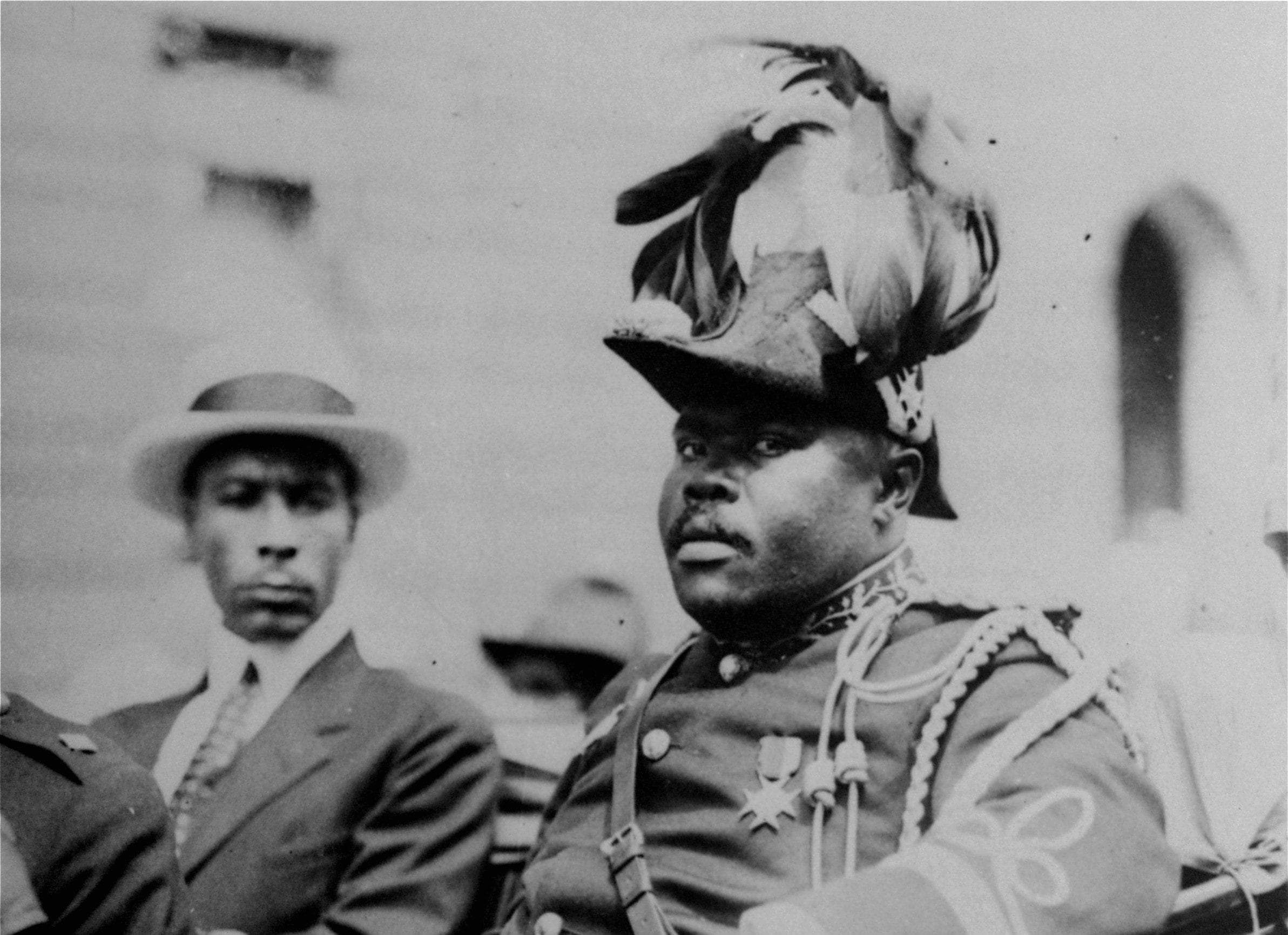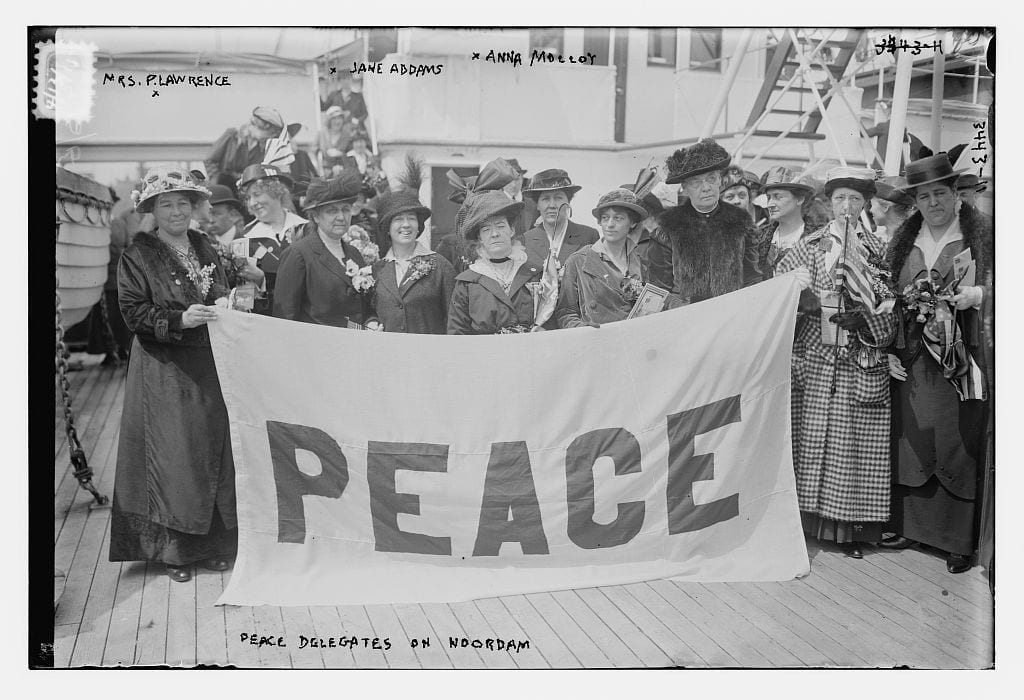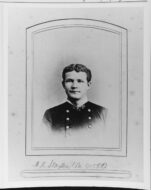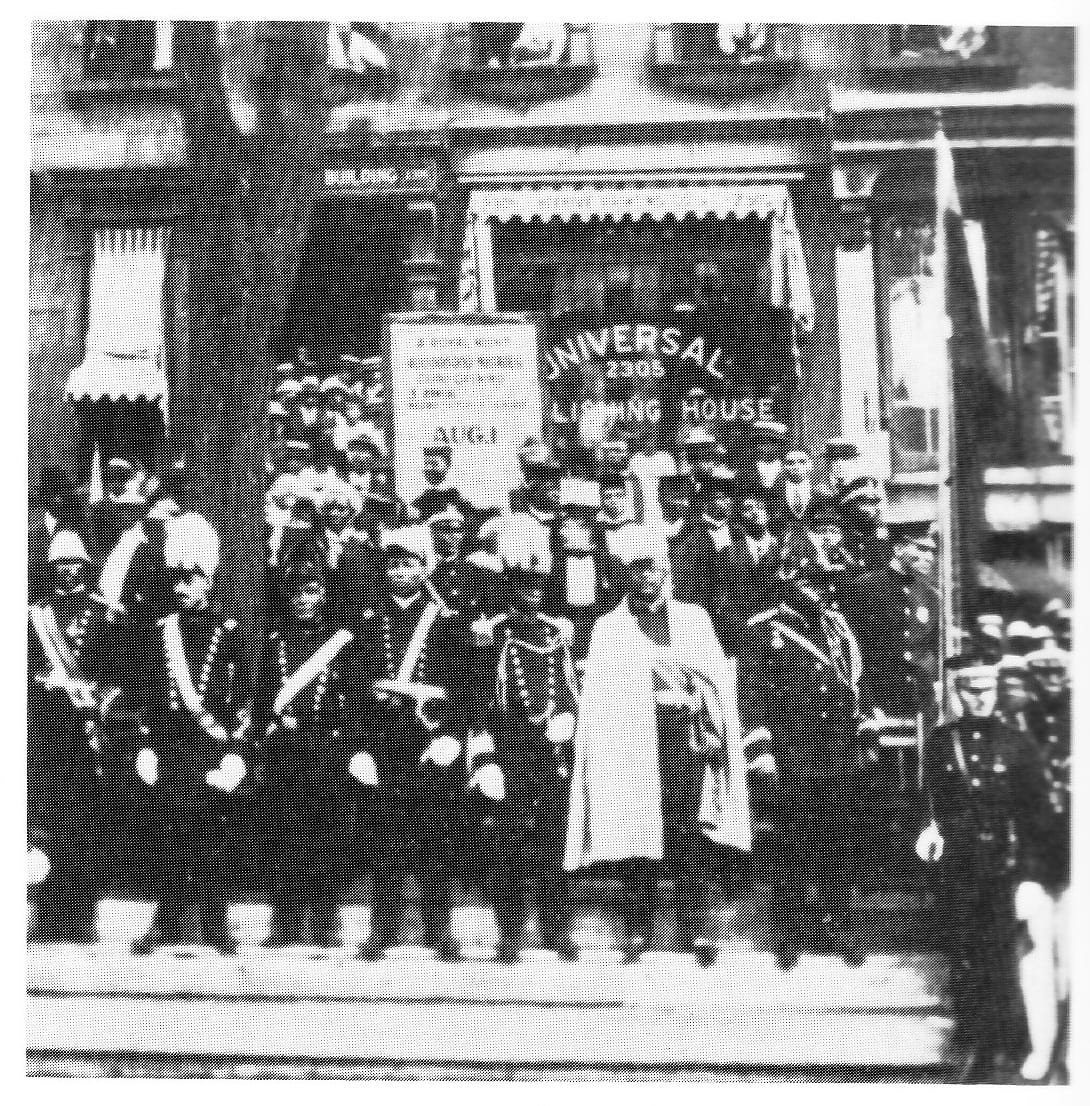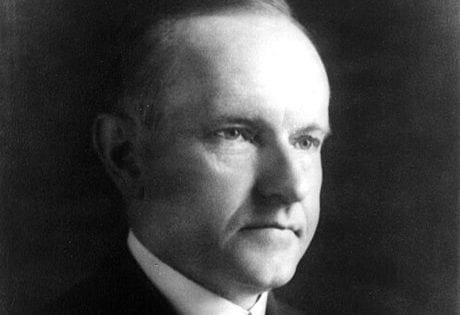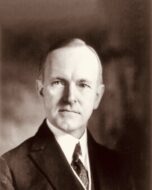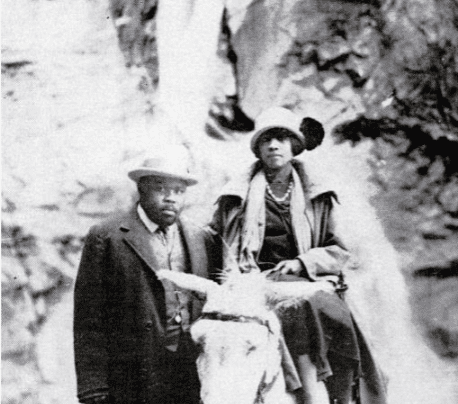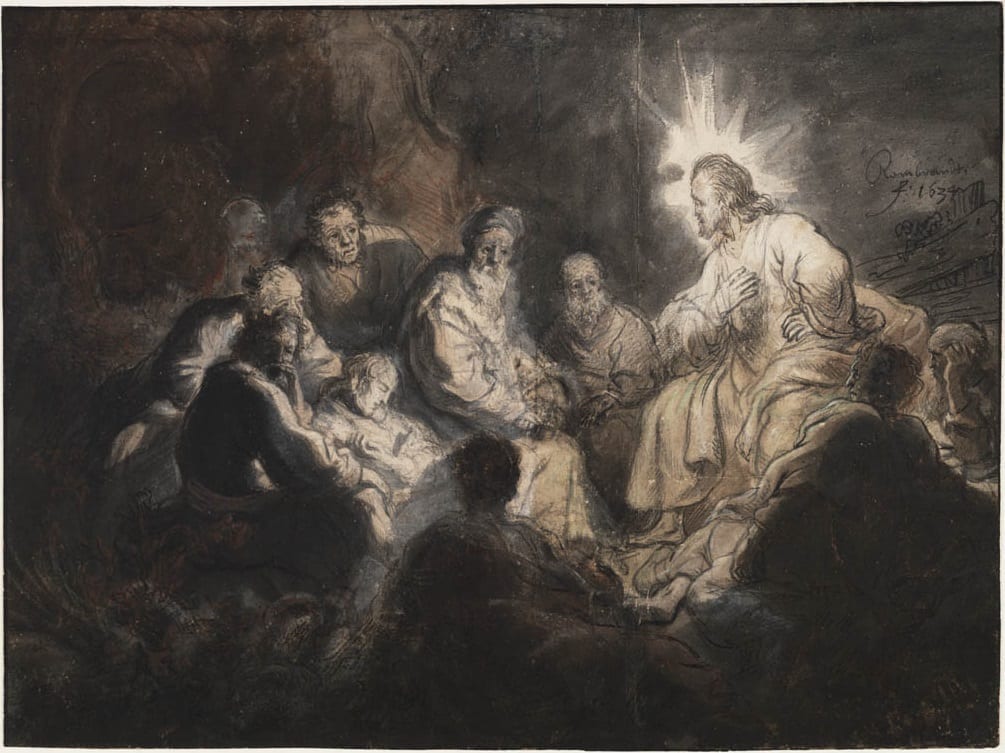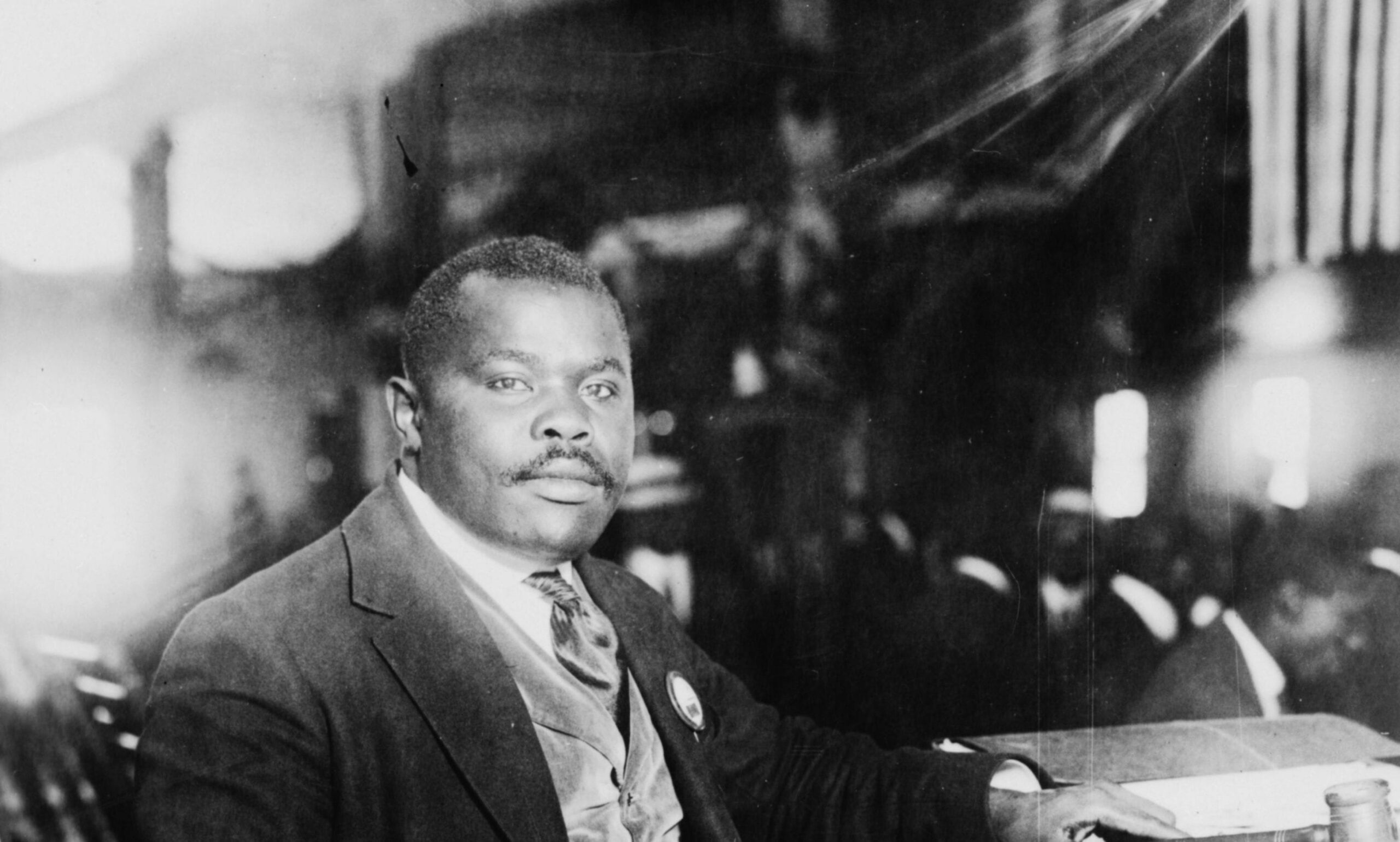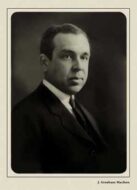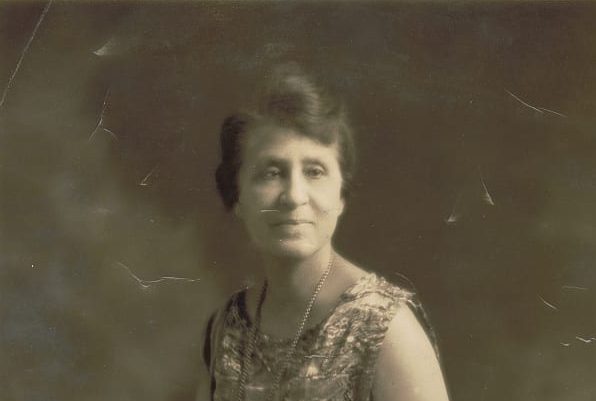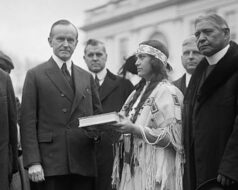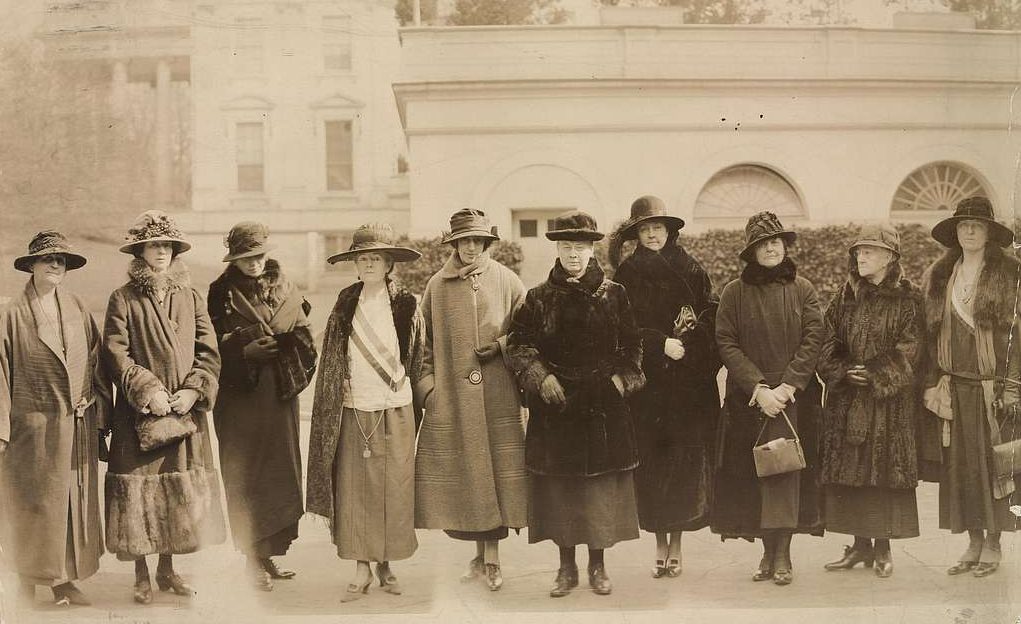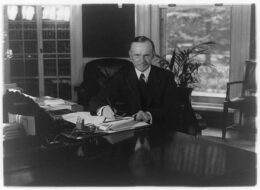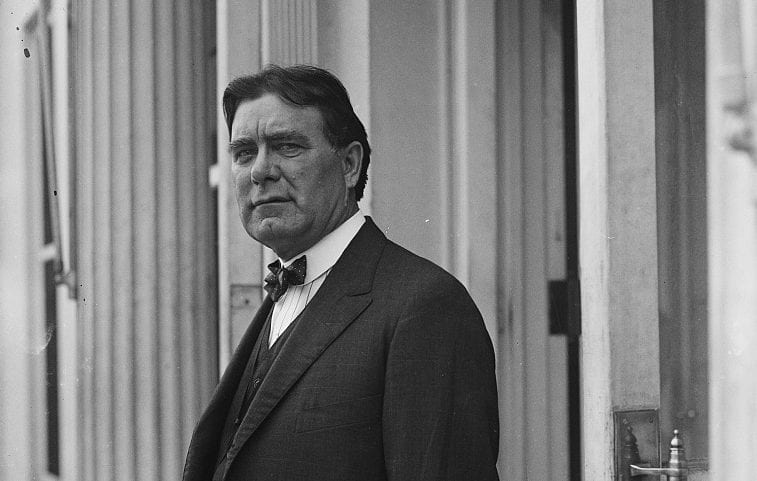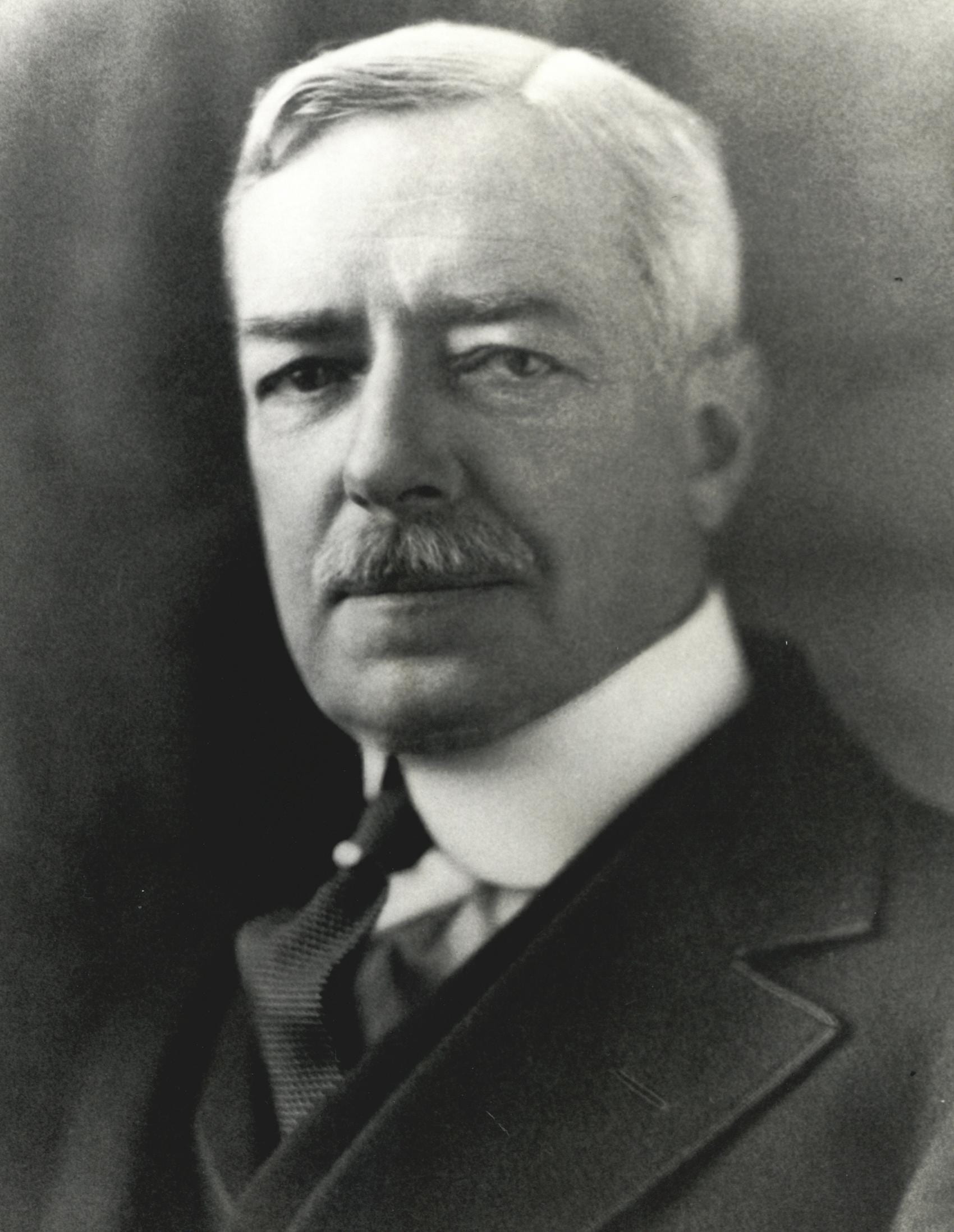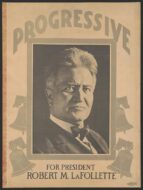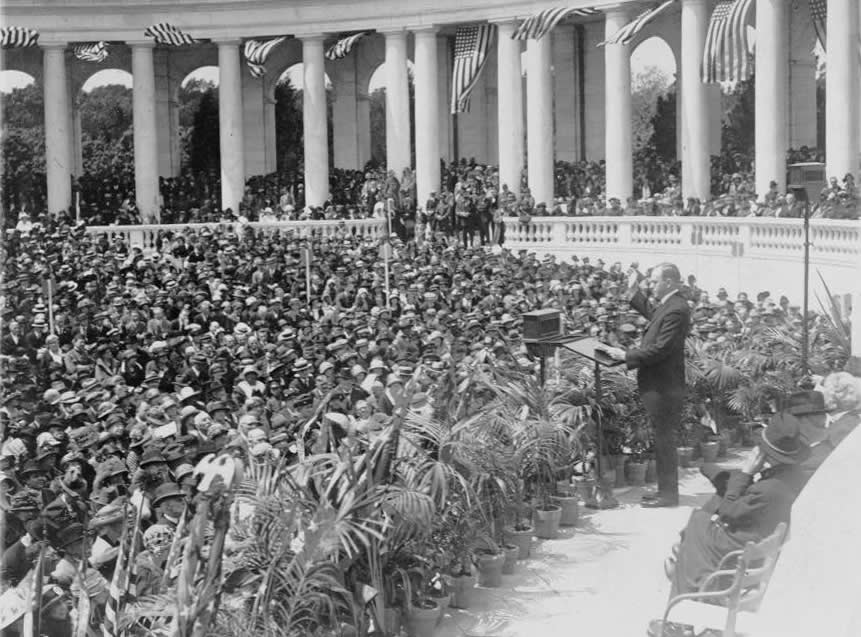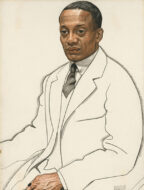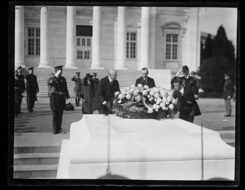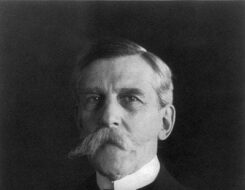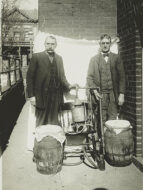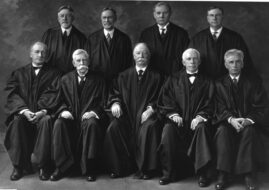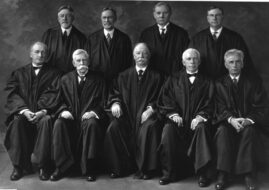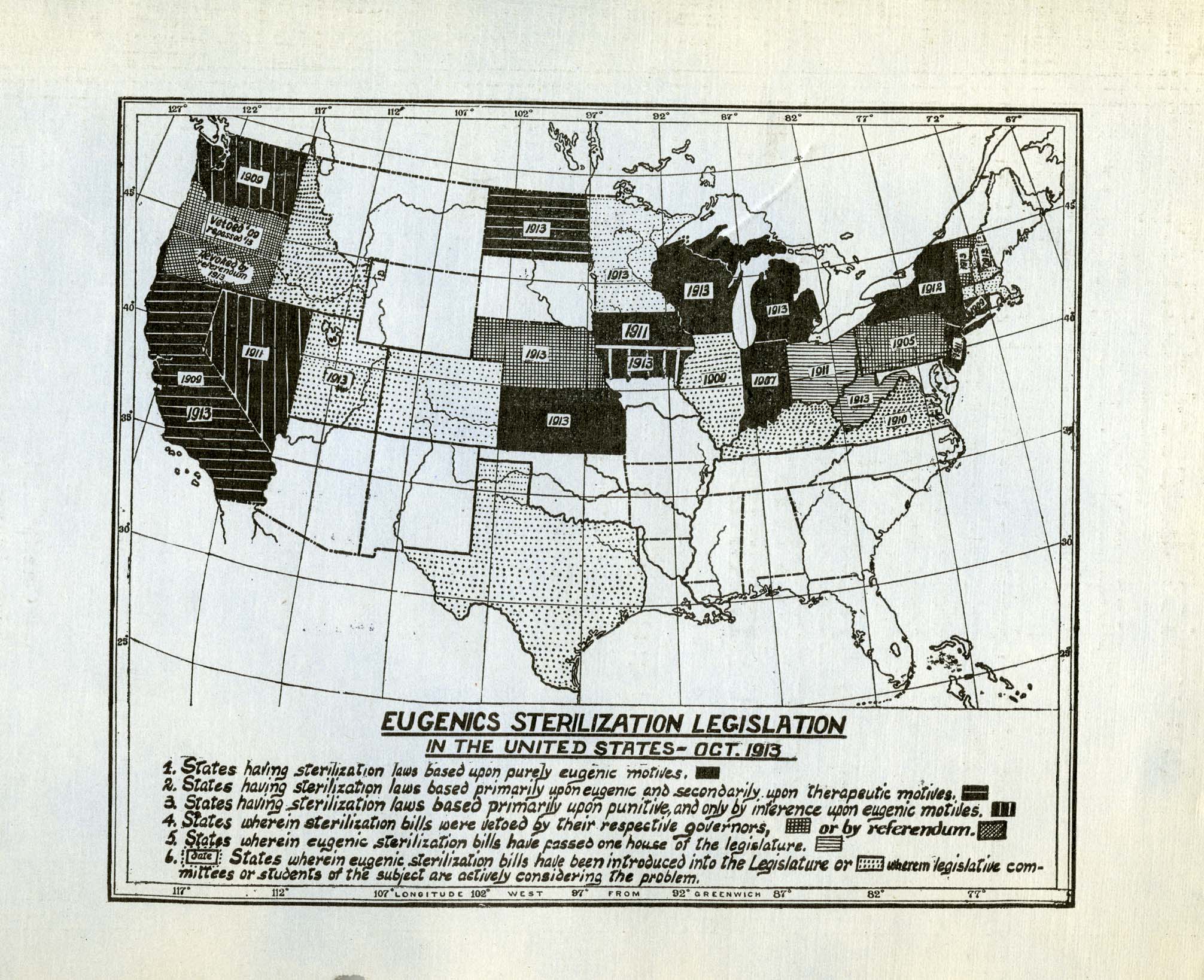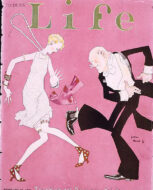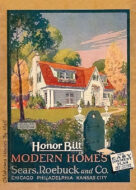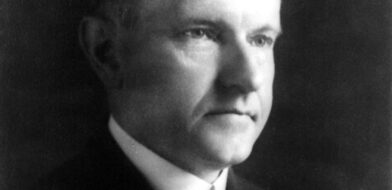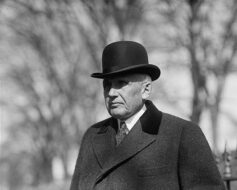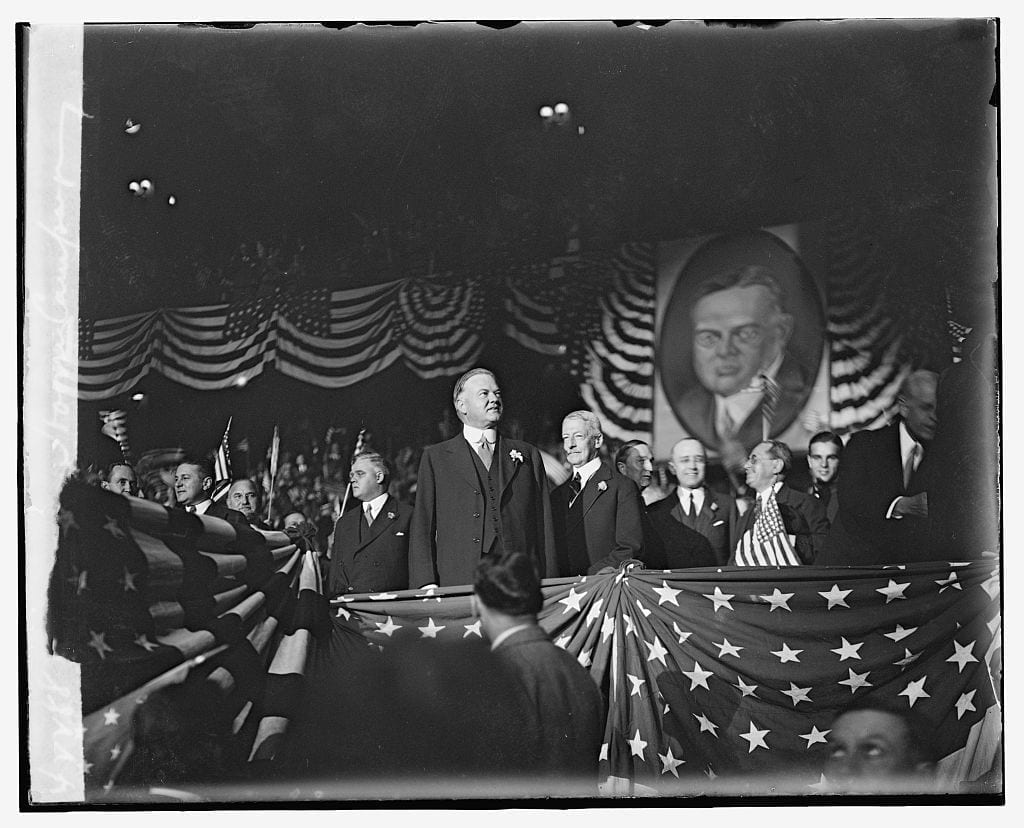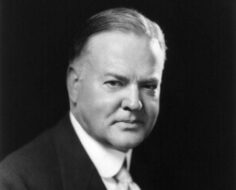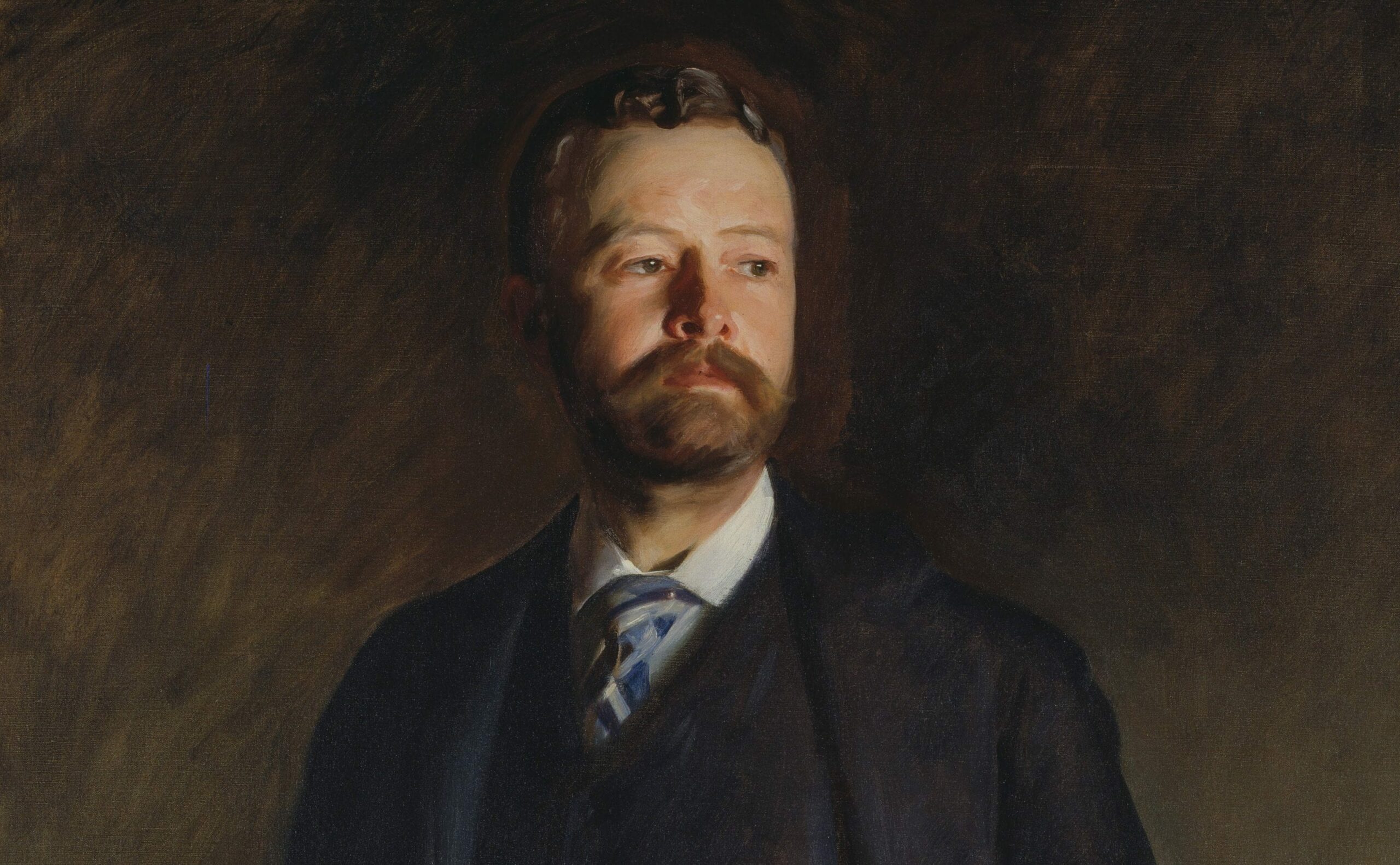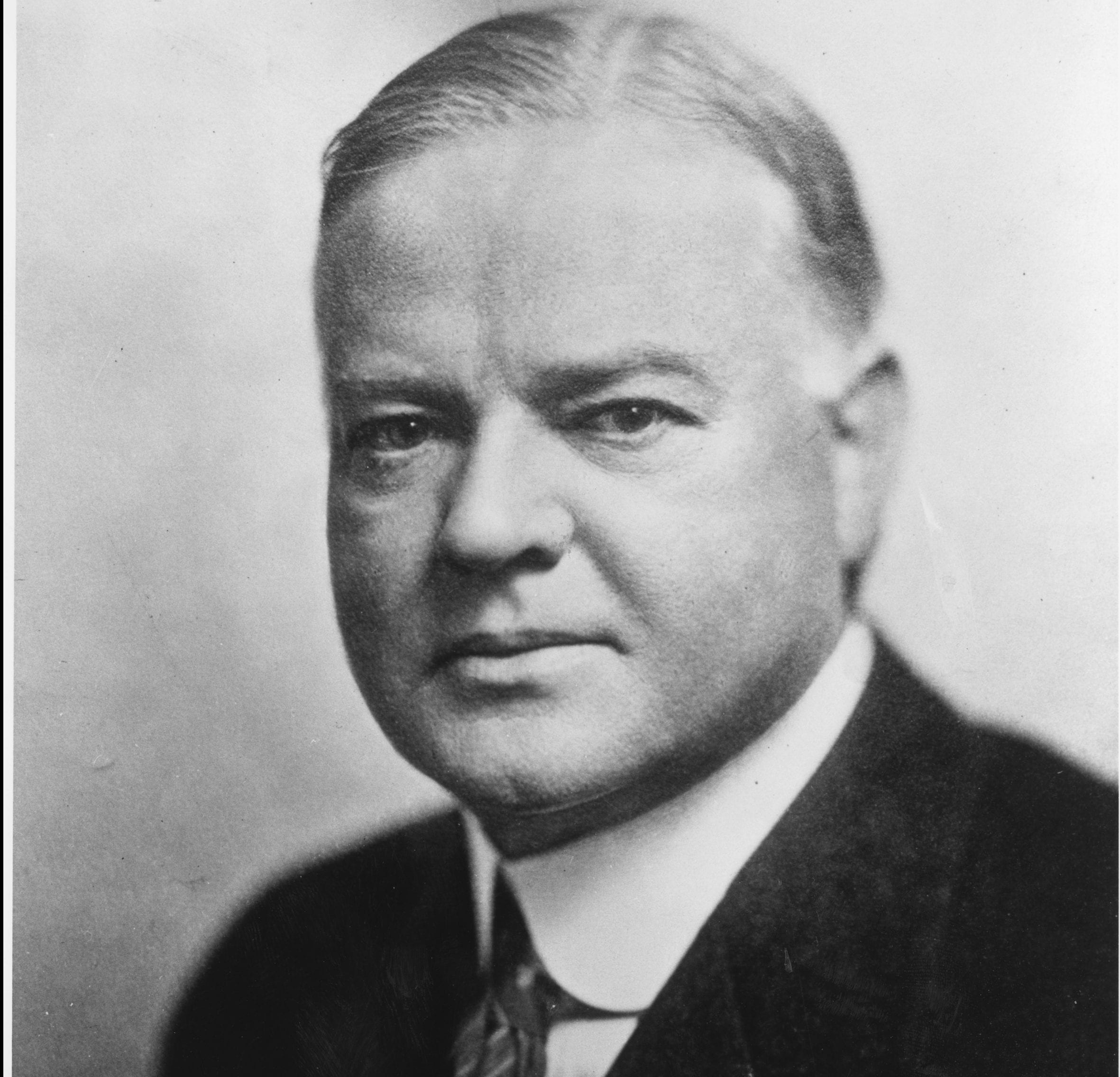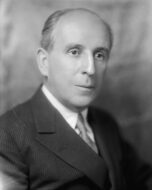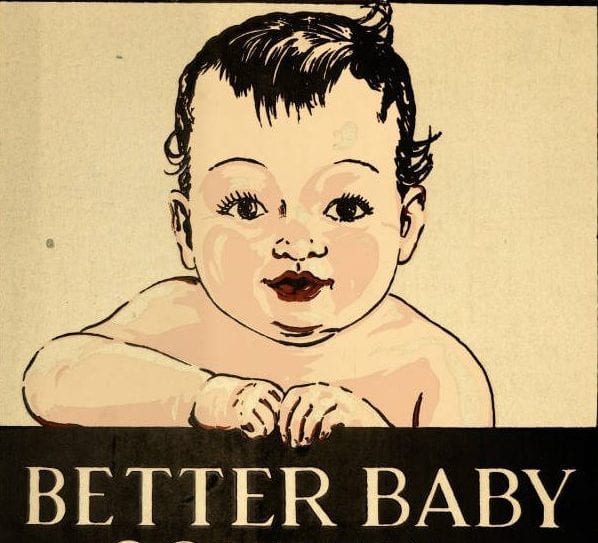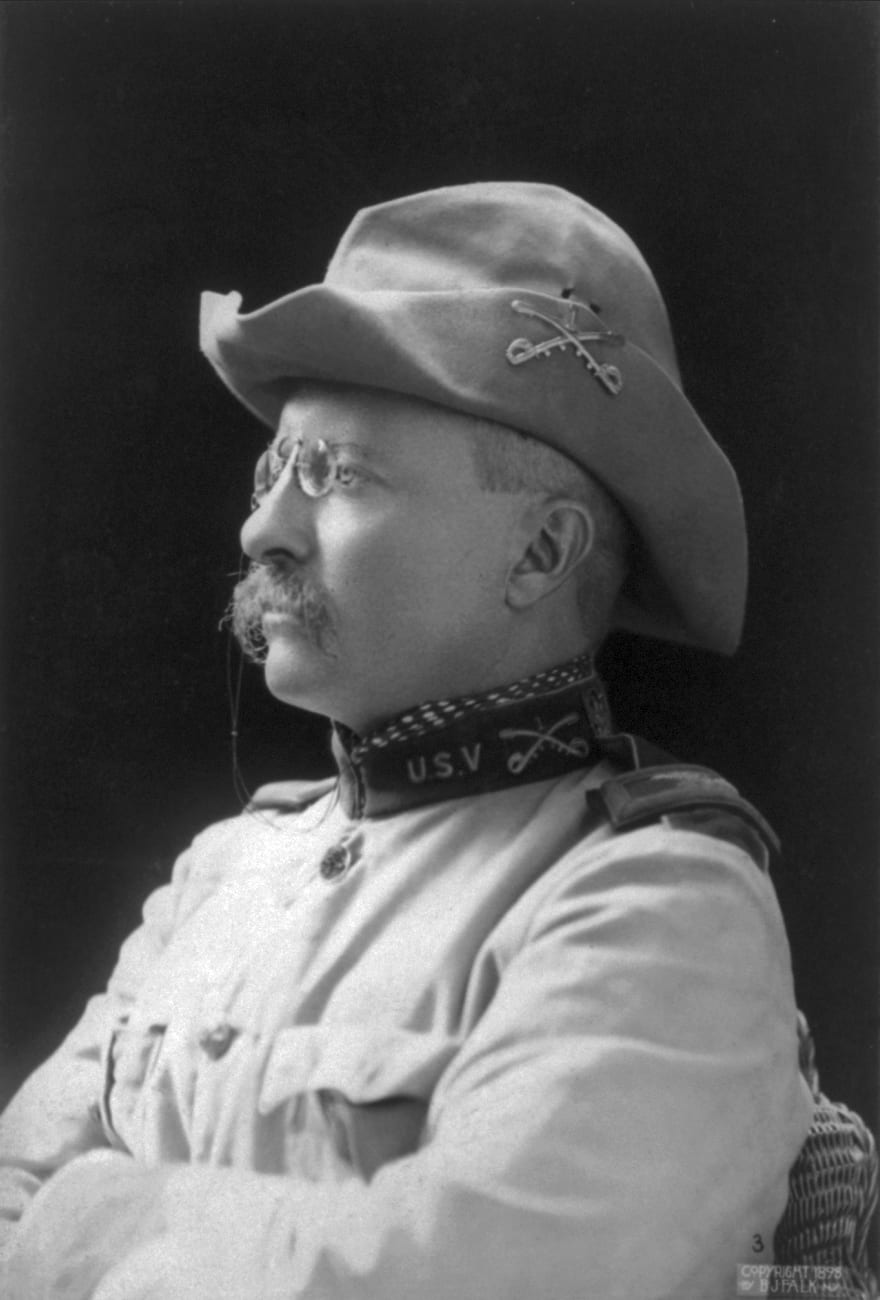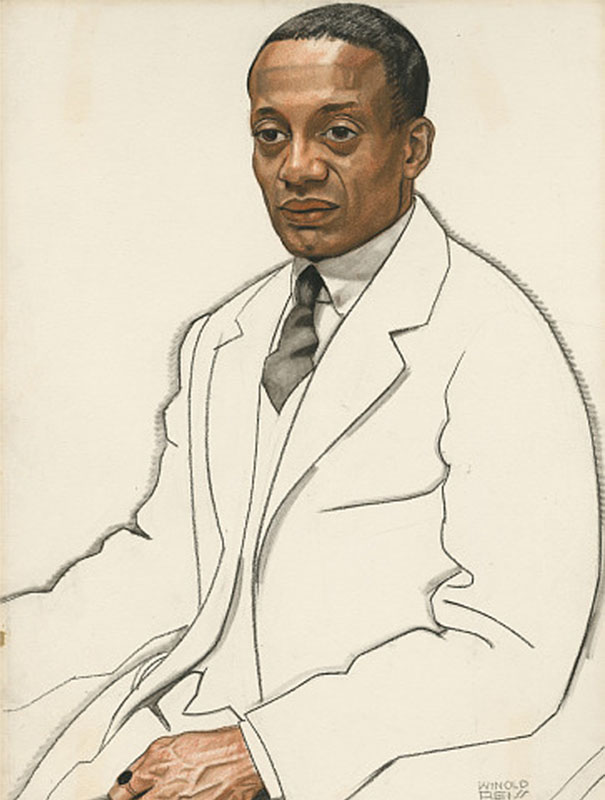
No related resources
Introduction
Harlem, a neighborhood in upper Manhattan, New York City, became a thriving hub of African American culture and politics in the 1920s. In 1925 the philosopher Alain Locke (1885–1954) edited a special edition of the magazine Survey Graphic entitled “Harlem, Mecca of the New Negro” and an extensive anthology, The New Negro: An Interpretation. These two compilations of essays, literature, and artwork announced the advent of the Harlem Renaissance, a period in the 1920s and 1930s when Black creative expression flourished.
The Harlem Renaissance celebrated the distinctiveness of Black culture, emphasizing its unique blend of African, Caribbean, and American roots. White patrons helped widen exposure to African American music, art, and literature beyond Harlem. Jazz music became so popular that Americans began referring to the 1920s as the Jazz Age.
“Enter the New Negro” examines the characteristics that set this generation of artists and civil rights activists apart from their predecessors. Locke includes verses from pivotal Harlem Renaissance poets Langston Hughes (1901–1967), Claude McKay (1890–1948), and James Weldon Johnson (1871–1938), whose expressions of self-confidence, racial pride, and protest epitomized the “New Negro” ethos.
Alain Locke, “Enter the New Negro,” Survey Graphic (March 1925), 631–634. Available at https://umedia.lib.umn.edu/item/p16022coll336:2133/p16022coll336:2037?child_index=8&query=&sidebar_page=3.
In the last decade something beyond the watch and guard of statistics has happened in the life of the American Negro,1 and the three norms who have traditionally presided over the Negro problem have a changeling in their laps. The Sociologist, The Philanthropist, the Race-leader are not unaware of the New Negro, but they are at a loss to account for him. He simply cannot be swathed in their formulae. For the younger generation is vibrant with a new psychology; the new spirit is awake in the masses, and under the very eyes of the professional observers is transforming what has been a perennial problem into the progressive phases of contemporary Negro life.
Could such a metamorphosis have taken place as suddenly as it has appeared to? The answer is no; not because the New Negro is not here, but because the Old Negro had long become more of a myth than a man. The Old Negro, we must remember, was a creature of moral debate and historical controversy. His has been a stock figure perpetuated as a historical fiction partly in innocent sentimentalism, partly in deliberate reactionism. The Negro himself has contributed his share to this through a sort of protective social mimicry2 forced upon him by the adverse circumstances of dependence. So for generations in the mind of America, the Negro has been more of a formula than a human being—a something to be argued about, condemned or defended, to be “kept down,” or “in his place,” or “helped up,” to be worried with or worried over, harassed or patronized, a social bogey or a social burden. The thinking Negro even has been induced to share this same general attitude, to focus his attention on controversial issues, to see himself in the distorted perspective of a social problem. His shadow, so to speak, has been more real to him than his personality. Through having had to appeal from the unjust stereotypes of his oppressors and traducers3 to those of his liberators, friends, and benefactors he has subscribed to the traditional positions from which his case has been viewed. Little true social or self-understanding has or could come from such a situation.
But while the minds of most of us, Black and white, have thus burrowed in the trenches of the Civil War and Reconstruction, the actual march of development has simply flanked these positions, necessitating a sudden reorientation of view. We have not been watching in the right direction; set North and South on a sectional axis, we have not noticed the East till the sun has us blinking.
Recall how suddenly the Negro spirituals4 revealed themselves; suppressed for generations under the stereotypes of Wesleyan hymn harmony, secretive, half-ashamed, until the courage of being natural brought them out—and behold, there was folk-music. Similarly the mind of the Negro seems suddenly to have slipped from under the tyranny of social intimidation and to be shaking off the psychology of imitation and implied inferiority. By shedding the old chrysalis5 of the Negro problem we are achieving something like a spiritual emancipation. Until recently, lacking self-understanding, we have been almost as much of a problem to ourselves as we still are to others. But the decade that found us with a problem has left us with only a task. The multitude perhaps feels as yet only a strange relief and a new vague urge, but the thinking few know that in the reaction the vital inner grip of prejudice has been broken.
With this renewed self-respect and self-dependence, the life of the Negro community is bound to enter a new dynamic phase, the buoyancy from within compensating for whatever pressure there may be of conditions from without. The migrant masses, shifting from countryside to city, hurdle several generations of experience at a leap, but more important, the same thing happens spiritually in the life-attitudes and self-expression of the Young Negro, in his poetry, his art, his education, and his new outlook, with the additional advantage, of course, of the poise and greater certainty of knowing what it is all about. From this comes the promise and warrant of a new leadership. As one of them has discerningly put it:
| We have tomorrow Bright before us Like a flame. |
Yesterday, a night-gone thing A sun-down name. |
|
| And dawn today Broad arch above the road we came. We march!6… |
. . .This is indeed a critical stage of race relationships because of the likelihood, if the new temper is not understood, of engendering sharp group antagonism and a second crop of more calculated prejudice. In some quarters, it has already done so. Having weaned the Negro, public opinion cannot continue to paternalize. The Negro today is inevitably moving forward under the control largely of his own objectives. What are these objectives? Those of his outer life are happily already well and finally formulated, for they are none other than the ideals of American institutions and democracy. Those of his inner life are yet in process of formation, for the new psychology at present is more of a consensus of feeling than of opinion, of attitude rather than of program. Still some points seem to have crystallized.
Up to the present one may adequately describe the Negro’s “inner objectives” as an attempt to repair a damaged group psychology and reshape a warped social perspective. Their realization has required a new mentality for the American Negro. And as it matures we begin to see its effects; at first, negative, iconoclastic, and then positive and constructive. In this new group psychology we note the lapse of sentimental appeal, then the development of a more positive self-respect and self-reliance; the repudiation of social dependence, and then the gradual recovery from hyper-sensitiveness and “touchy” nerves, the repudiation of the double standard of judgment with its special philanthropic allowances and then the sturdier desire for objective and scientific appraisal; and finally the rise from social disillusionment to race pride, from the sense of social debt to the responsibilities of social contribution, and off-setting the necessary working and commonsense acceptance of restricted conditions, the belief in ultimate esteem and recognition. Therefore, the Negro today wishes to be known for what he is, even in his faults and shortcomings, and scorns a craven and precarious survival at the price of seeming to be what he is not. He resents being spoken for as a social ward or minor, even by his own, and to being regarded a chronic patient for the sociological clinic, the sick man of American Democracy. For the same reasons, he himself is through with those social nostrums and panaceas, the so-called “solutions” of his “problem,” with which he and the country have been so liberally dosed in the past. Religion, freedom, education, money—in turn, he has ardently hoped for and peculiarly trusted these things; he still believes in them, but not in blind trust that they alone will solve his life-problem. . . .
The Negro mind reaches out as yet to nothing but American wants, American ideas. But this forced attempt to build his Americanism on race values is a unique social experiment, and its ultimate success is impossible except through the fullest sharing of American culture and institutions. There should be no delusion about this. American nerves in sections unstrung with race hysteria are often fed the opiate that the trend of Negro advance is wholly separatist, and that the effect of its operation will be to encyst7 the Negro as a benign foreign body in the body politic. This cannot be—even if it were desirable. . . .
There is, of course, a warrantably comfortable feeling in being on the right side of the country’s professed ideals. We realize that we cannot be undone without America’s undoing. It is within the gamut of this attitude that the thinking Negro faces America, but the variations of mood in connection with it are if anything more significant than the attitude itself. Sometimes we have it taken with the defiant ironic challenge of [Claude] McKay:
Mine is the future grinding down today
Like a great landslip moving to the sea,
Bearing its freight of debris far away
Where the green hungry waters restlessly
Heave mammoth pyramids and break and roar
Their eerie challenge to the crumbling shore.8
Sometimes, perhaps more frequently as yet, in the fervent and almost filial appeal and counsel of [James] Weldon Johnson’s:
O Southland, dear Southland!
Then why do you still cling
To an idle age and a musty page,
To a dead and useless thing.9
But between defiance and appeal, midway almost between cynicism and hope, the prevailing mind stands in the mood of the same author’s “To America,” an attitude of sober query and stoical challenge:
How would you have us, as we are?
Or sinking ’neath the load we bear,
Our eyes fixed forward on a star,
Or gazing empty at despair?Rising or falling? Men or things?
With dragging pace or footsteps fleet?
Strong, willing sinews in your wings,
Or tightening chains about your feet?10
More and more, however, an intelligent realization of the great discrepancy between the American social creed and the American social practice forces upon the Negro the taking of the moral advantage that is his. Only the steadying and sobering effect of a truly characteristic gentleness of spirit prevents the rapid rise of a definite cynicism and counter-hate and a defiant superiority feeling. Human as this reaction would be, the majority still deprecate its advent, and would gladly see it forestalled by the speedy amelioration of its causes. We wish our race pride to be a healthier, more positive achievement than a feeling based upon a realization of the shortcomings of others. But all paths toward the attainment of a sound social attitude have been difficult; only a relatively few enlightened minds have been able as the phrase puts it “to rise above” prejudice. The ordinary man has had until recently only a hard choice between the alternatives of supine and humiliating submission and stimulating but hurtful counter-prejudice. Fortunately from some inner, desperate resourcefulness has recently sprung up the simple expedient of fighting prejudice by mental passive resistance, in other words by trying to ignore it. For the few, this manna may perhaps be effective, but the masses cannot thrive on it.
Fortunately there are constructive channels opening out into which the balked social feelings of the American Negro can flow freely.
Without them there would be much more pressure and danger than there is. These compensating interests are racial but in a new and enlarged way. One is the consciousness of acting as the advance-guard of the African peoples in their contact with twentieth-century civilization; the other, the sense of a mission of rehabilitating the race in world esteem from that loss of prestige for which the fate and conditions of slavery have so largely been responsible. Harlem, as we shall see, is the center of both these movements; she is the home of the Negro’s “Zionism.”11 The pulse of the Negro world has begun to beat in Harlem. A Negro newspaper carrying news material in English, French, and Spanish, gathered from all quarters of America, the West Indies, and Africa has maintained itself in Harlem for over five years. Two important magazines, both edited from New York, maintain their news and circulation consistently on a cosmopolitan scale. Under American auspices and backing, three pan-African congresses12 have been held abroad for the discussion of common interests, colonial questions, and the future cooperative development of Africa. In terms of the race question as a world problem, the Negro mind has leapt, so to speak, upon the parapets of prejudice and extended its cramped horizons. In so doing it has linked up with the growing group consciousness of the dark peoples and is gradually learning their common interests. As one of our writers has recently put it: “It is imperative that we understand the white world in its relations to the non-white world.” As with the Jew, persecution is making the Negro international.
. . . With the American Negro his new internationalism is primarily an effort to recapture contact with the scattered peoples of African derivation. Garveyism13 may be a transient, if spectacular, phenomenon, but the possible role of the American Negro in the future development of Africa is one of the most constructive and universally helpful missions that any modern people can lay claim to.
Constructive participation in such causes cannot help giving the Negro valuable group incentives, as well as increased prestige at home and abroad. Our greatest rehabilitation may possibly come through such channels, but for the present, more immediate hope rests in the revaluation by white and black alike of the Negro in terms of his artistic endowments and cultural contributions, past and prospective. It must be increasingly recognized that the Negro has already made very substantial contributions, not only in his folk art, music especially, which has always found appreciation, but in larger, though humbler and less acknowledged ways. For generations the Negro has been the peasant matrix of that section of America which has most undervalued him, and here he has contributed not only materially in labor and in social patience, but spiritually as well. The South has unconsciously absorbed the gift of his folk temperament. In less than half a generation it will be easier to recognize this, but the fact remains that a leaven of humor, sentiment, imagination, and tropic nonchalance has gone into the making of the South from a humble, unacknowledged source. A second crop of the Negro’s gifts promises still more largely. He now becomes a conscious contributor and lays aside the status of a beneficiary and ward for that of a collaborator and participant in American civilization. The great social gain in this is the releasing of our talented group from the arid fields of controversy and debate to the productive fields of creative expression. The especially cultural recognition they win should in turn prove the key to that revaluation of the Negro which must precede or accompany any considerable further betterment of race relationships. But whatever the general effect, the present generation will have added the motives of self-expression and spiritual development to the old and still unfinished task of making material headway and progress. No one who understandingly faces the situation with its substantial accomplishment or views the new scene with its still more abundant promise can be entirely without hope. And certainly, if in our lifetime the Negro should not be able to celebrate his full initiation into American democracy, he can at least, on the warrant of these things, celebrate the attainment of a significant and satisfying new phase of group development, and with it a spiritual Coming of Age.
- 1. In the first part of the twentieth century, “colored” and “Negro” were considered polite terms to use when referencing African Americans, part of an effort to eradicate common usage of the n-word. The legacy of these terms persists in the names of premier civil rights organizations such as the National Association for the Advancement of Colored People (NAACP, founded in 1910) and the United Negro College Fund (founded in 1944). Since the 1960s “Black,” “African American,” and more recently “people of color” have become the preferred terms of usage in American society.
- 2. Protective mimicry is imitating or impersonating to avoid harmful encounters.
- 3. Traducers are people who make false statements about others.
- 4. Negro spirituals are religious folksongs that proliferated among enslaved people in the first half of the eighteenth century. A distinctive American folksong tradition based in African music and biblical imagery, these spirituals express faith, sorrow, hope, and protest.
- 5. A chrysalis is a protective shell formed as a caterpillar transforms into a butterfly. The butterfly emerges from the chrysalis when its wings are fully formed.
- 6. Locke did not give a citation for this poem by Langston Hughes, first published in this format and untitled in The Crisis (August 1924), 163. Locke included the poem, later titled “Youth,” in its entirety. In 1925, Hughes was working as a busboy in a hotel so he would have time to write. With the publication of his first book of collected poems, The Weary Blues (1926), he became one of the most acclaimed writers of the Harlem Renaissance.
- 7. To enclose within a protective shell.
- 8. These are the final lines of a sonnet by Claude McKay, “To the Intrenched Classes” (1922), published in the Marxist journal The Liberator 5, (May 1922), 16. Jamaican-born McKay was a towering literary figure of the Harlem Renaissance whose poems and novels focused predominantly on themes of racial prejudice, Black cultural identity, and the Black working class in the United States and abroad.
- 9. These are lines from the middle of James Weldon Johnson’s poem, “O Southland!” (1922). A gifted poet and writer, Johnson was a major figure in the civil rights movement. He served as U.S. consul to Venezuela (1906–1908) and Nicaragua (1909–1913). In 1916 he became a field secretary for the NAACP, and in 1919 coined the term “Red Summer” to describe post–World War I racial rioting. He led the NAACP from 1920 to 1930, serving as its chief operating officer.
- 10. James Weldon Johnson’s “To America. A Poem,” included here in its entirety, was first published in The Crisis (November 1917), 13.
- 11. Zionism was an international movement to establish a homeland for the Jewish people in Palestine, now the nation of Israel.
- 12. The Pan-African Congresses were a series of eight meetings held periodically to discuss issues affecting people of color throughout the world. The first three Pan-African Congresses—Paris (1919); London, Brussels, and France (1921); and London (1923)—brought together delegates from the United States, Africa, Europe, and European colonial possessions to discuss collective international solutions to end racial discrimination and colonial rule.
- 13. Garveyism was a Black nationalist movement in the early 1920s named for Marcus Garvey (1887–1940), a Jamaican immigrant who founded the Universal Negro Improvement Association. Garvey cultivated a large working-class following to finance his short-lived Black Star Line of Black-owned steamships. Garvey’s “Back to Africa” and Black pride messaging resonated in a time of unrelenting racial violence and discrimination. Garvey’s unorthodox business practices and challenges to the integrationist vision of the NAACP made him a controversial figure among the Black elite, who helped the government convict him of fraudulent use of the mails in 1923. He served four years in jail and was then deported.

Conversation-based seminars for collegial PD, one-day and multi-day seminars, graduate credit seminars (MA degree), online and in-person.
